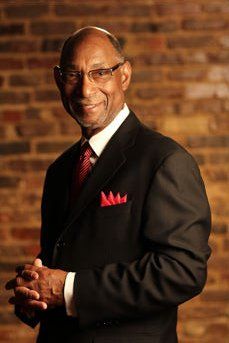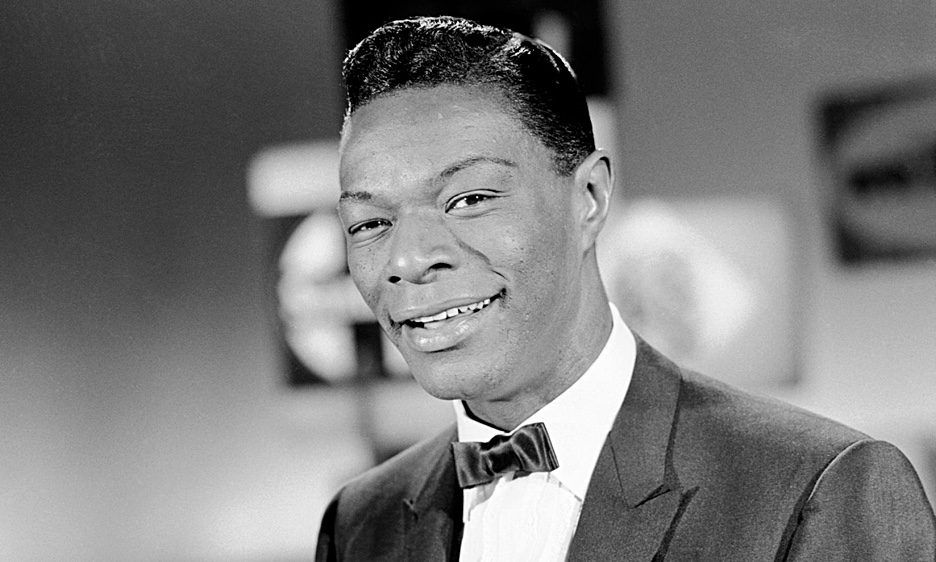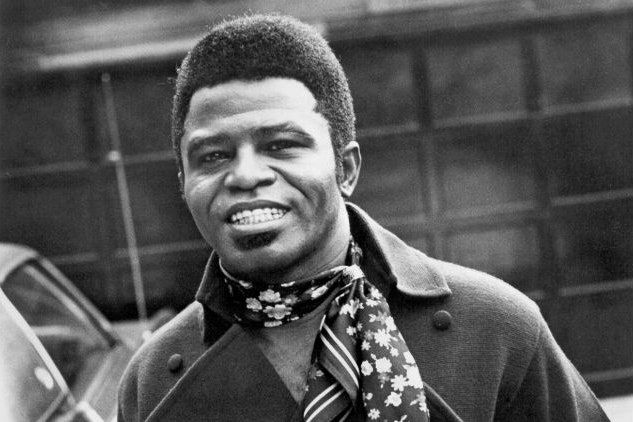North Nashville Jefferson Street
Jefferson Street is a street in Nashville, Tennessee, U.S., which developed as the historic center of the city's African-American community. Three historically black universities are located near here: Fisk University, Meharry Medical College and Tennessee State University. In the 1940s-1960s, it attracted many rock and roll as well as rhythm and blues artists. It was a center for the Nashville sit-ins in the 1960s, but the construction of Interstate 40across the street led to its economic decline. By the 1920s–1930s, the street became a popular neighborhood among the black middle class,[2] and many churches, such as Mount Zion Baptist Church, Pleasant Green Baptist Missionary Church and Jefferson Street Missionary Baptist Church, were built here.[4]
In the 1940s–1960s, the street's entertainment venues were a center for rock'n'roll as well as rhythm and blues.[5][6] Artists including Jimi Hendrix, Etta James, Ray Charles, Little Richard, Otis Redding and Billy Cox played in clubs such as the Del Morocco, the New Era Club, Maceo's, Club Baron or Club Stealaway.[7][8]
During the Civil Rights era, the street became a center for organizing the Nashville sit-ins] While the protests took place elsewhere (including in Downtown Nashville), activists planned their protests on Jefferson Street, and they were supported by "Jefferson Street business owners and residents."[9]
In the late 1960s, Interstate 40 was built across Jefferson Street, which broke up the black community and resulted in its economic decline.[2][10] In the 1950s, the interstate had been projected to be built near the campus of Vanderbilt University, then a whites-only university, but city officials changed their minds in the 1960s.[10] As a result, many African-American residents were displaced and moved to the Bordeaux area in North Nashville.[2]
By the 2000s, residents attempted to "revitalize" the Jefferson Street community.[11] In 2017, it was decided that the music history of Jefferson Street would be chronicled in the National Museum of African American Music due to open in 2019.[10] The museum will be located on 5th and Broadway, near the Country Music Hall of Fame and Museum, far from Jefferson Street.[10]
In March 2017, the Muslim American Cultural Center, a new mosque, opened on the street.[12]
In May 2019, media coverage suggested African-American property owners were being pressured into selling their buildings to developers, who reported them for coding violations if they refused to sell.[13][14]
Some of the Artist Who Have Performed On
Jefferson Street and Playing on the Radio Station
Video Series
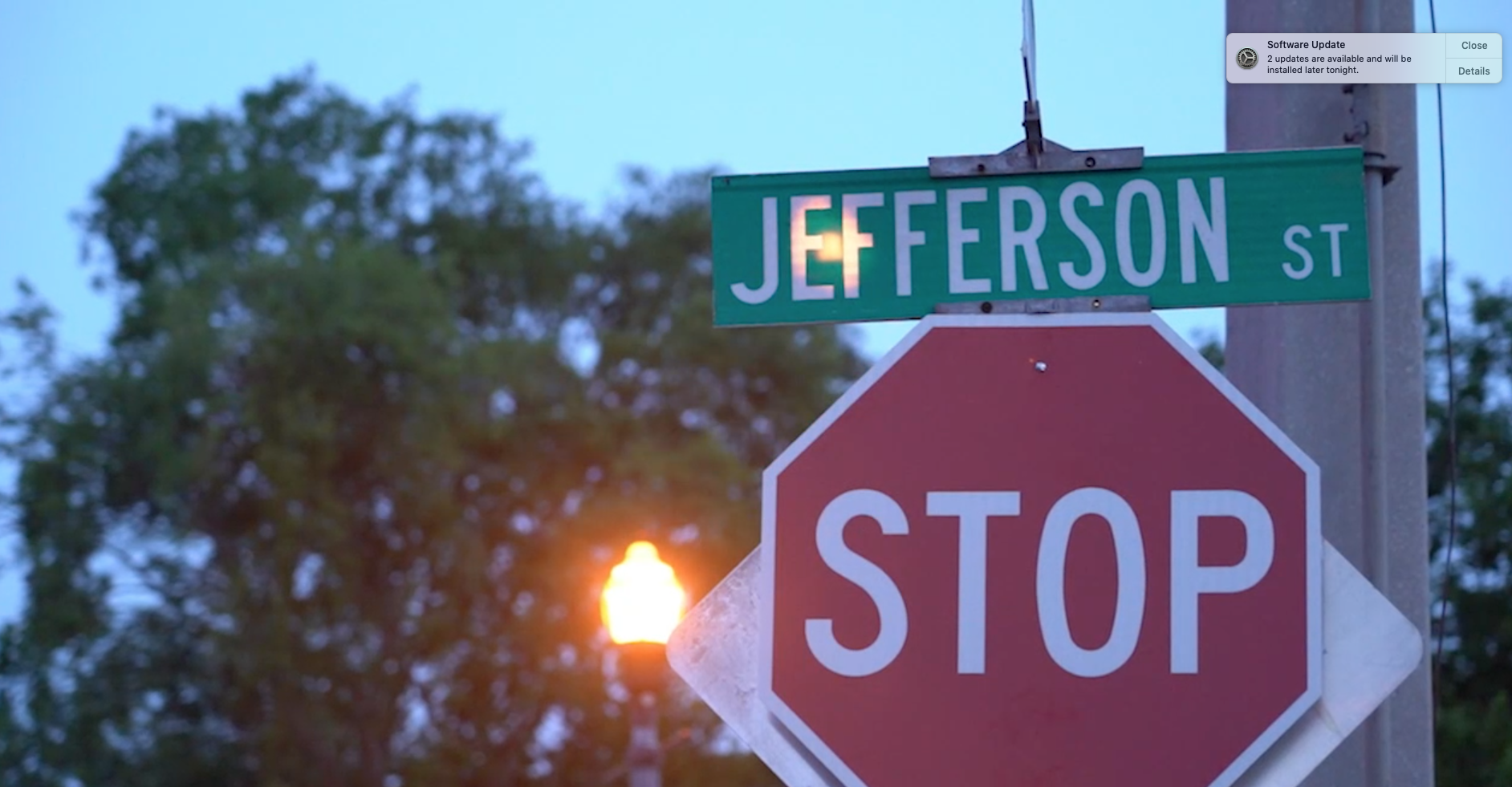
Slide title
Write your caption hereButton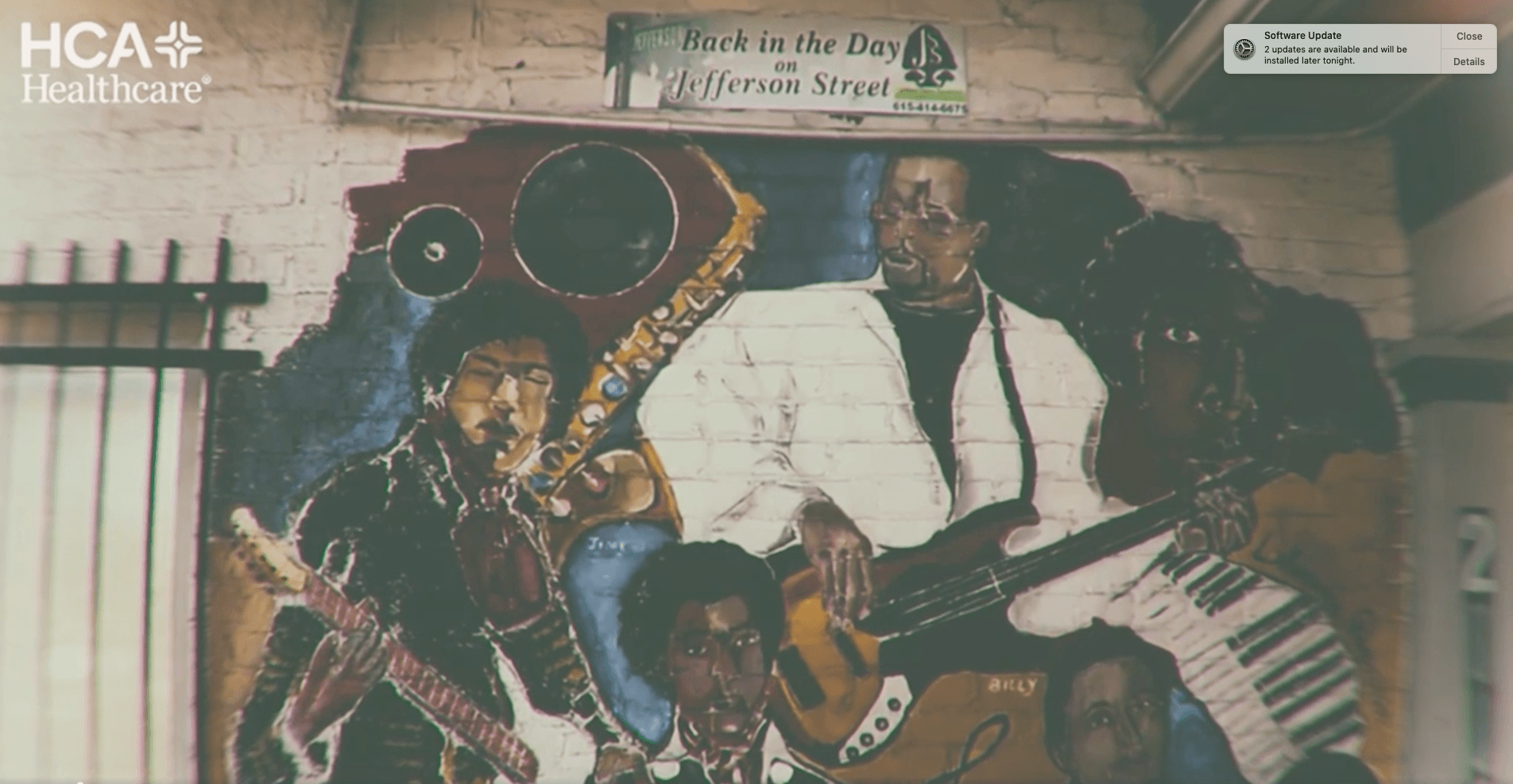
Slide title
Write your caption hereButton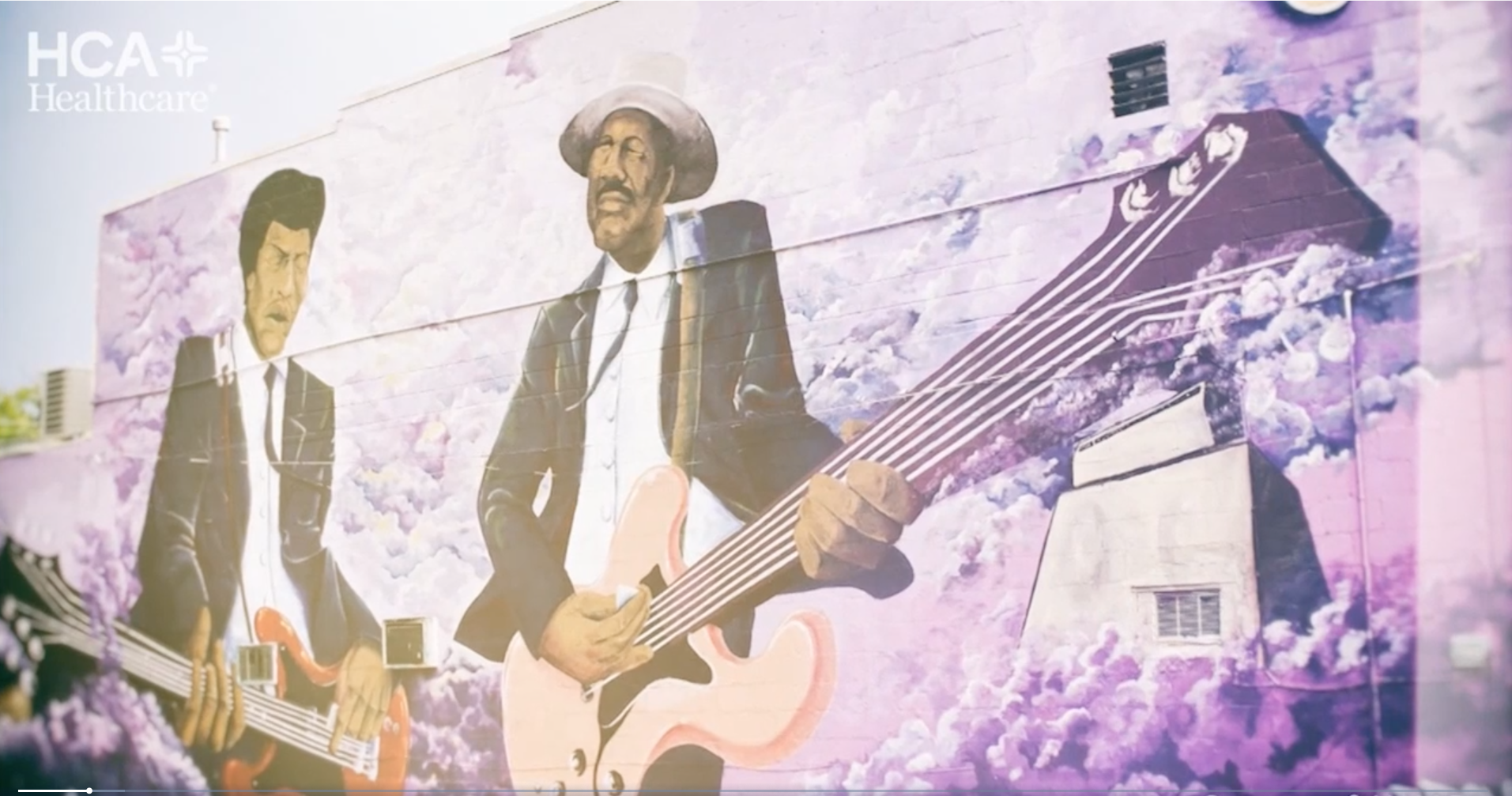
Slide title
Write your caption hereButton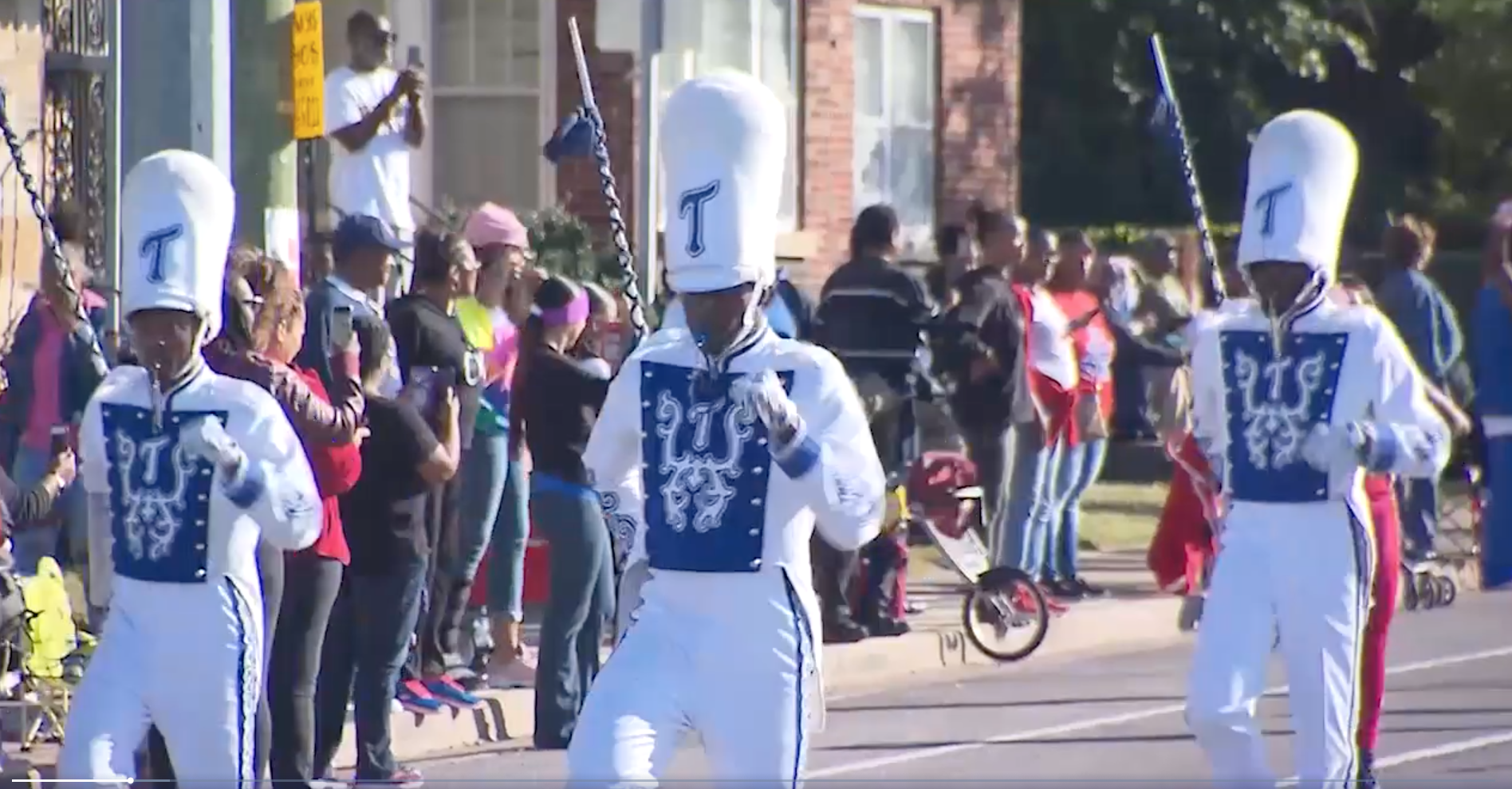
Slide title
Write your caption hereButton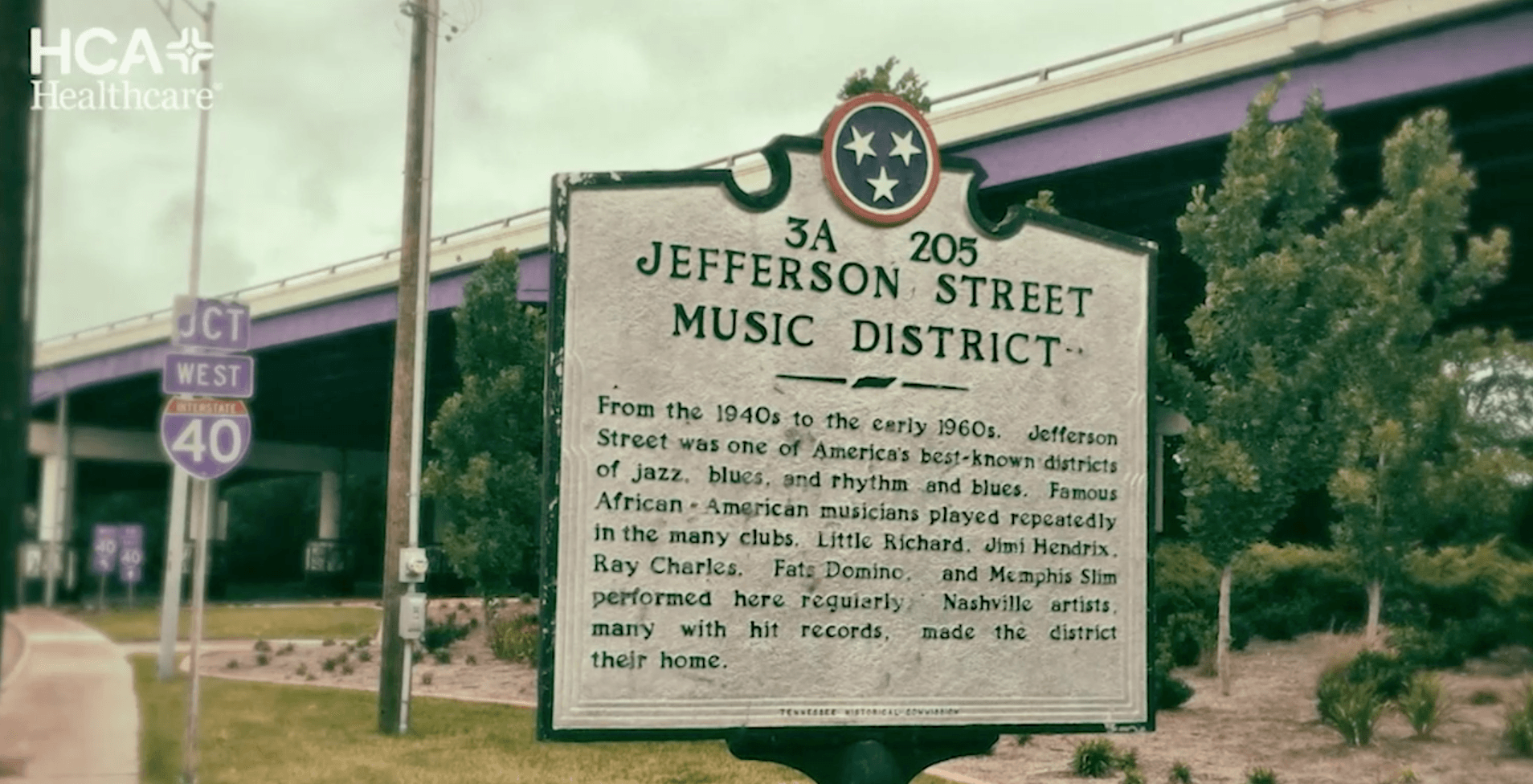
Slide title
Write your caption hereButton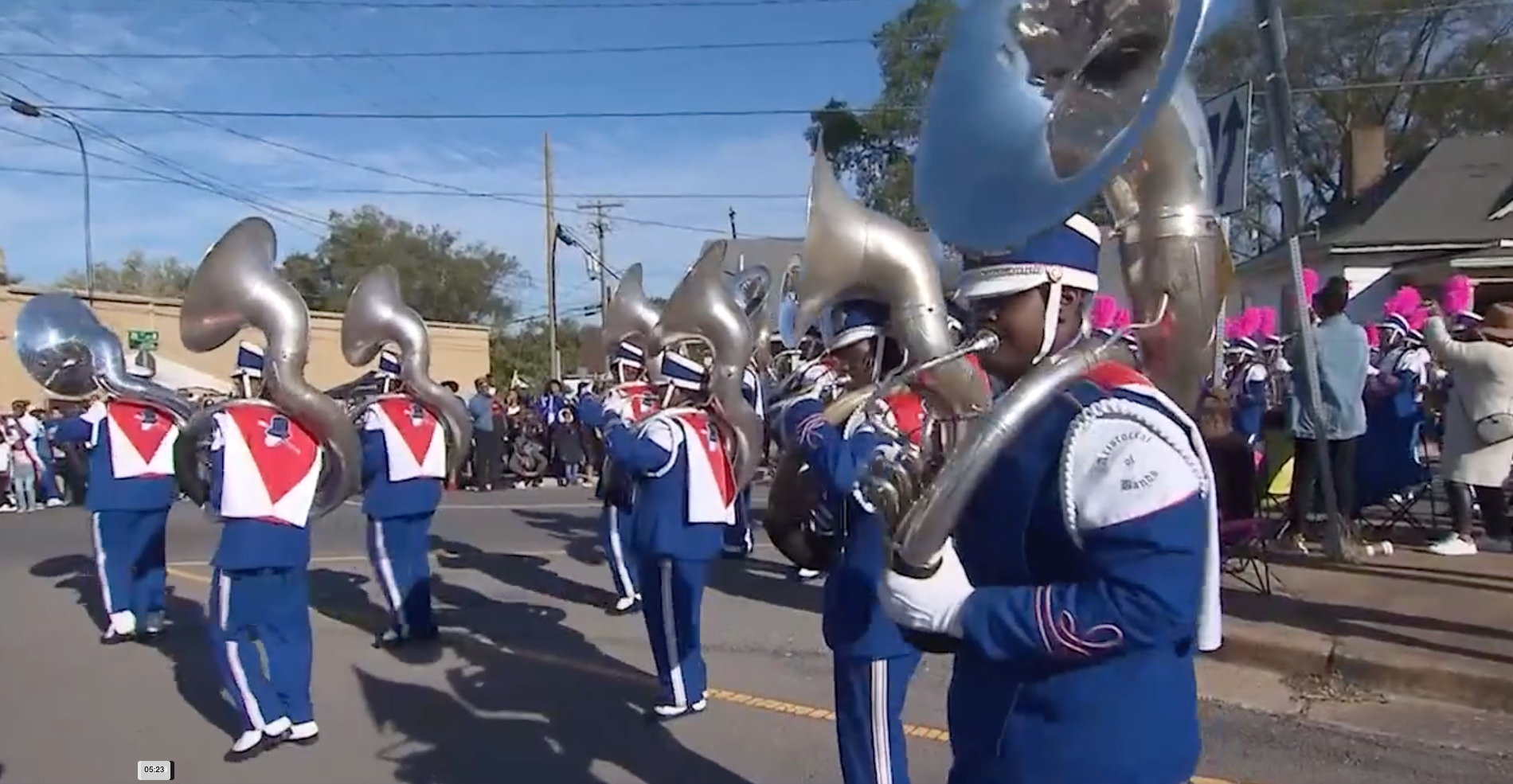
Slide title
Write your caption hereButton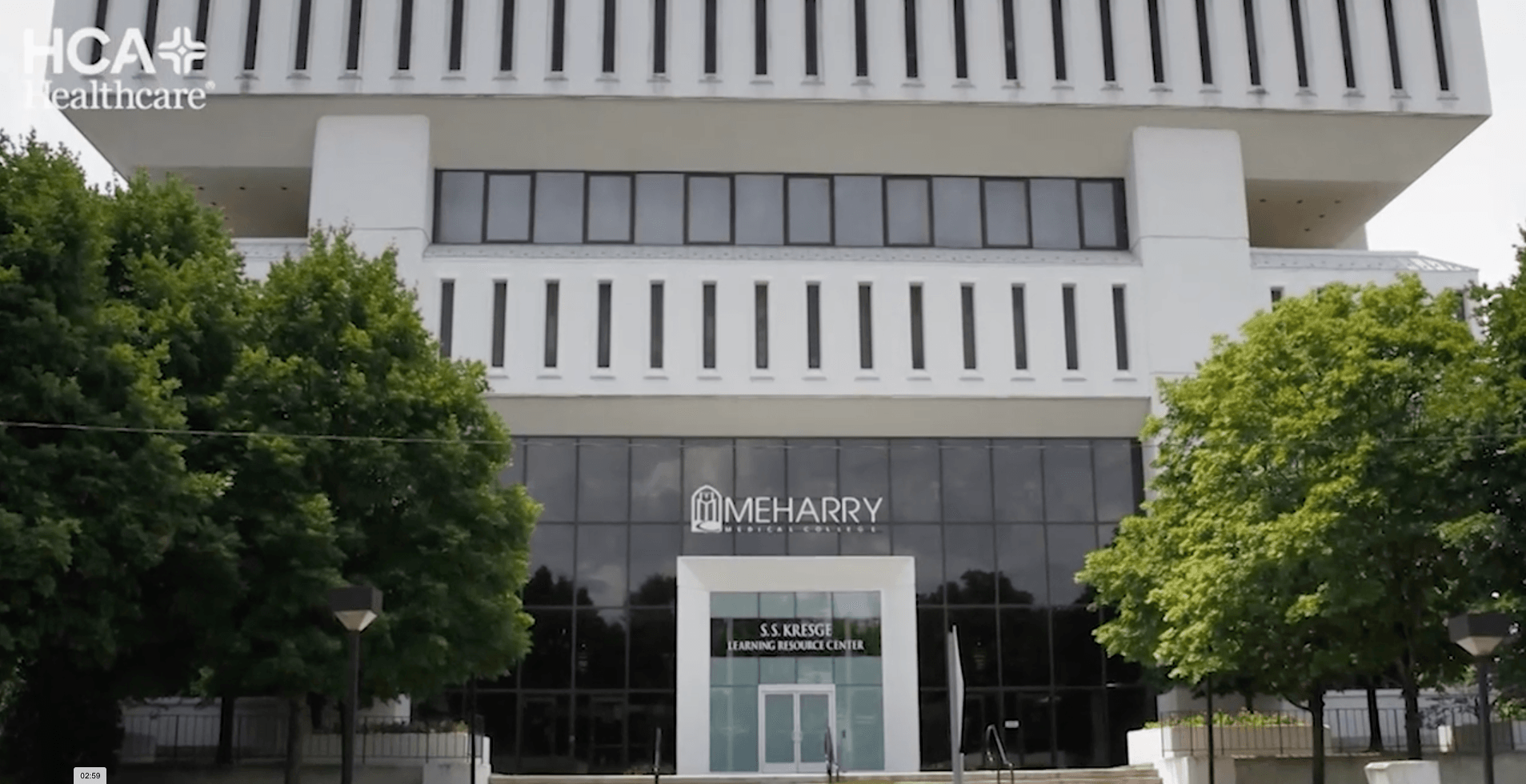
Slide title
Write your caption hereButton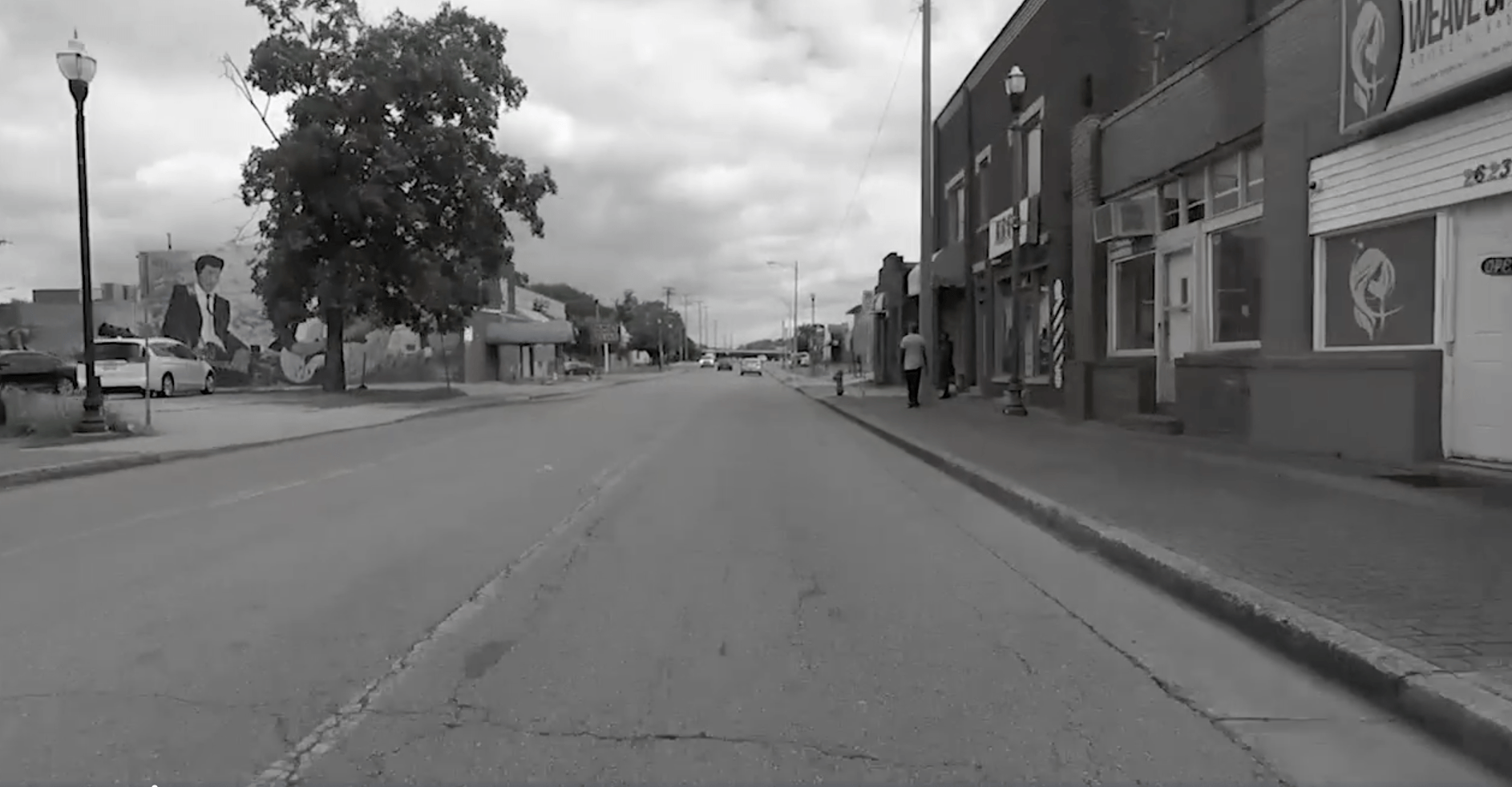
Slide title
Write your caption hereButton
Slide title
Write your caption hereButton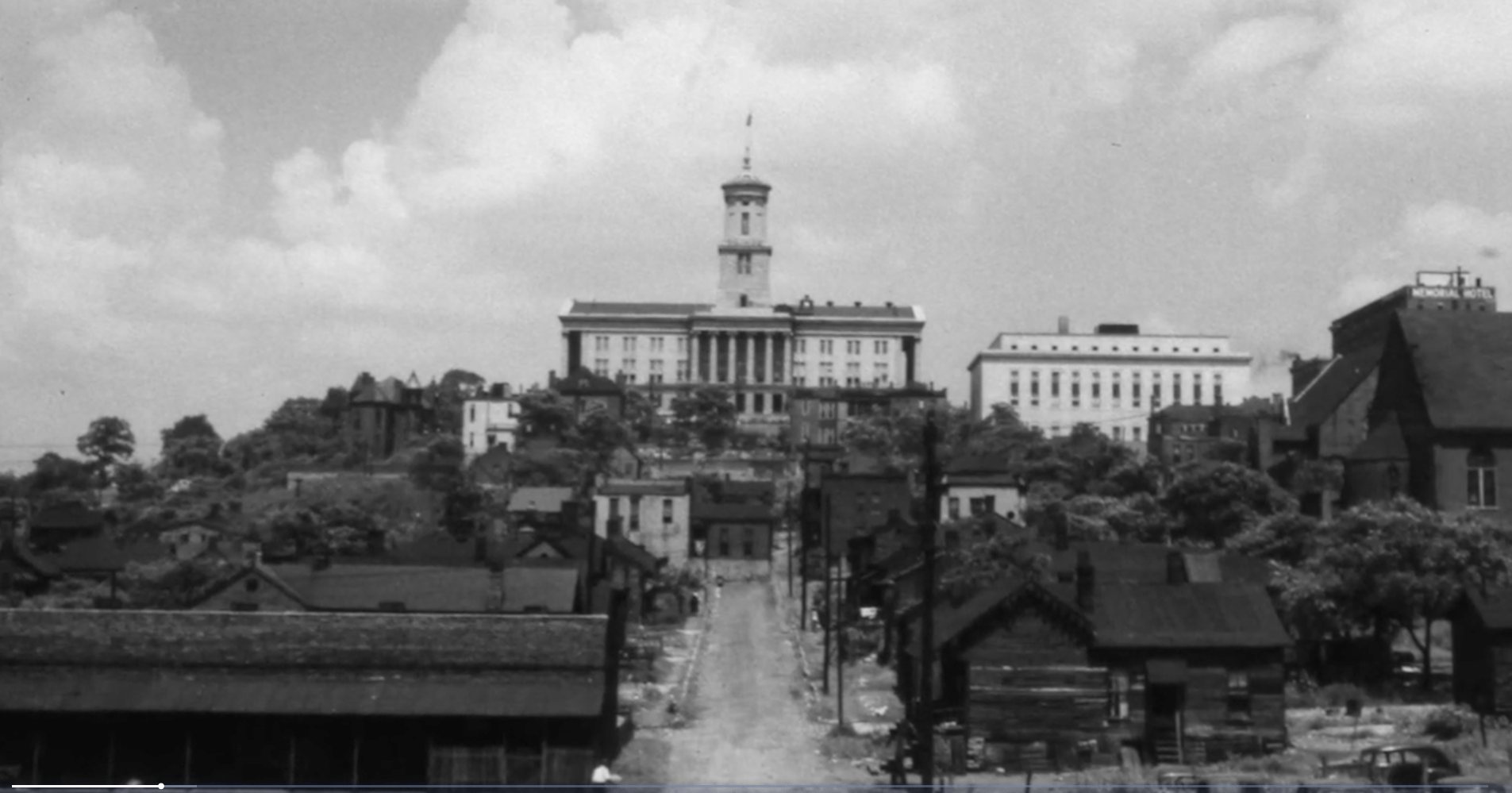
Slide title
Write your caption hereButton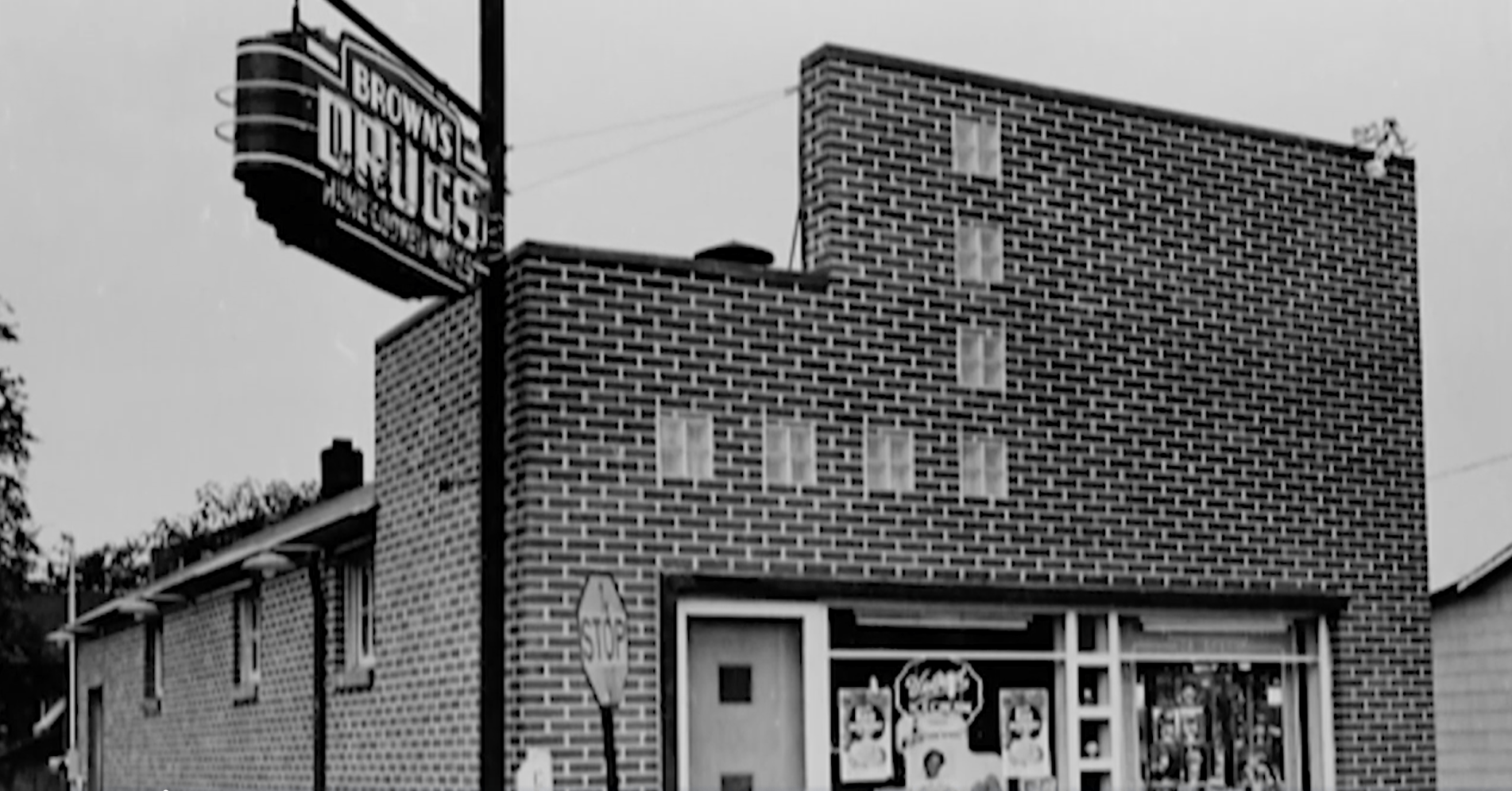
Slide title
Write your caption hereButton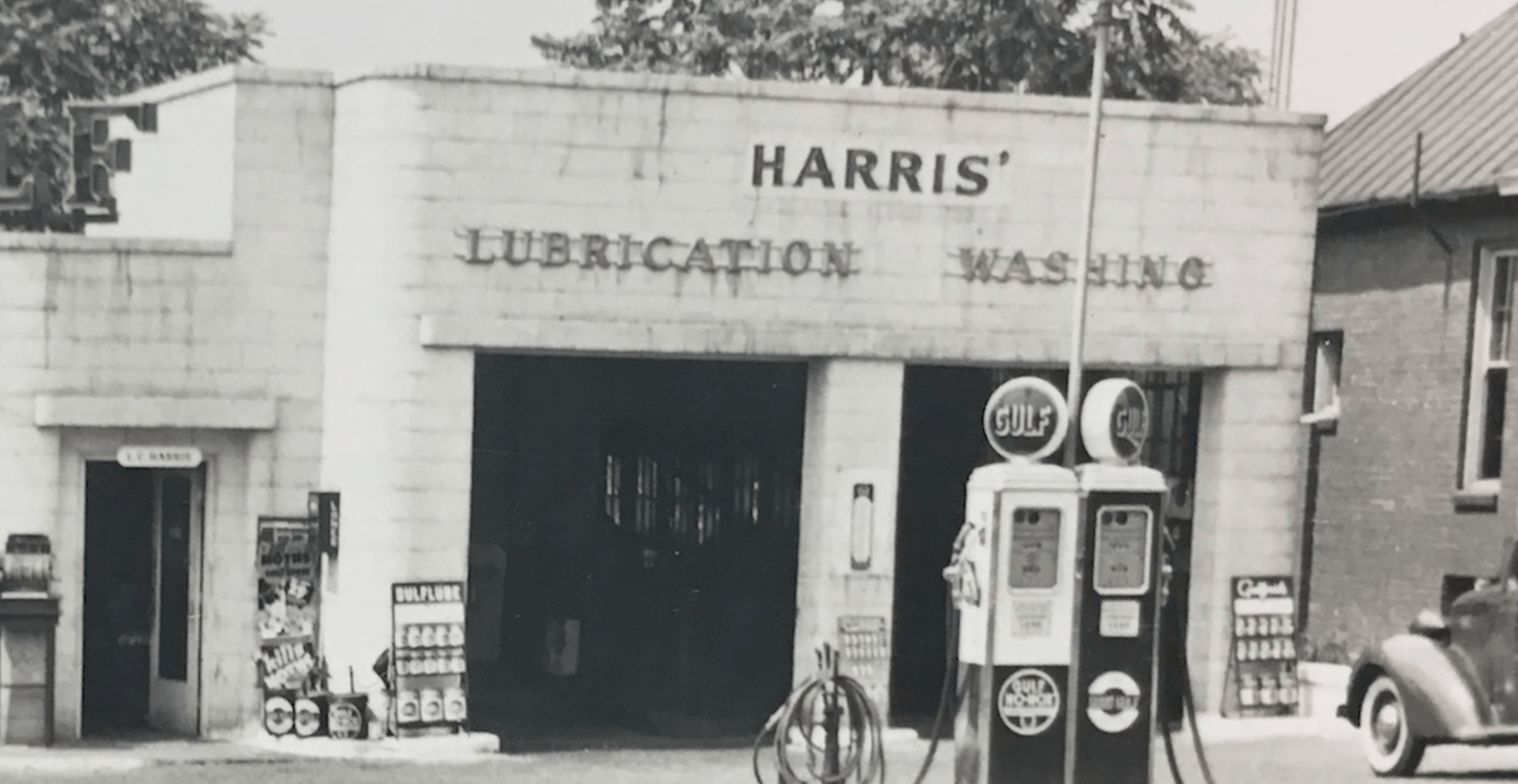
Slide title
Write your caption hereButton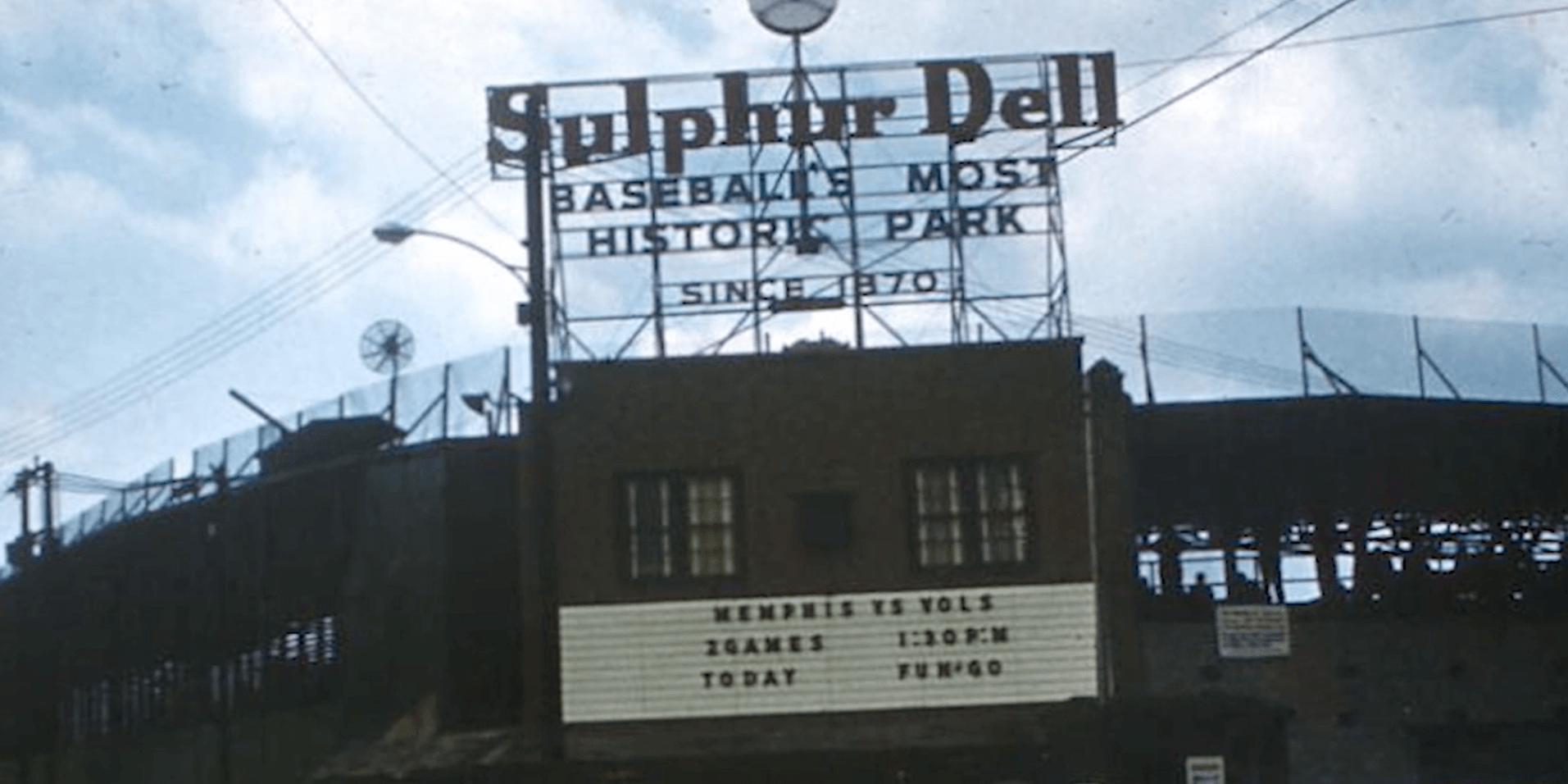
Slide title
Write your caption hereButton
Slide title
Write your caption hereButton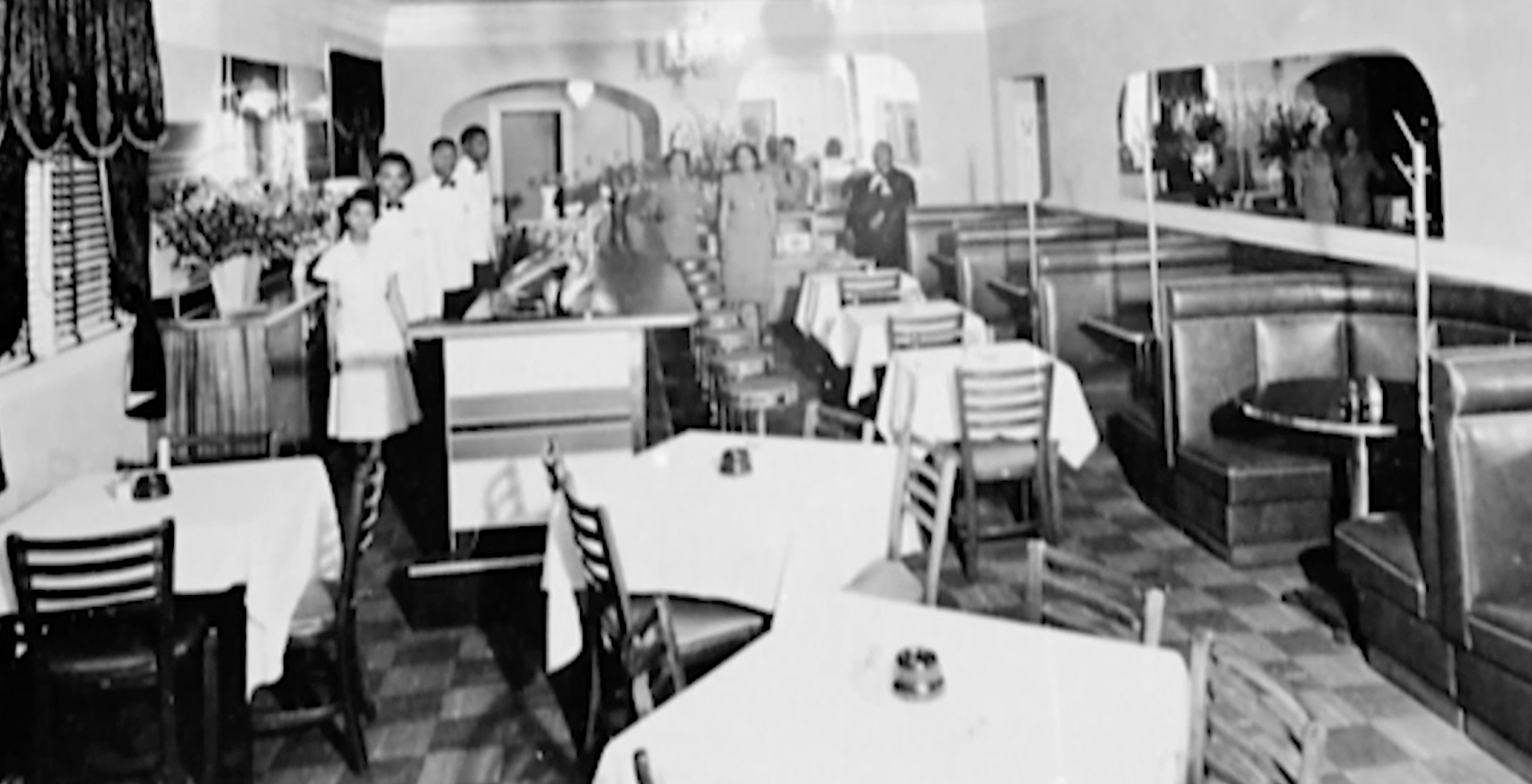
Slide title
Write your caption hereButton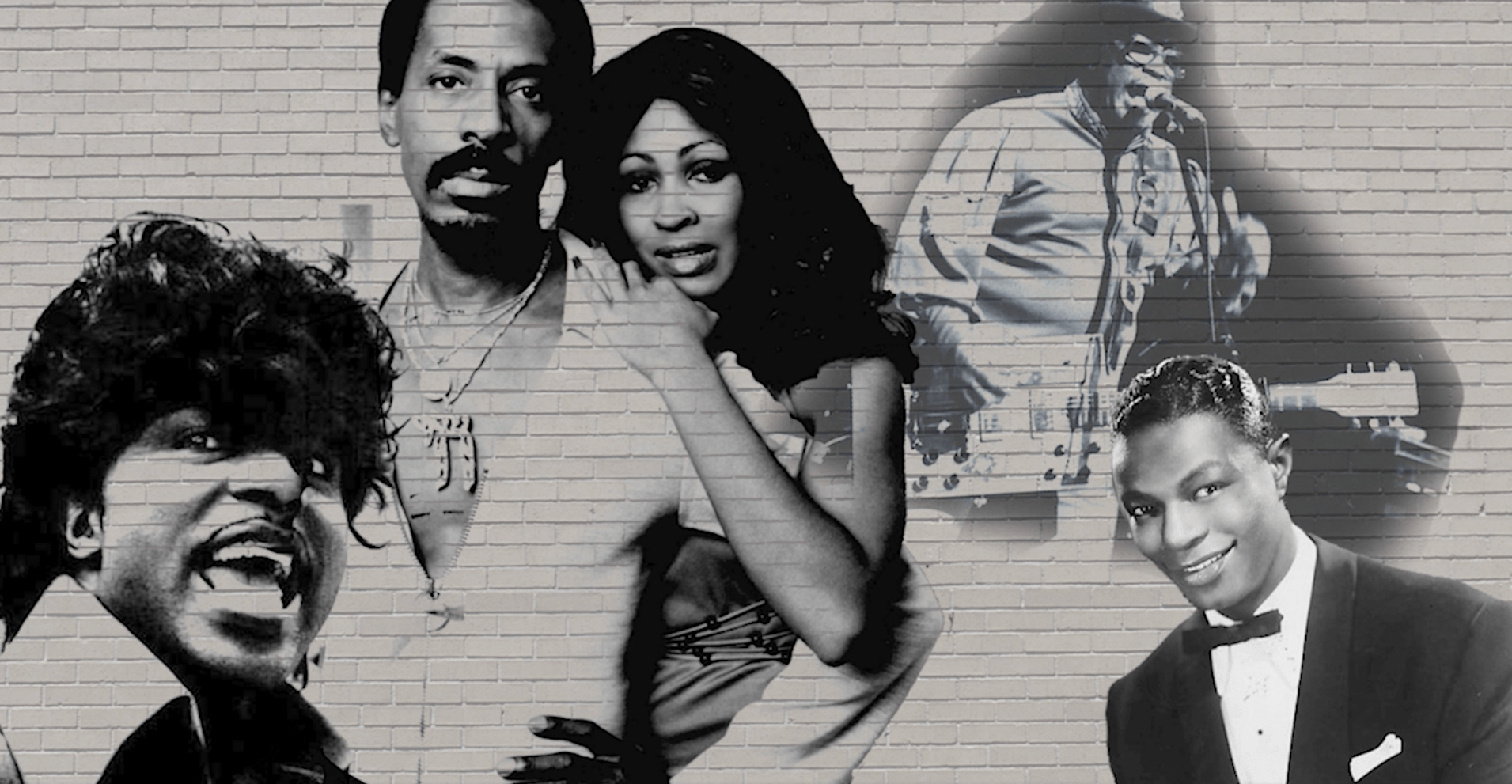
Slide title
Write your caption hereButton
Slide title
Write your caption hereButton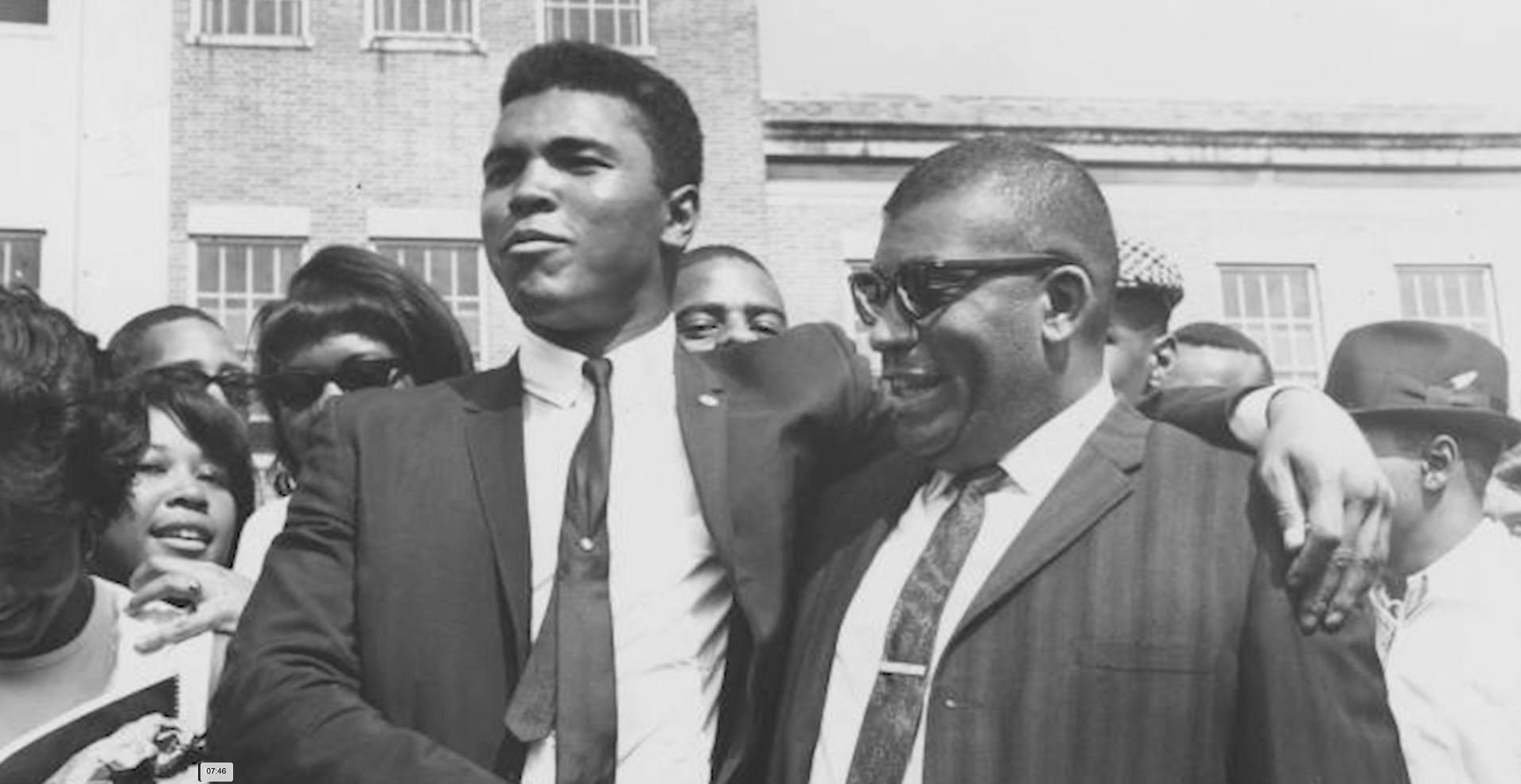
Slide title
Write your caption hereButton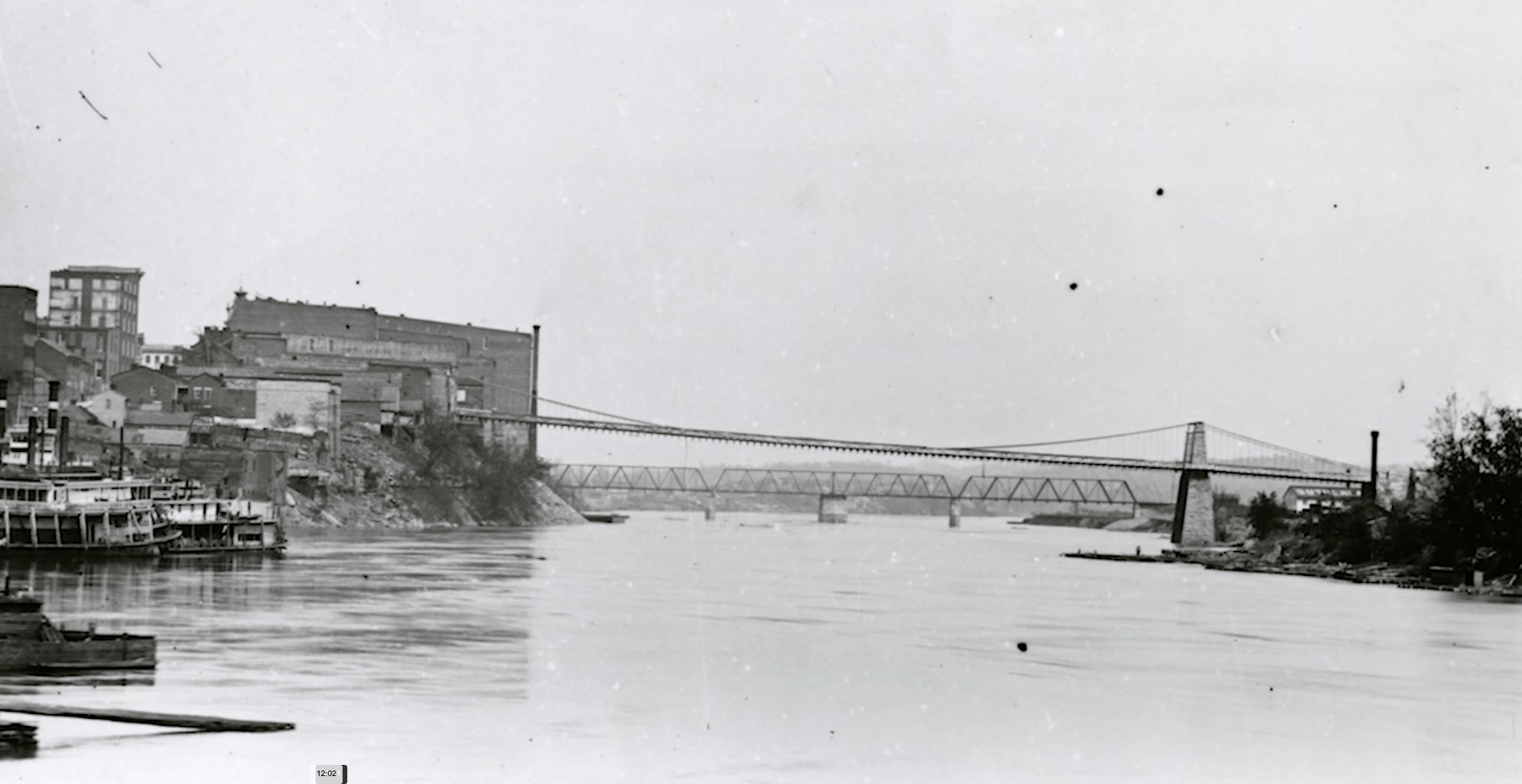
Slide title
Write your caption hereButton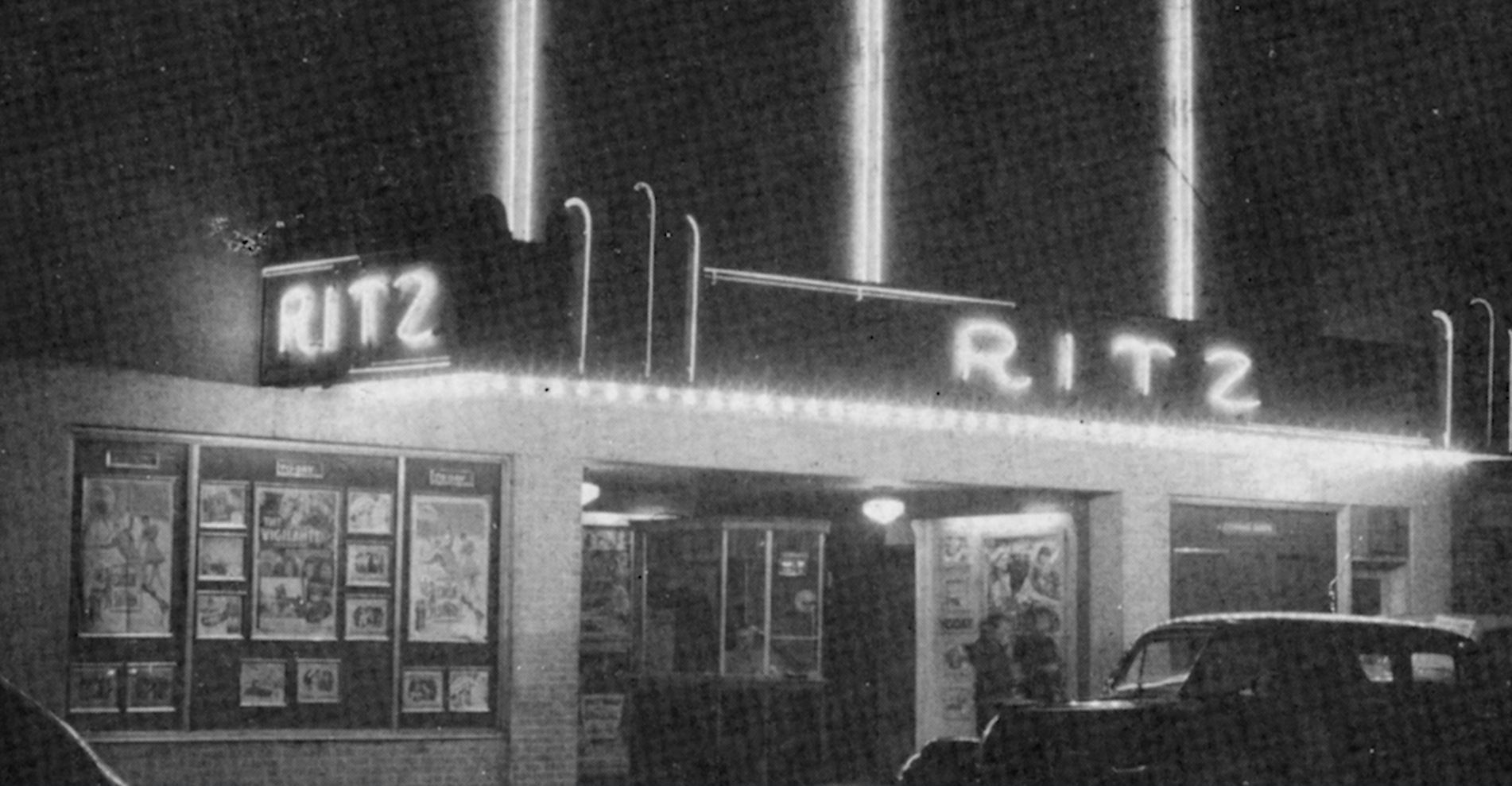
Slide title
Write your caption hereButton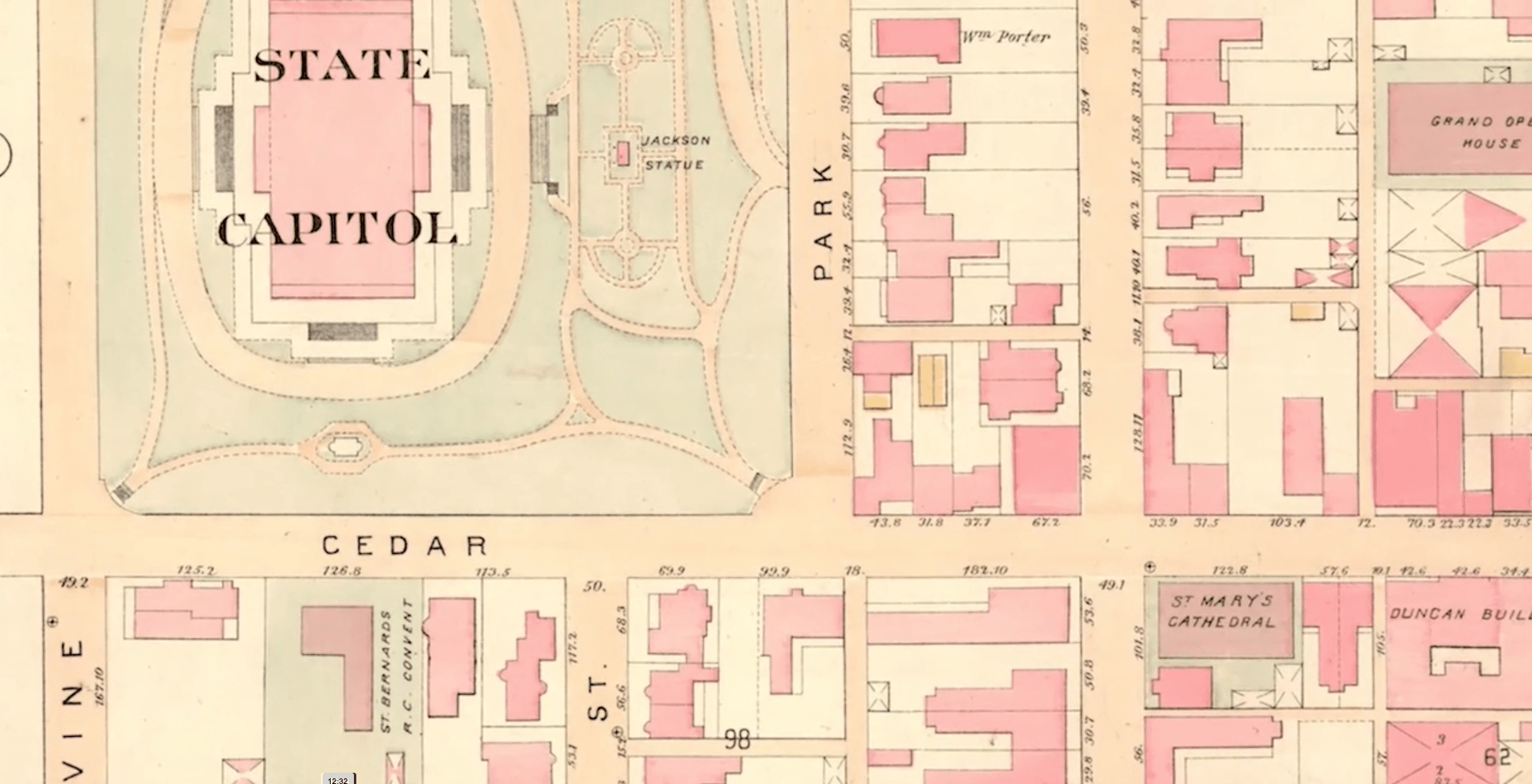
Slide title
Write your caption hereButton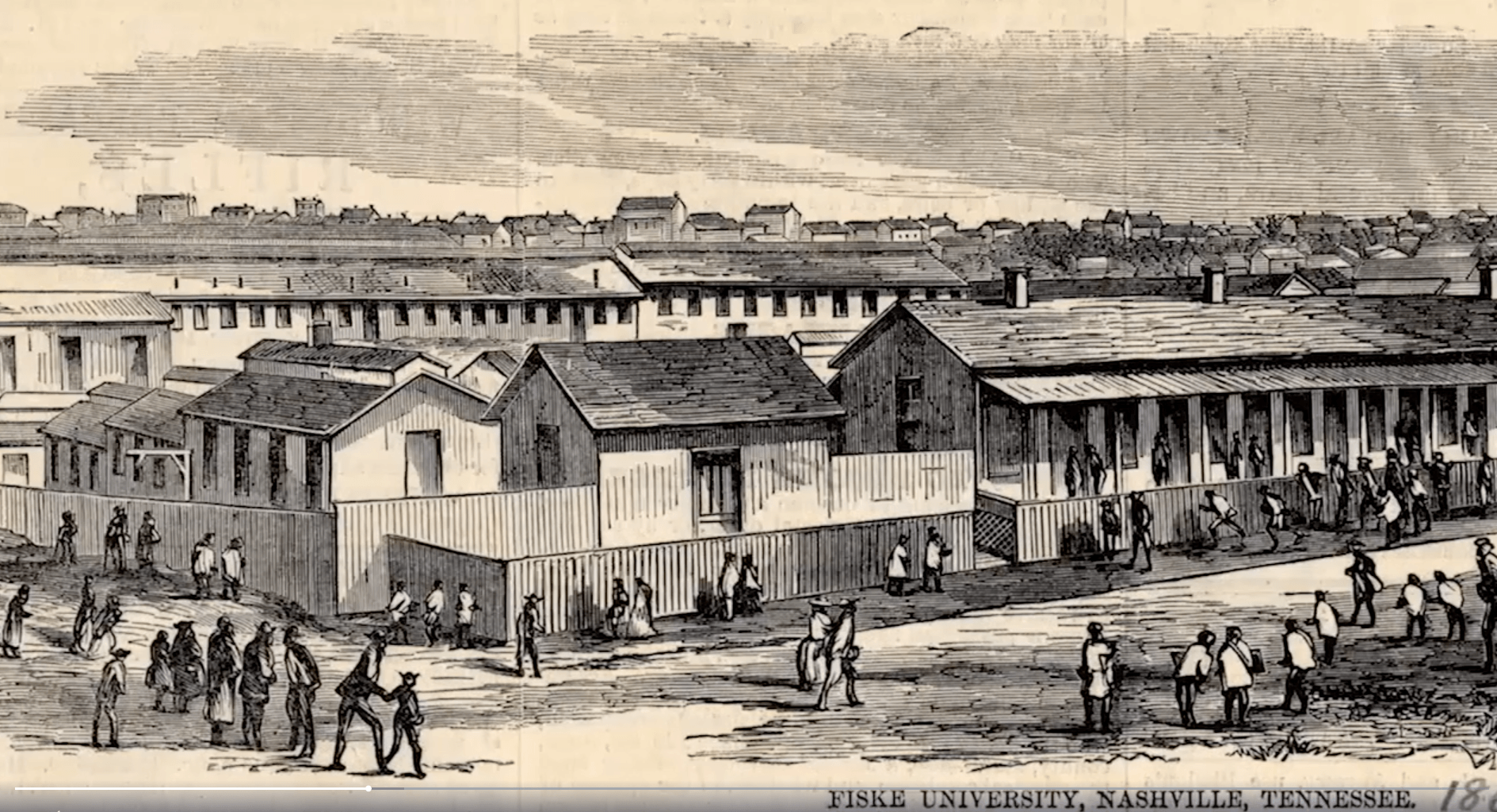
Slide title
Write your caption hereButton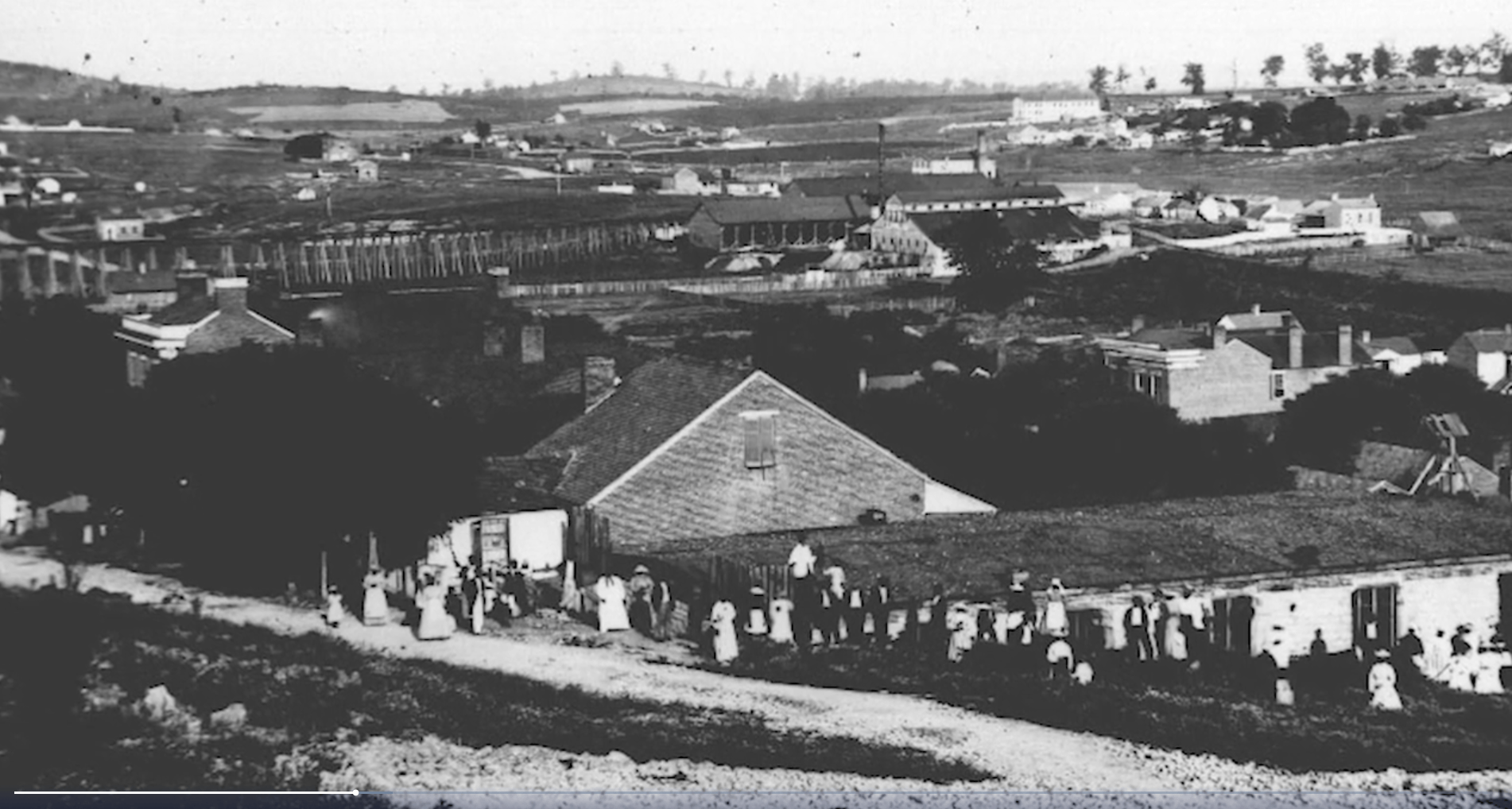
Slide title
Write your caption hereButton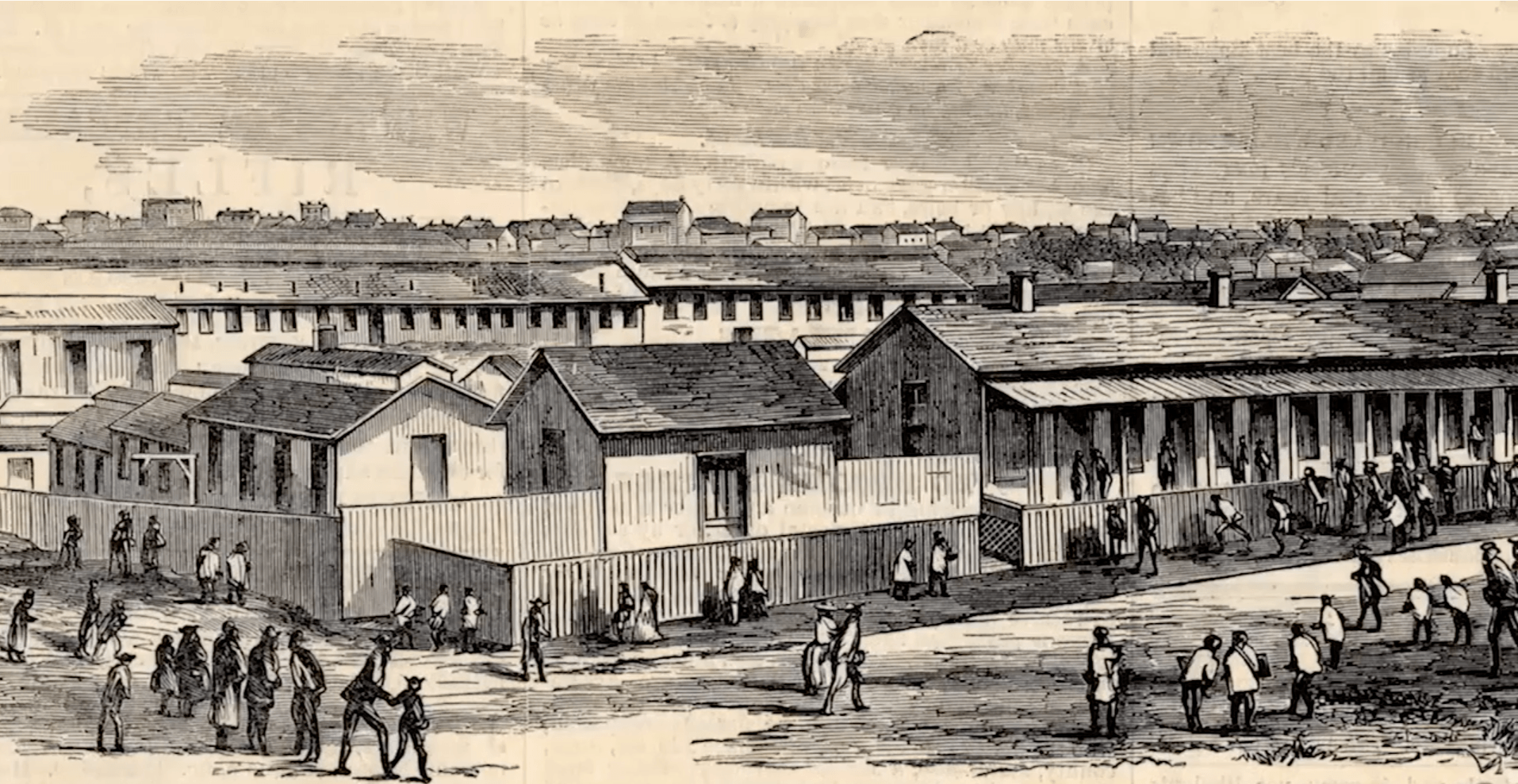
Slide title
Write your caption hereButton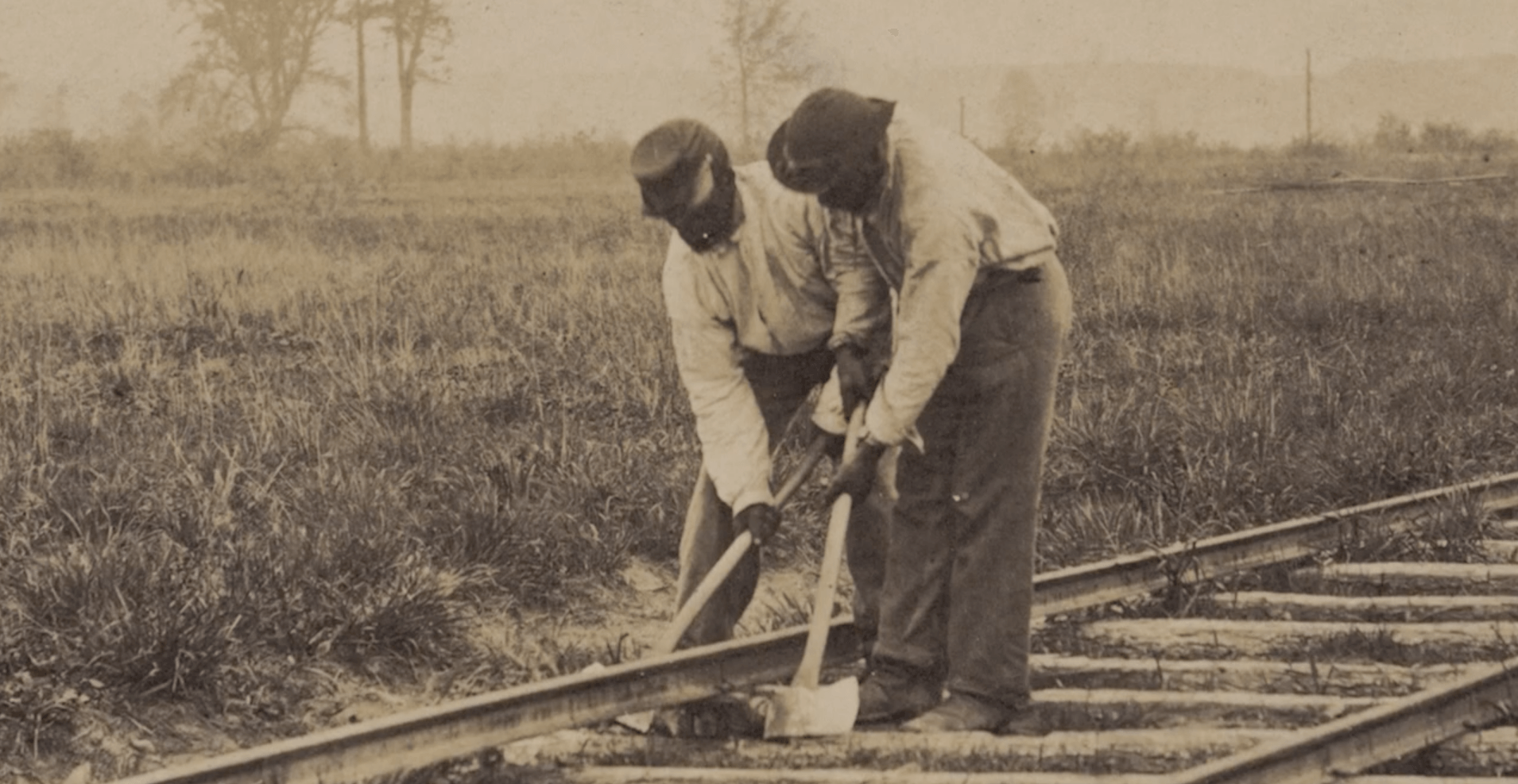
Slide title
Write your caption hereButton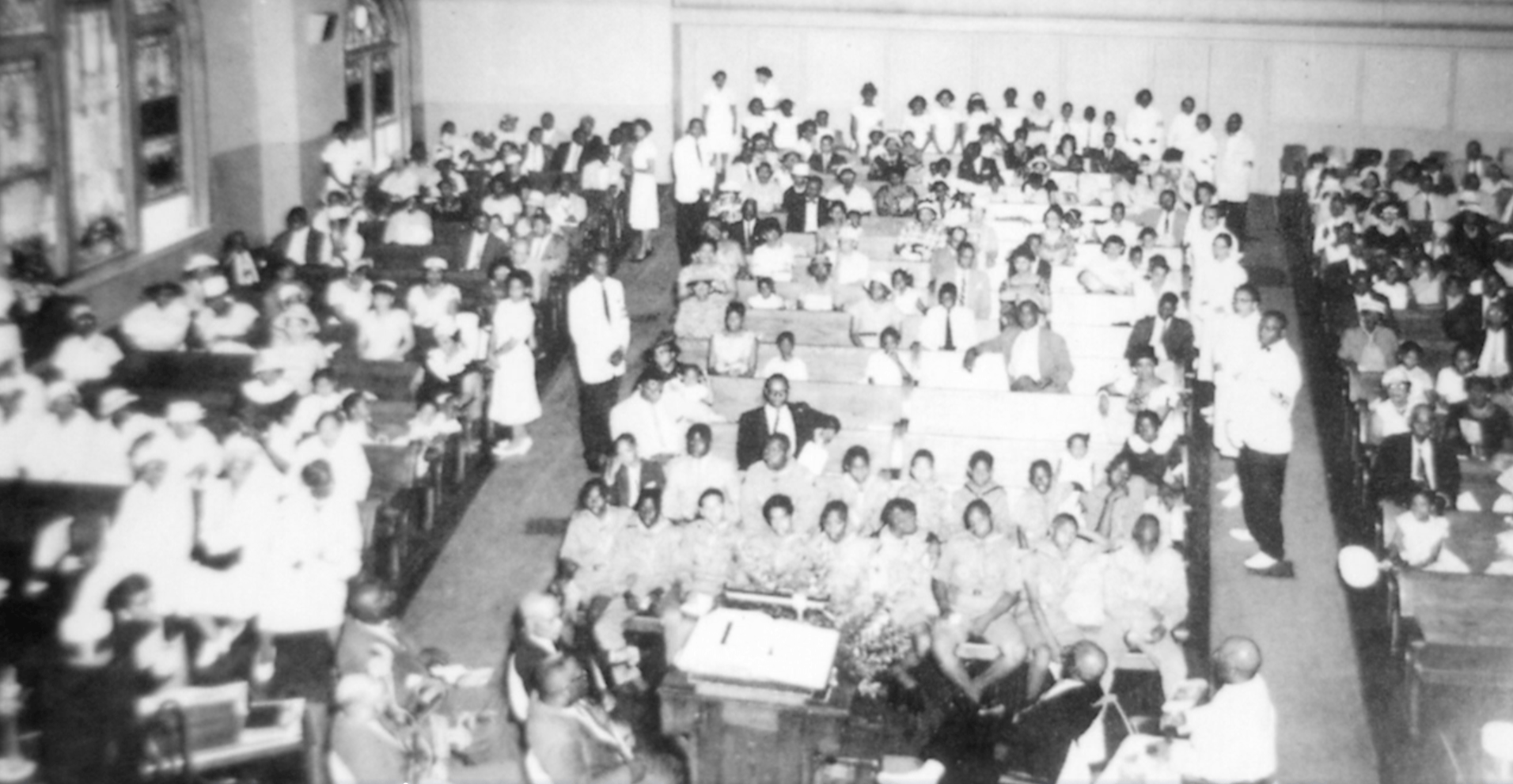
Slide title
Write your caption hereButton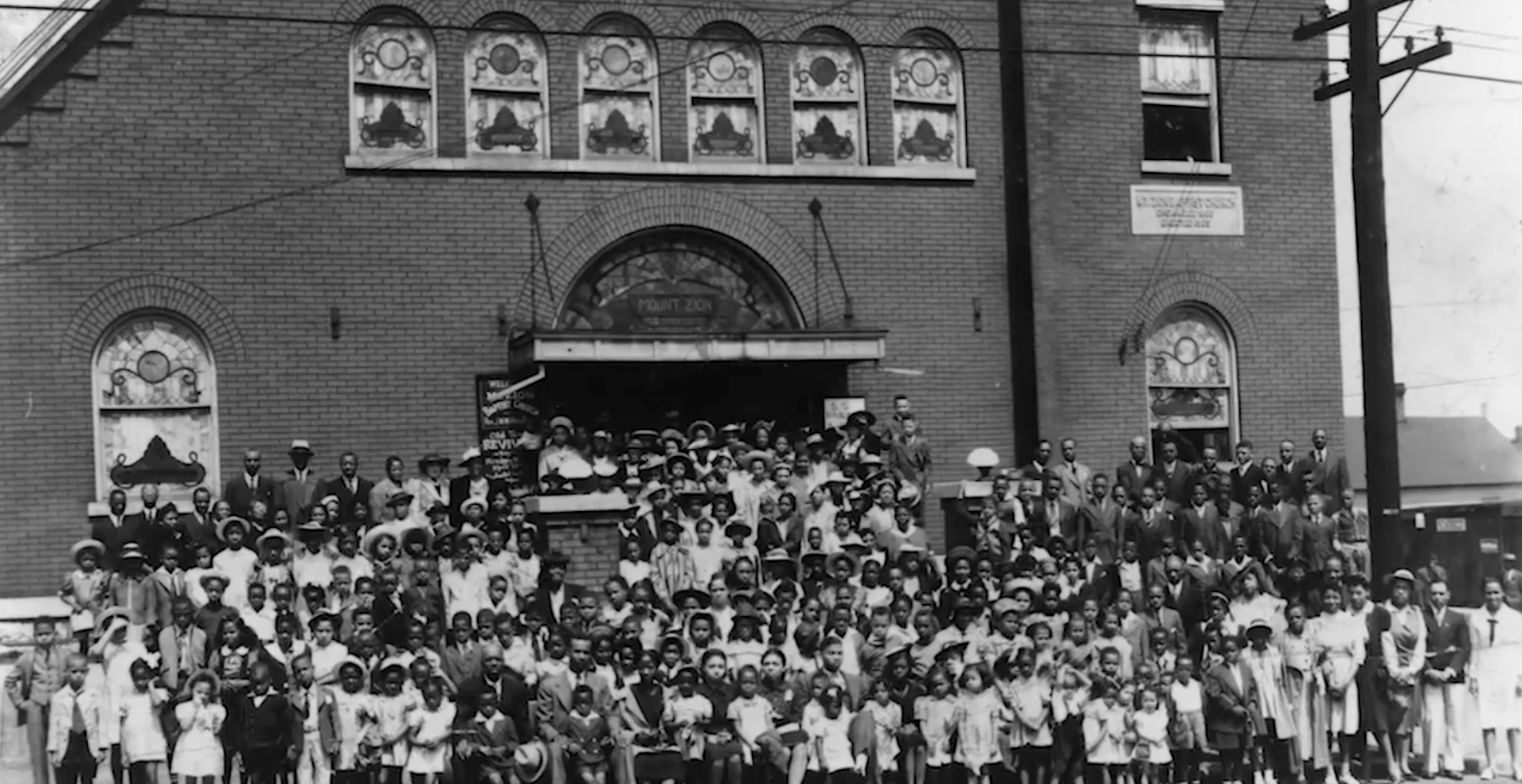
Slide title
Write your caption hereButton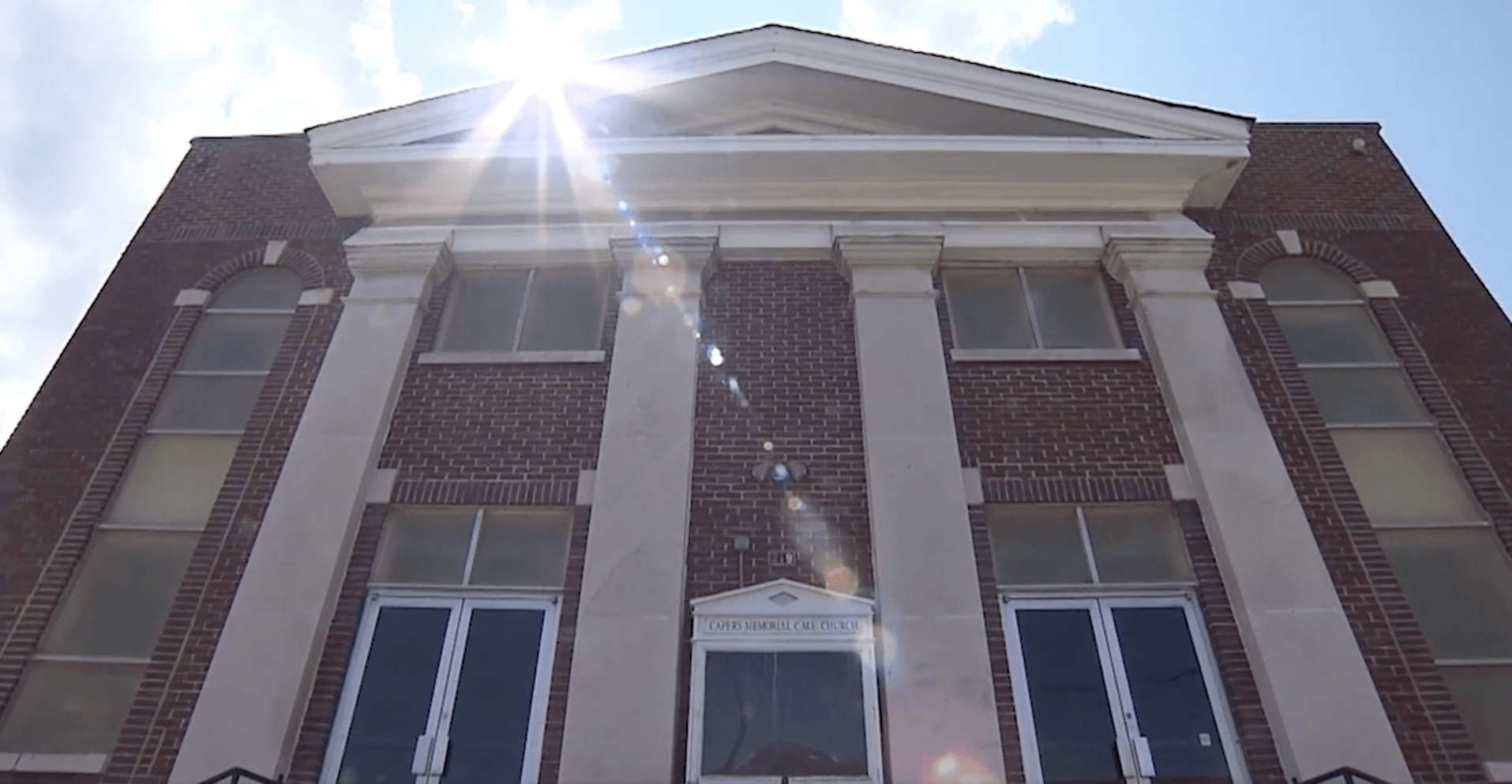
Slide title
Write your caption hereButton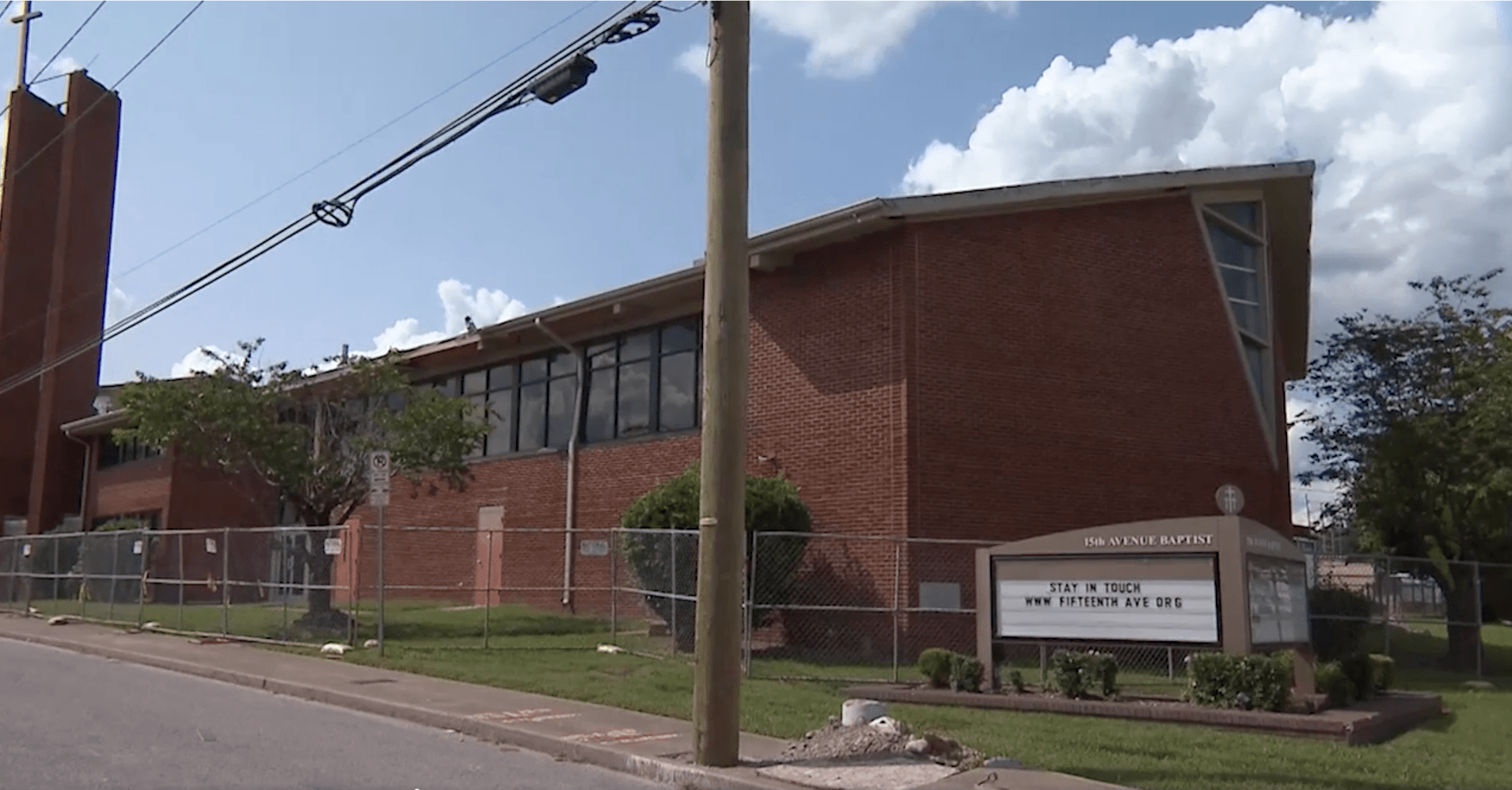
Slide title
Write your caption hereButton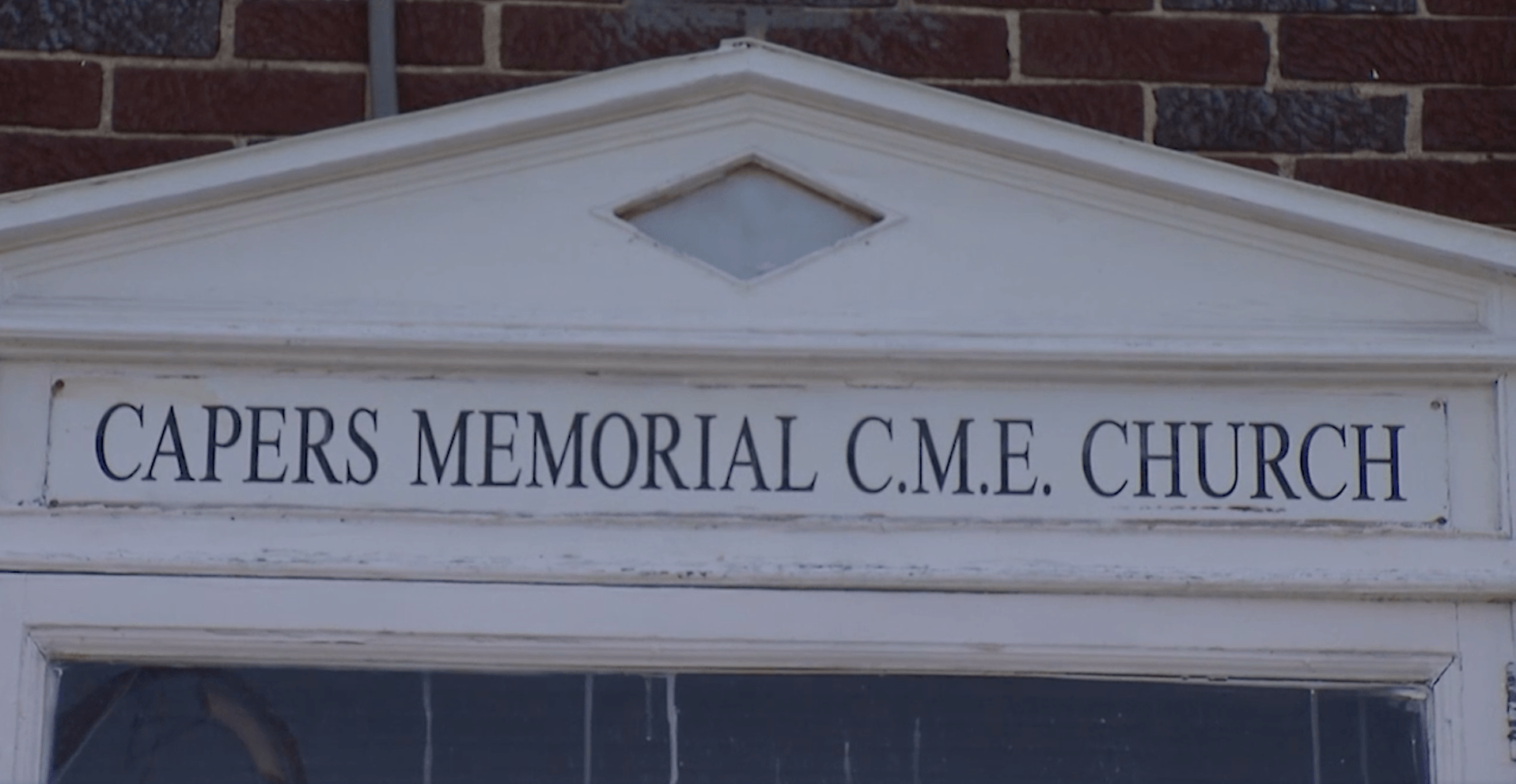
Slide title
Write your caption hereButton
Slide title
Write your caption hereButton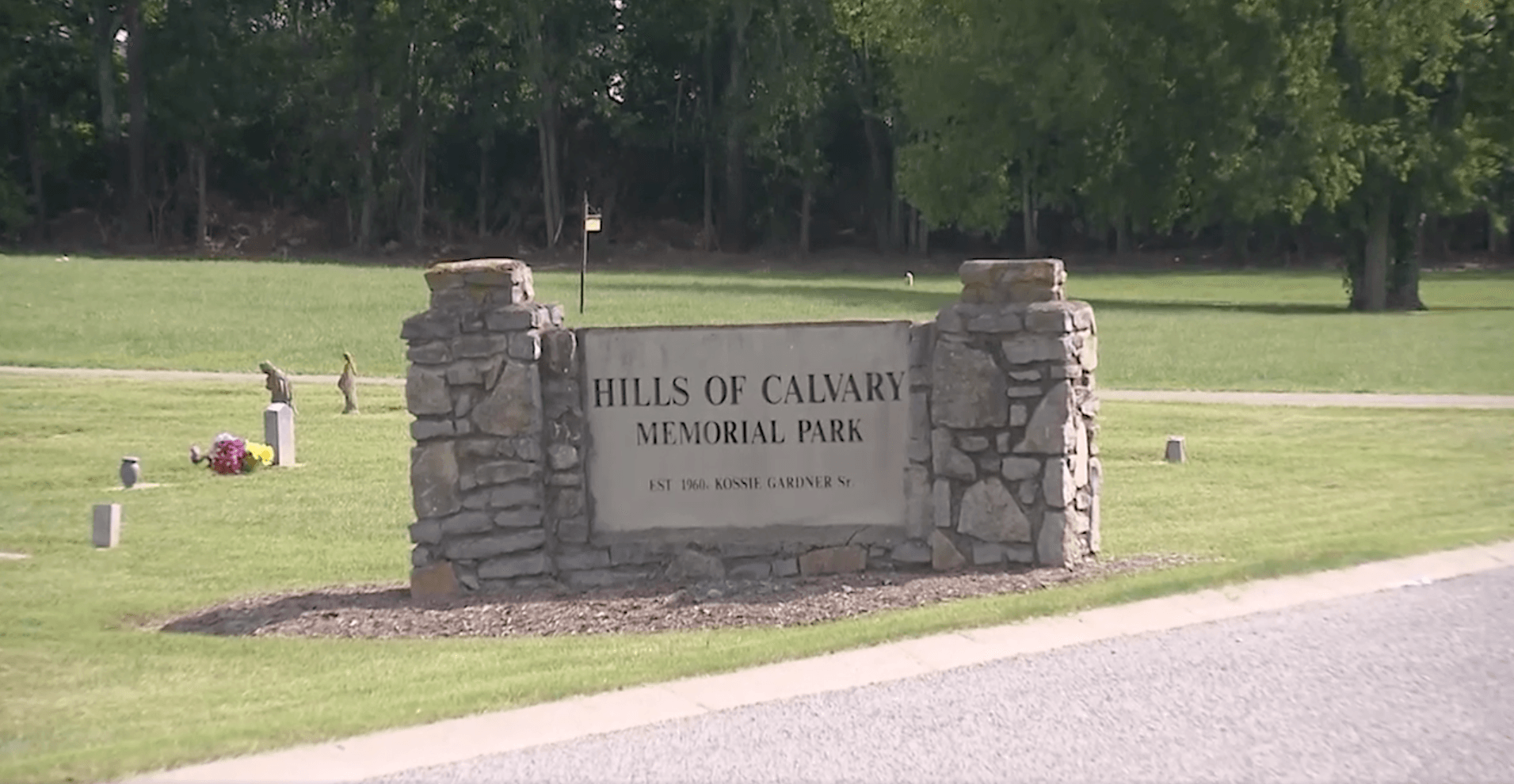
Slide title
Write your caption hereButton
Slide title
Write your caption hereButton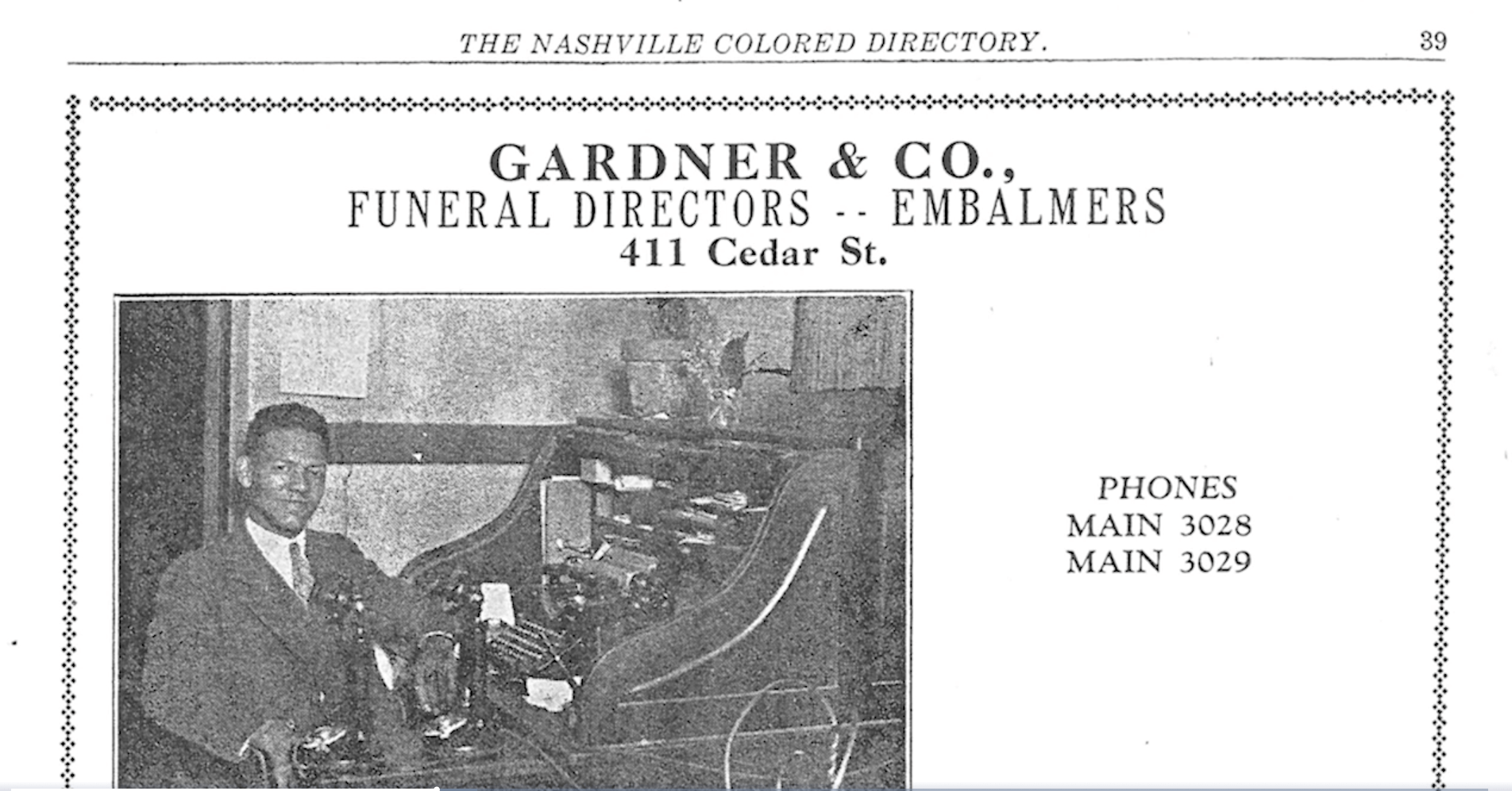
Slide title
Write your caption hereButton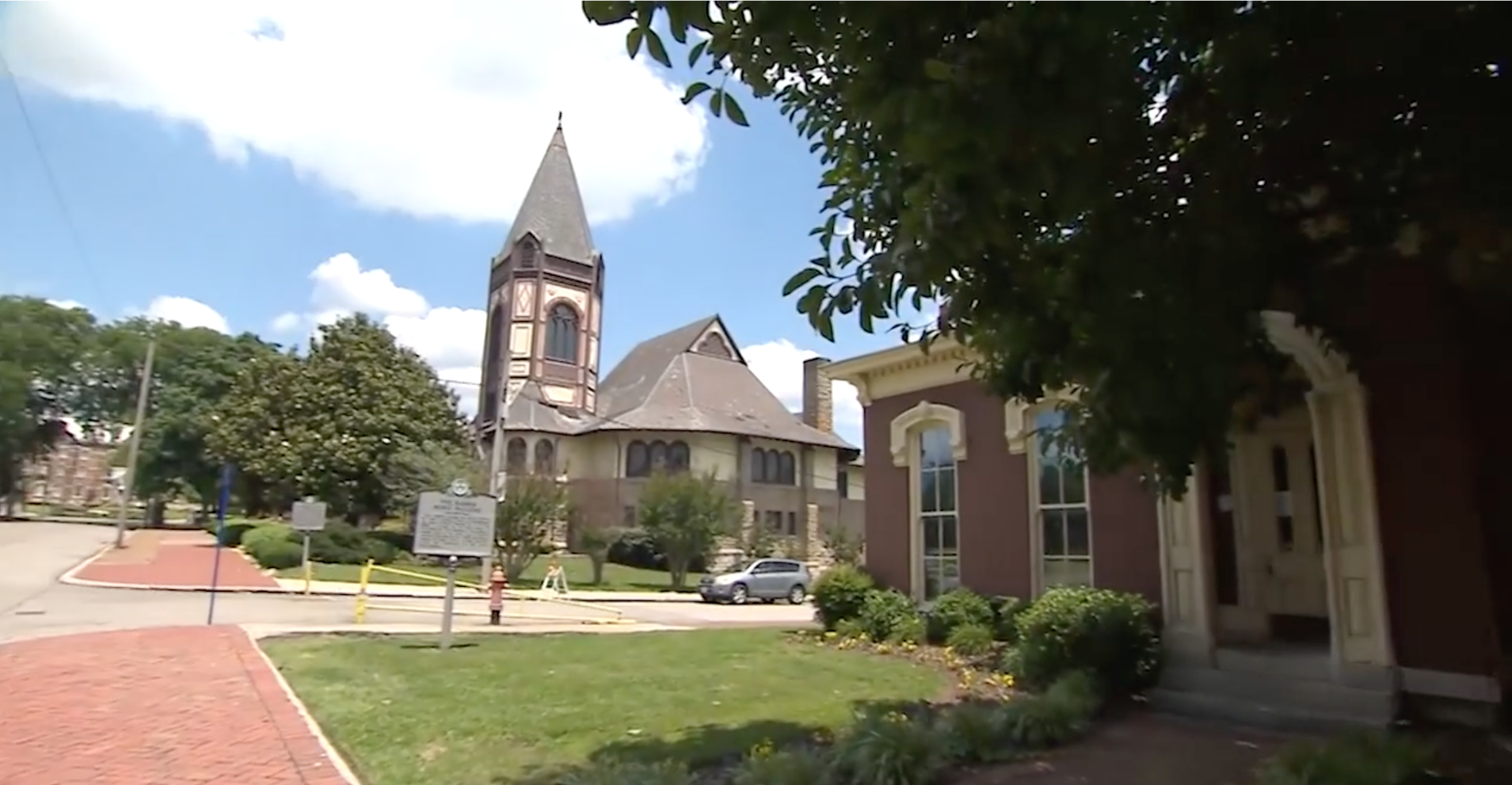
Slide title
Write your caption hereButton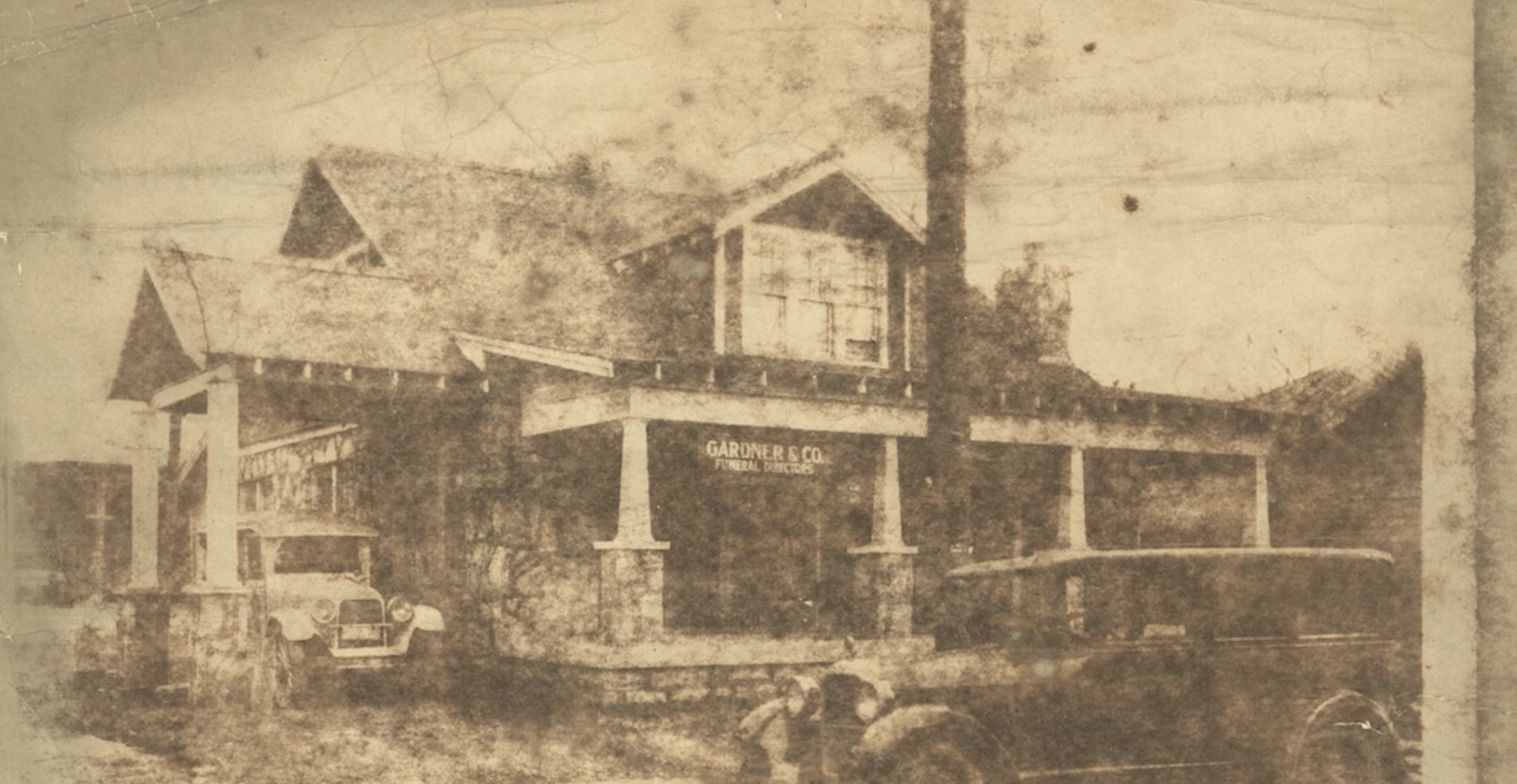
Slide title
Write your caption hereButton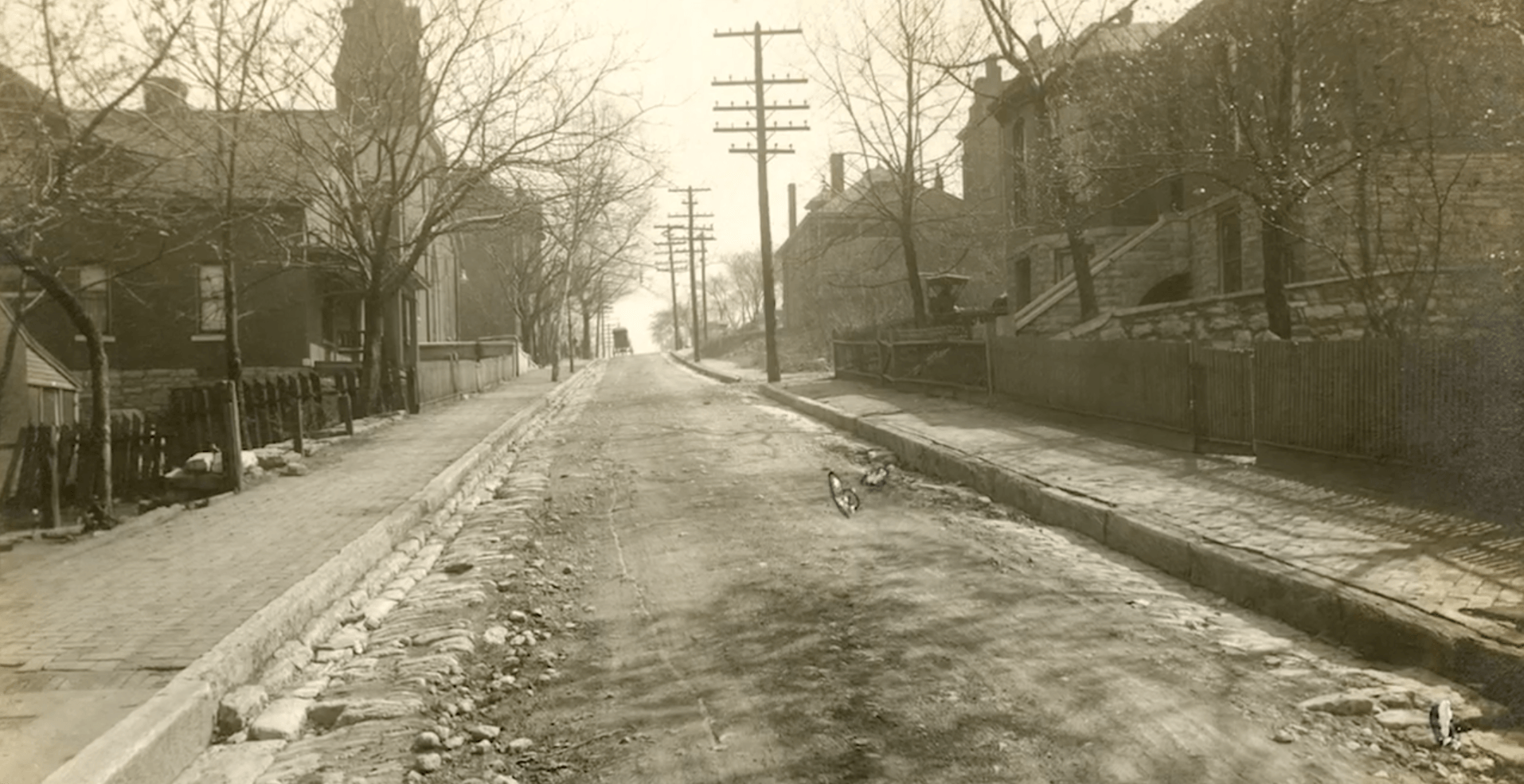
Slide title
Write your caption hereButton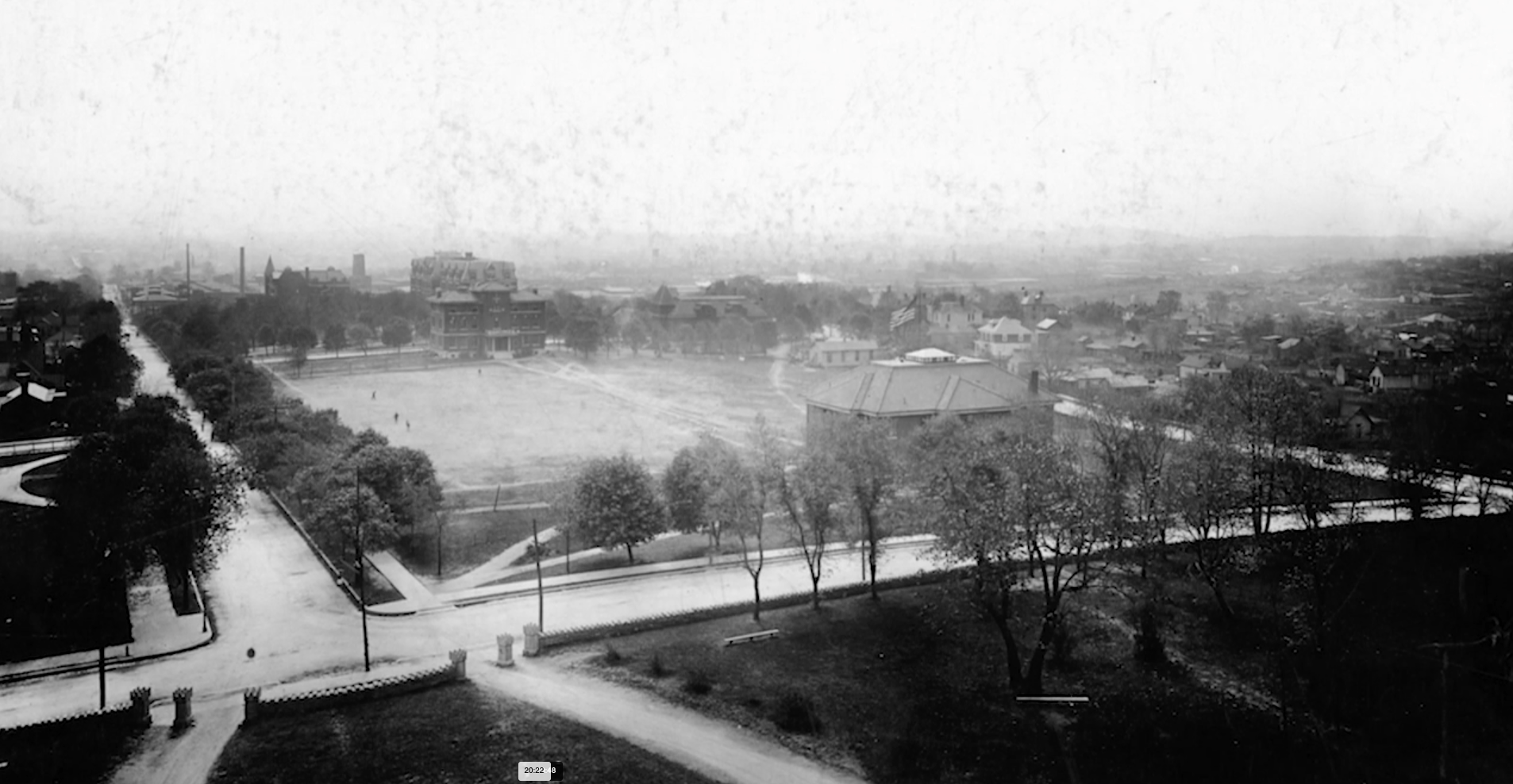
Slide title
Write your caption hereButton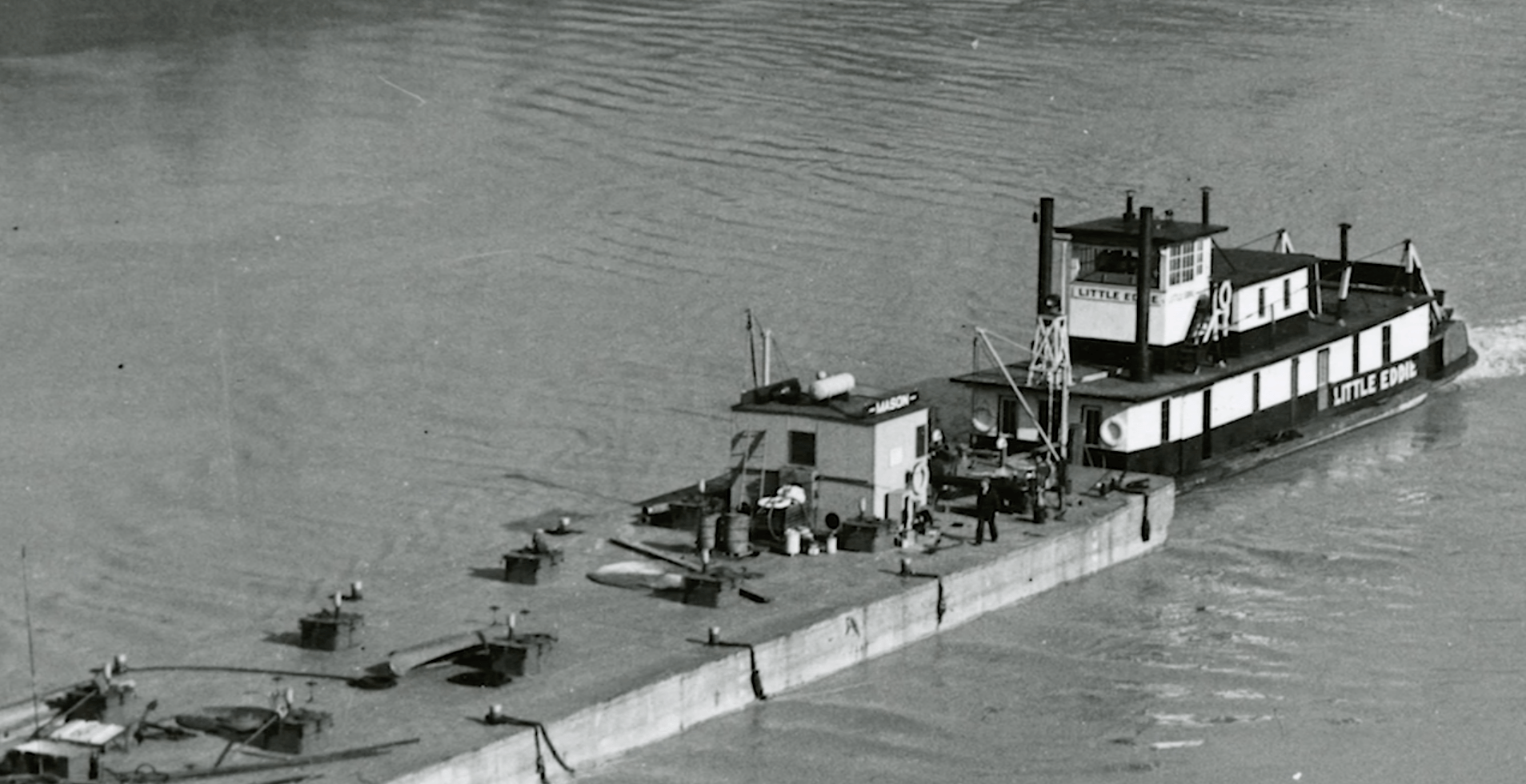
Slide title
Write your caption hereButton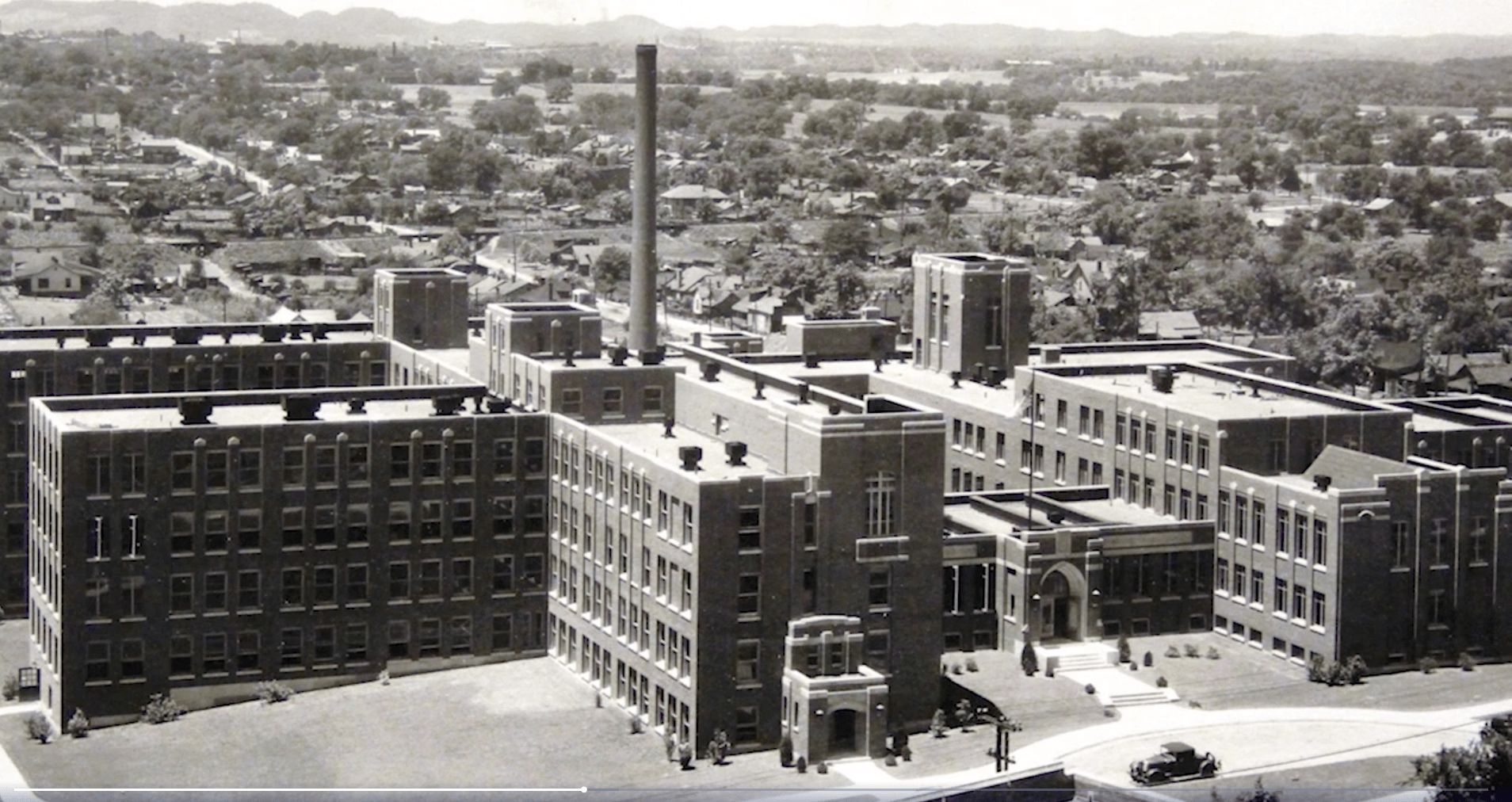
Slide title
Write your caption hereButton
Slide title
Write your caption hereButton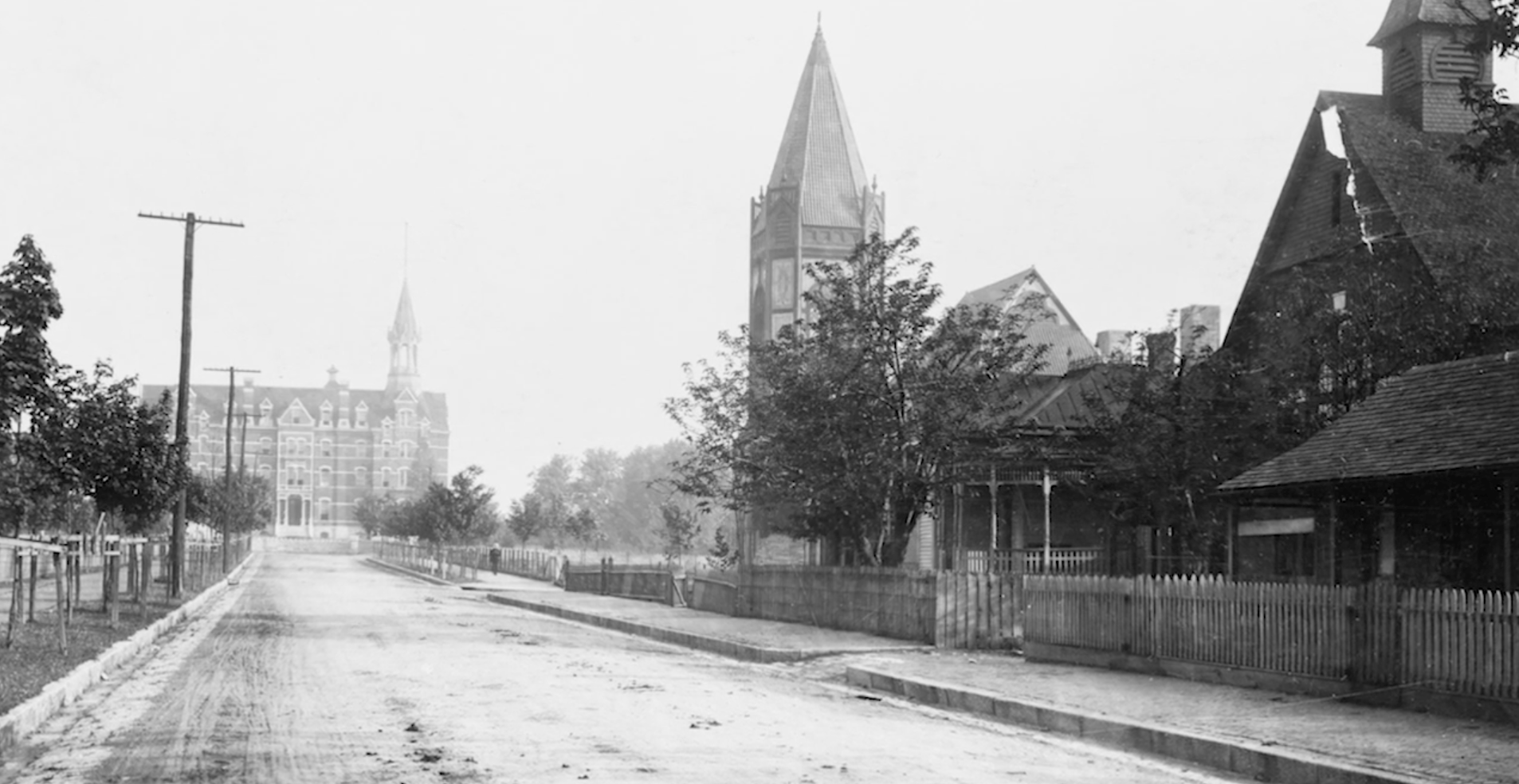
Slide title
Write your caption hereButton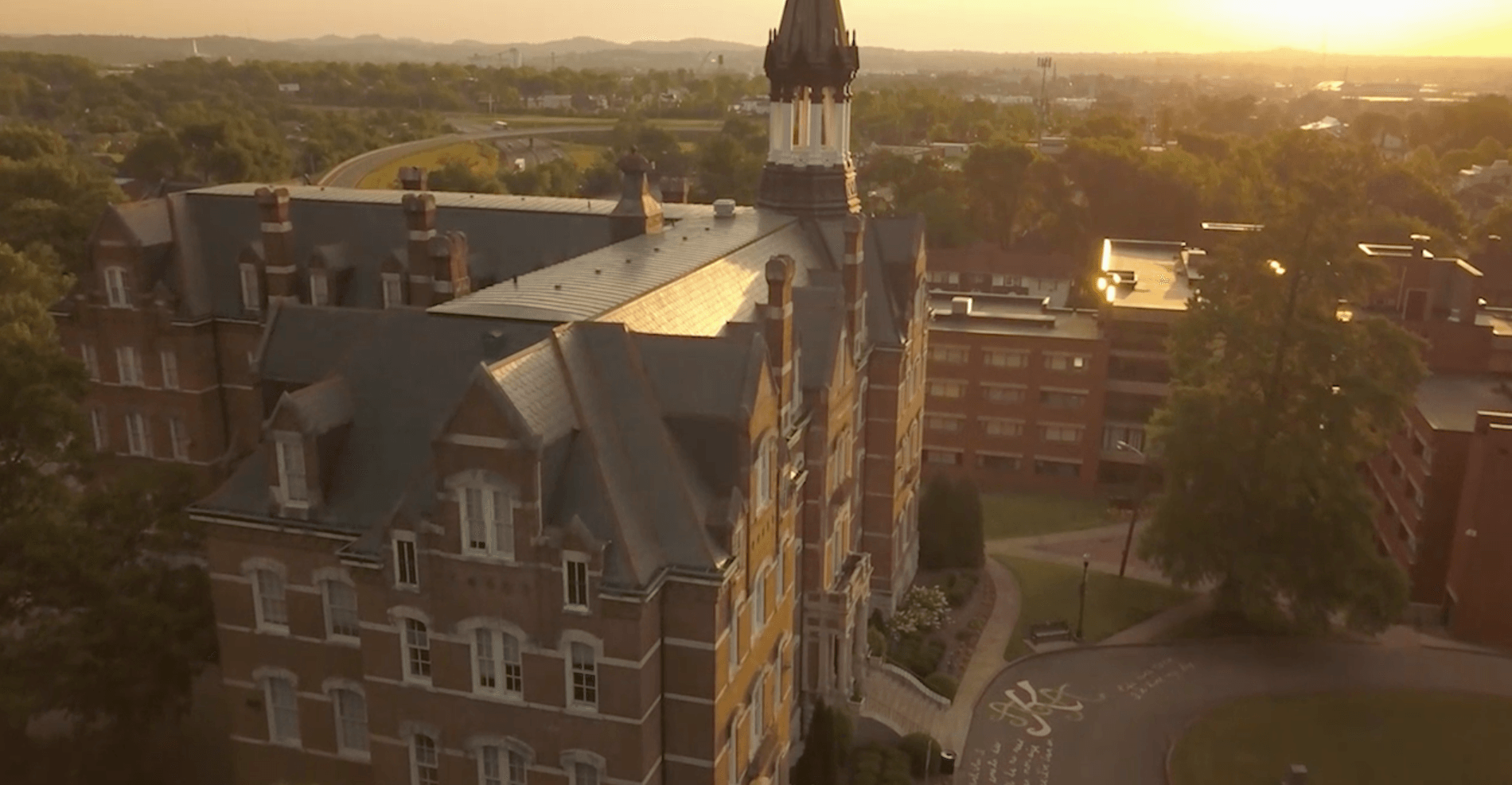
Slide title
Write your caption hereButton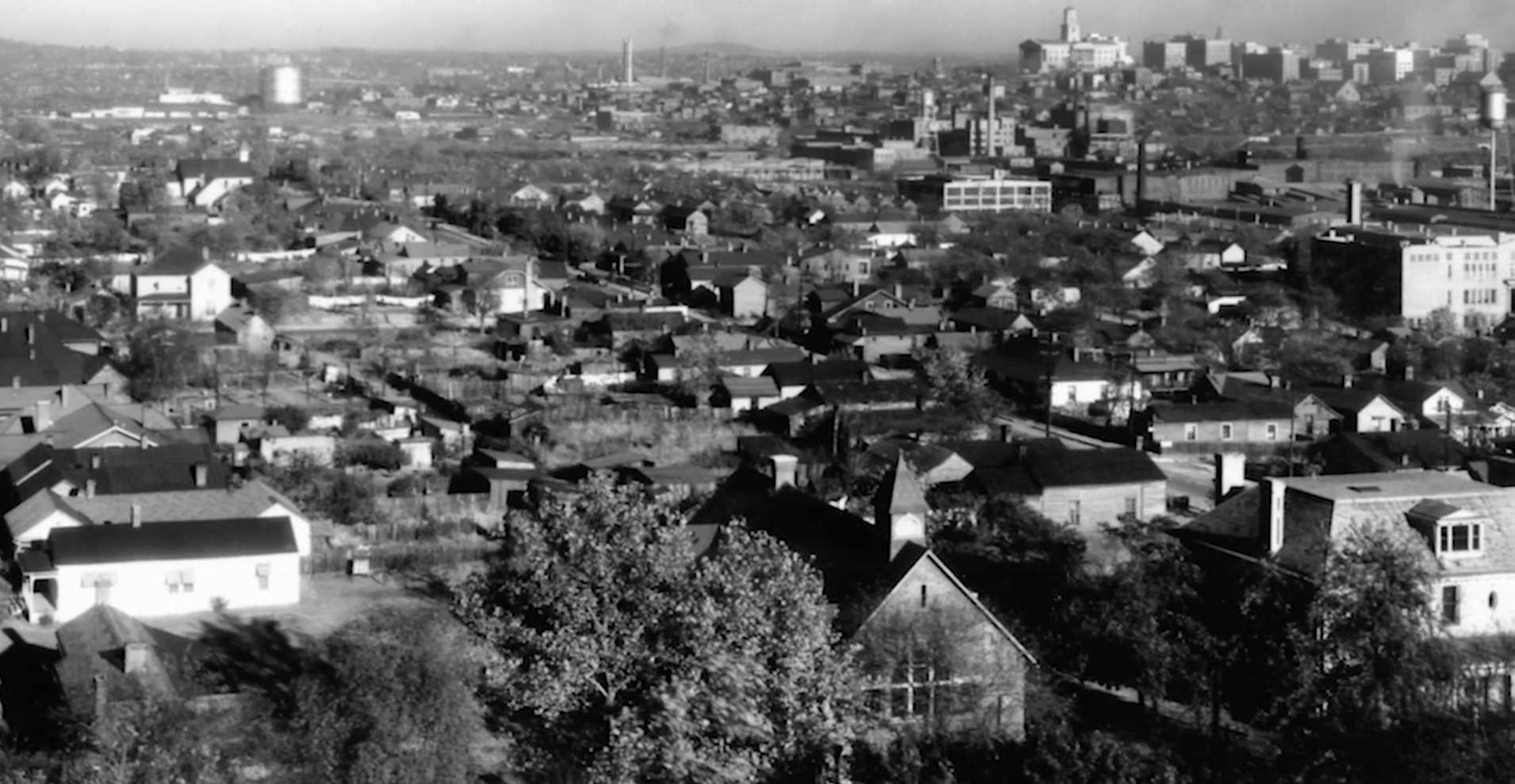
Slide title
Write your caption hereButton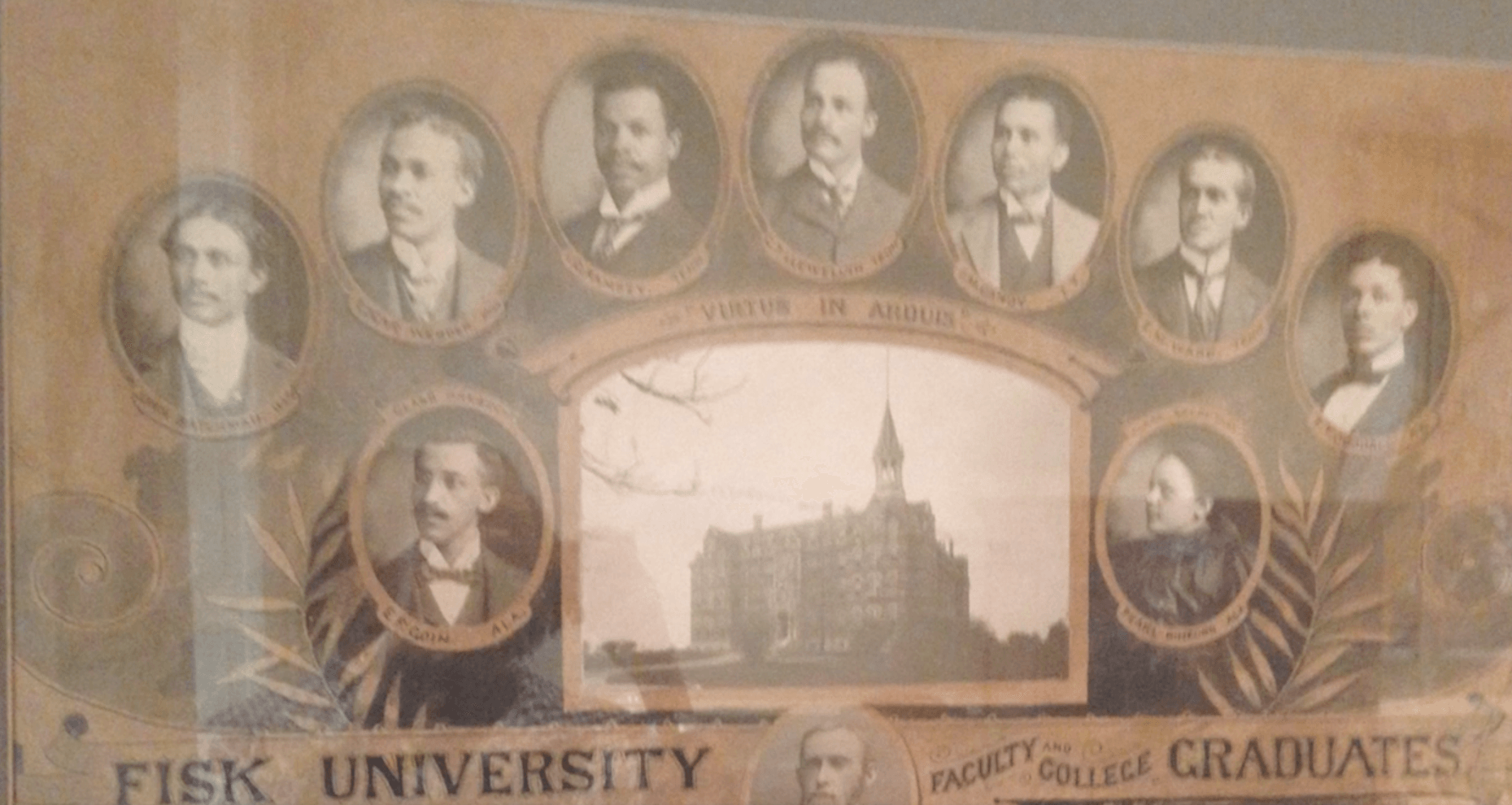
Slide title
Write your caption hereButton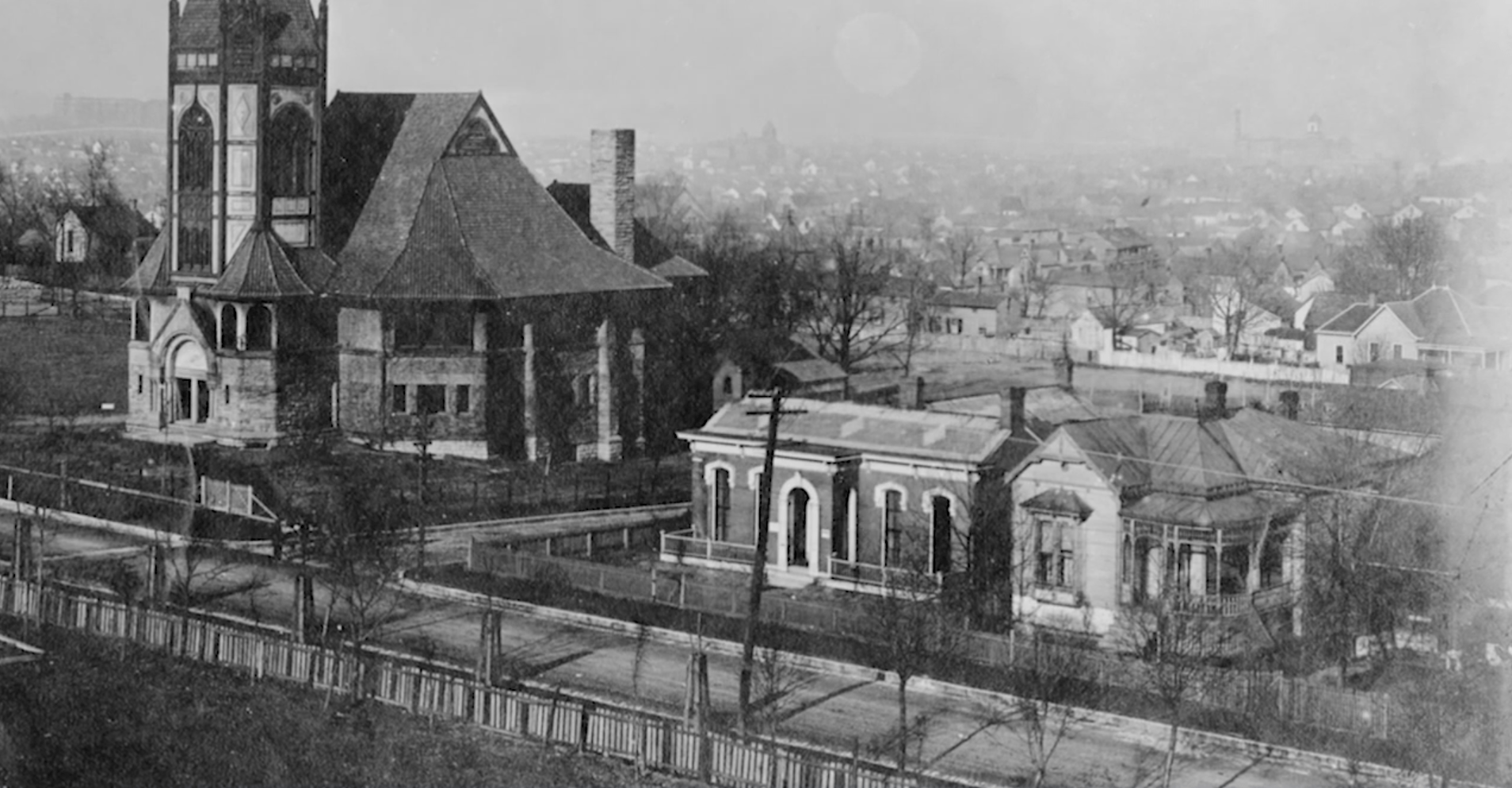
Slide title
Write your caption hereButton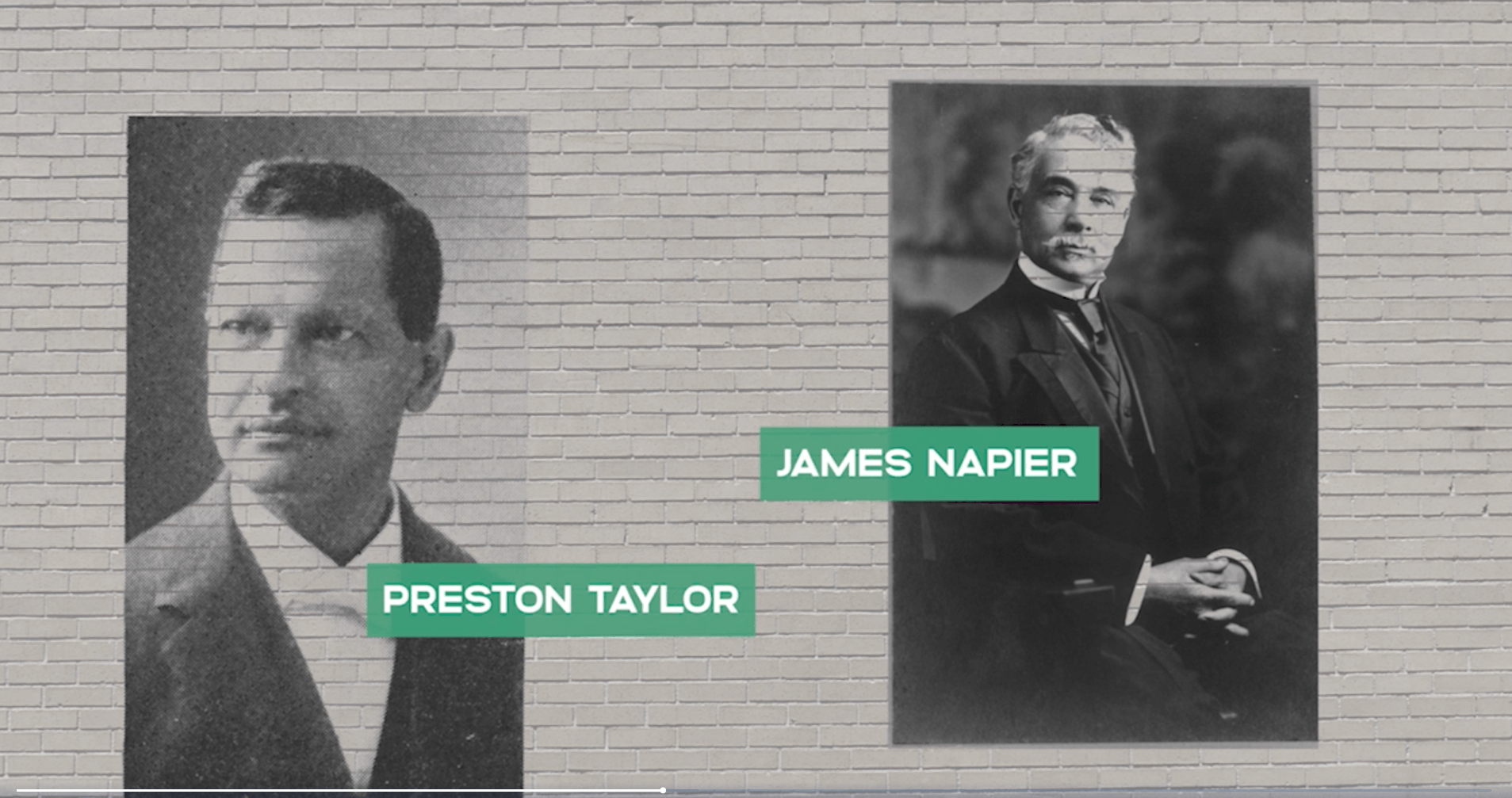
Slide title
Write your caption hereButton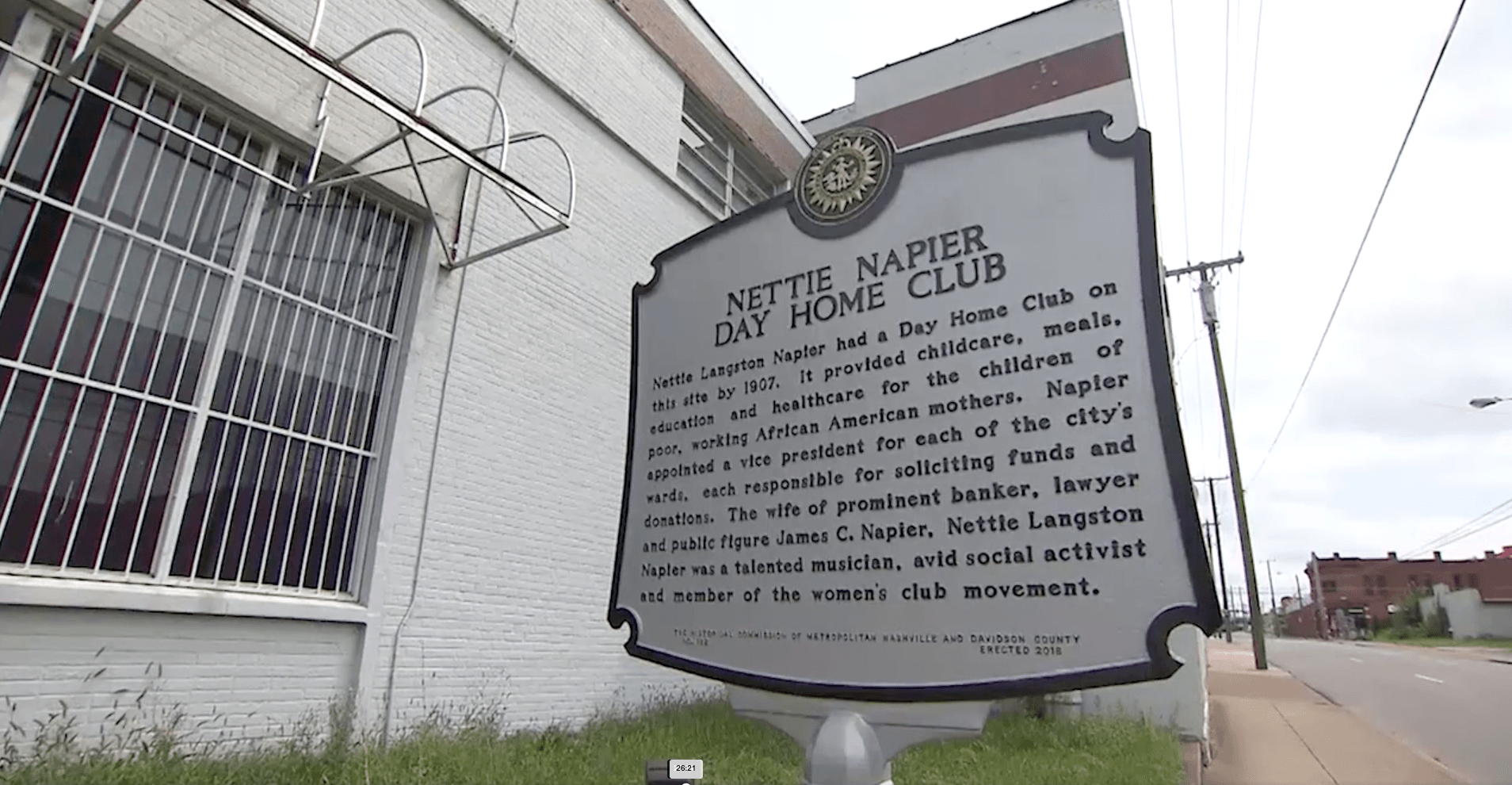
Slide title
Write your caption hereButton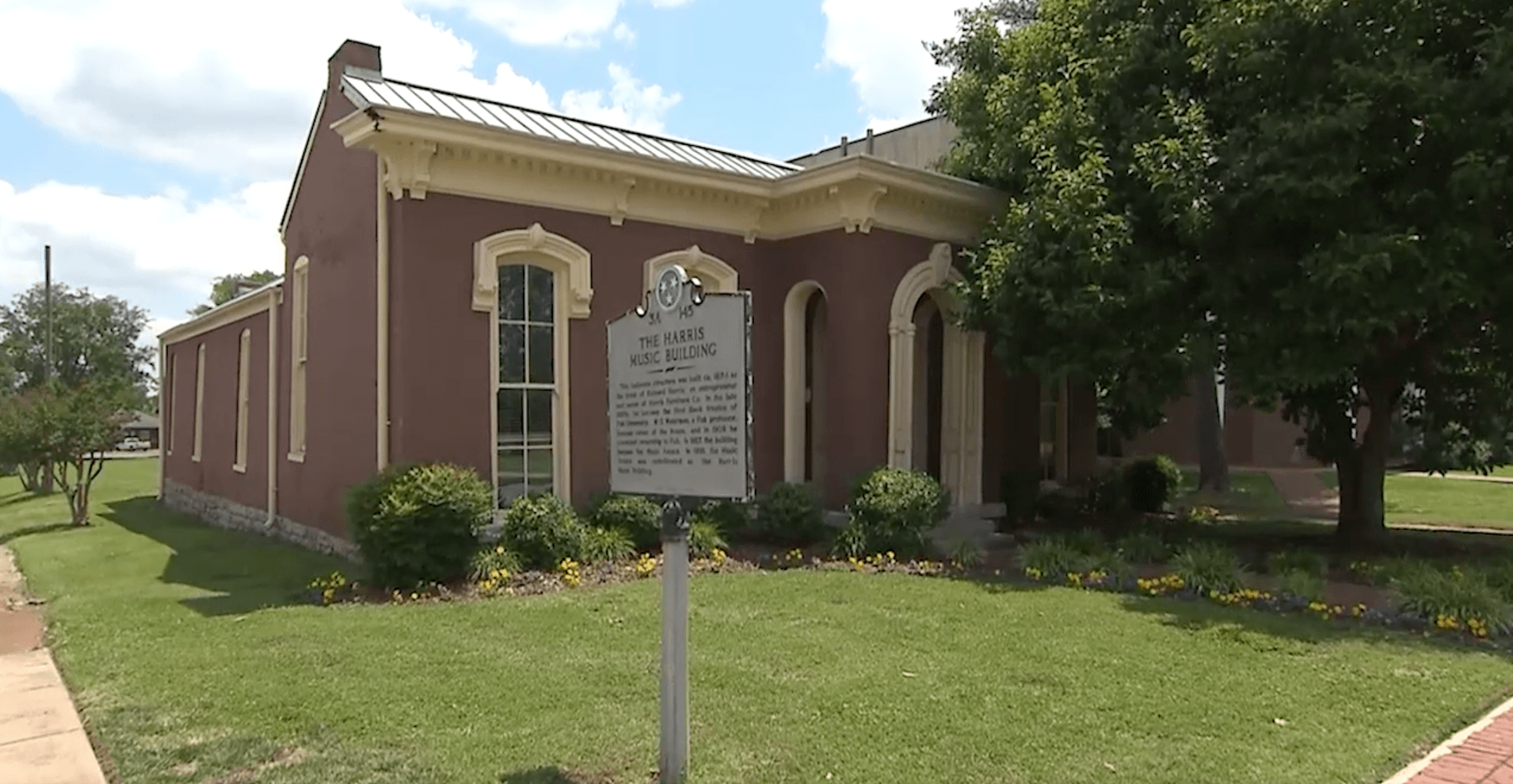
Slide title
Write your caption hereButton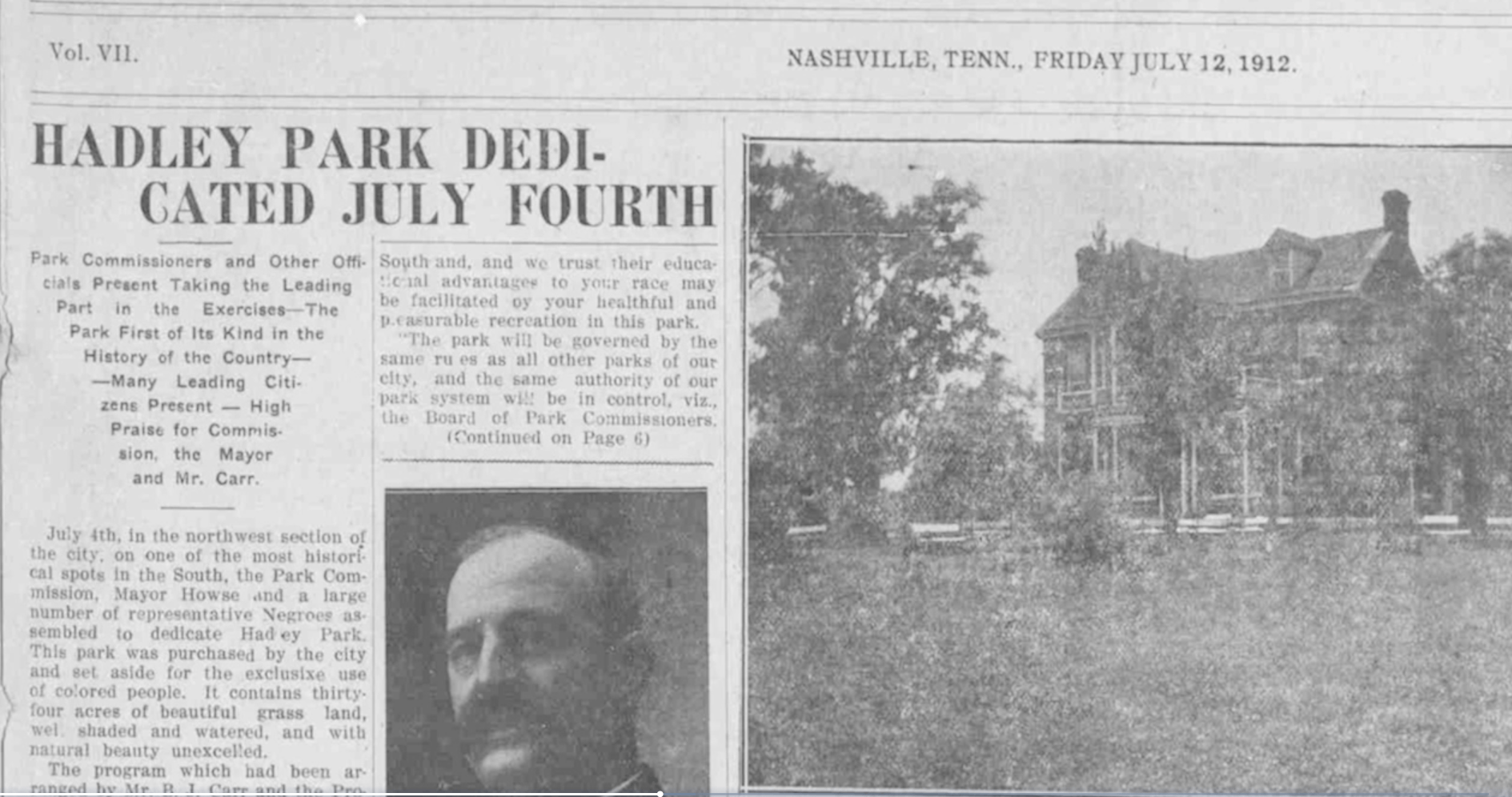
Slide title
Write your caption hereButton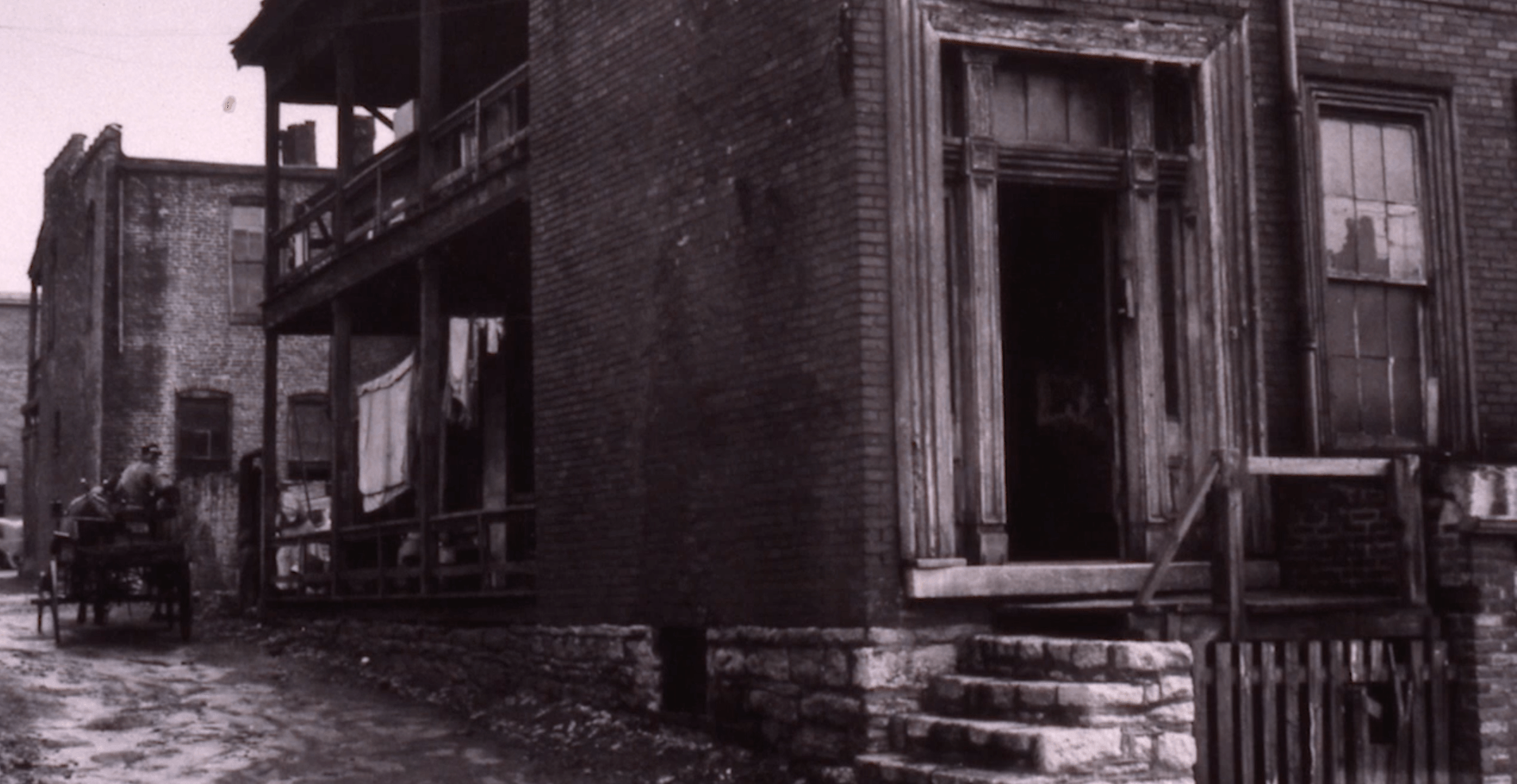
Slide title
Write your caption hereButton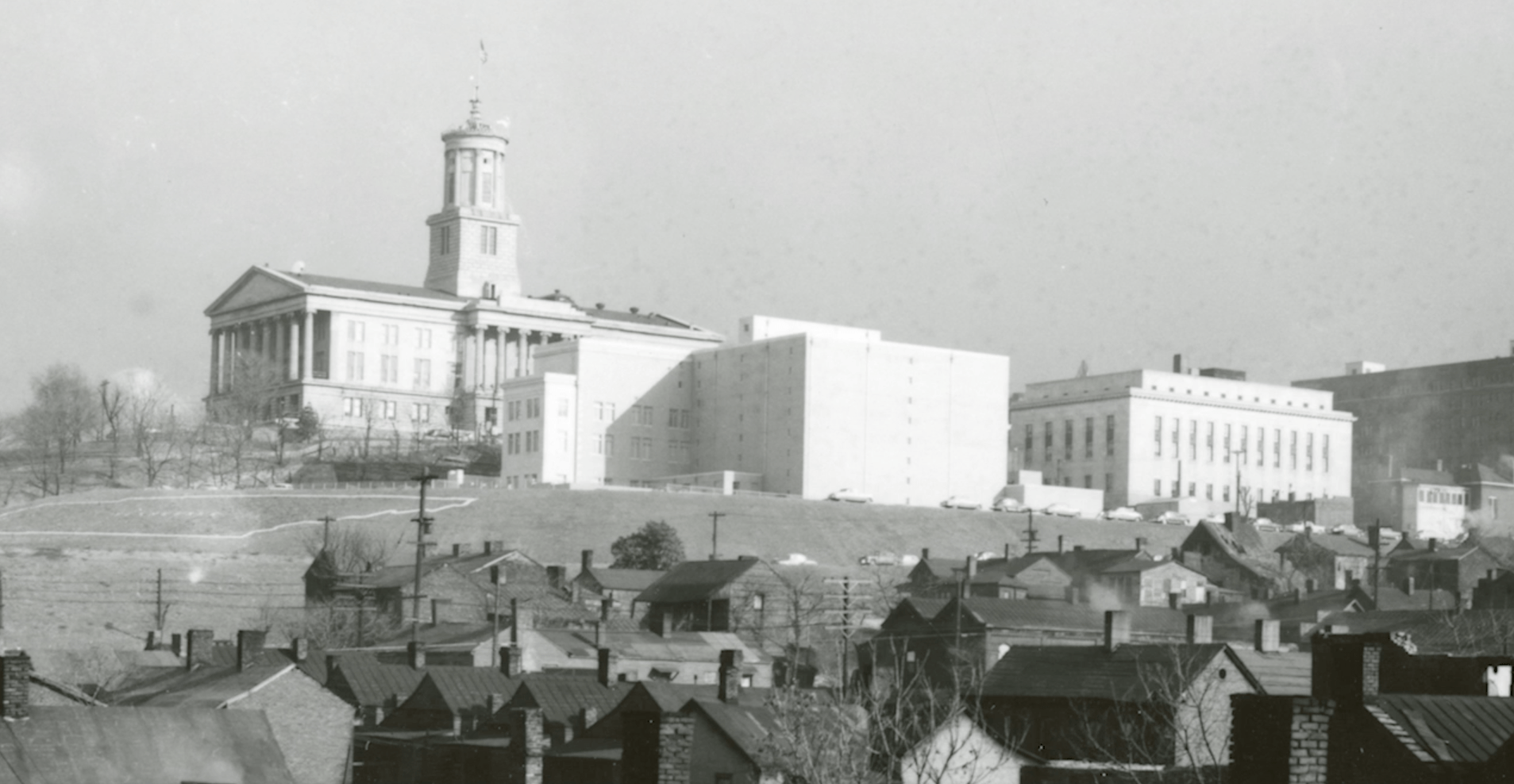
Slide title
Write your caption hereButton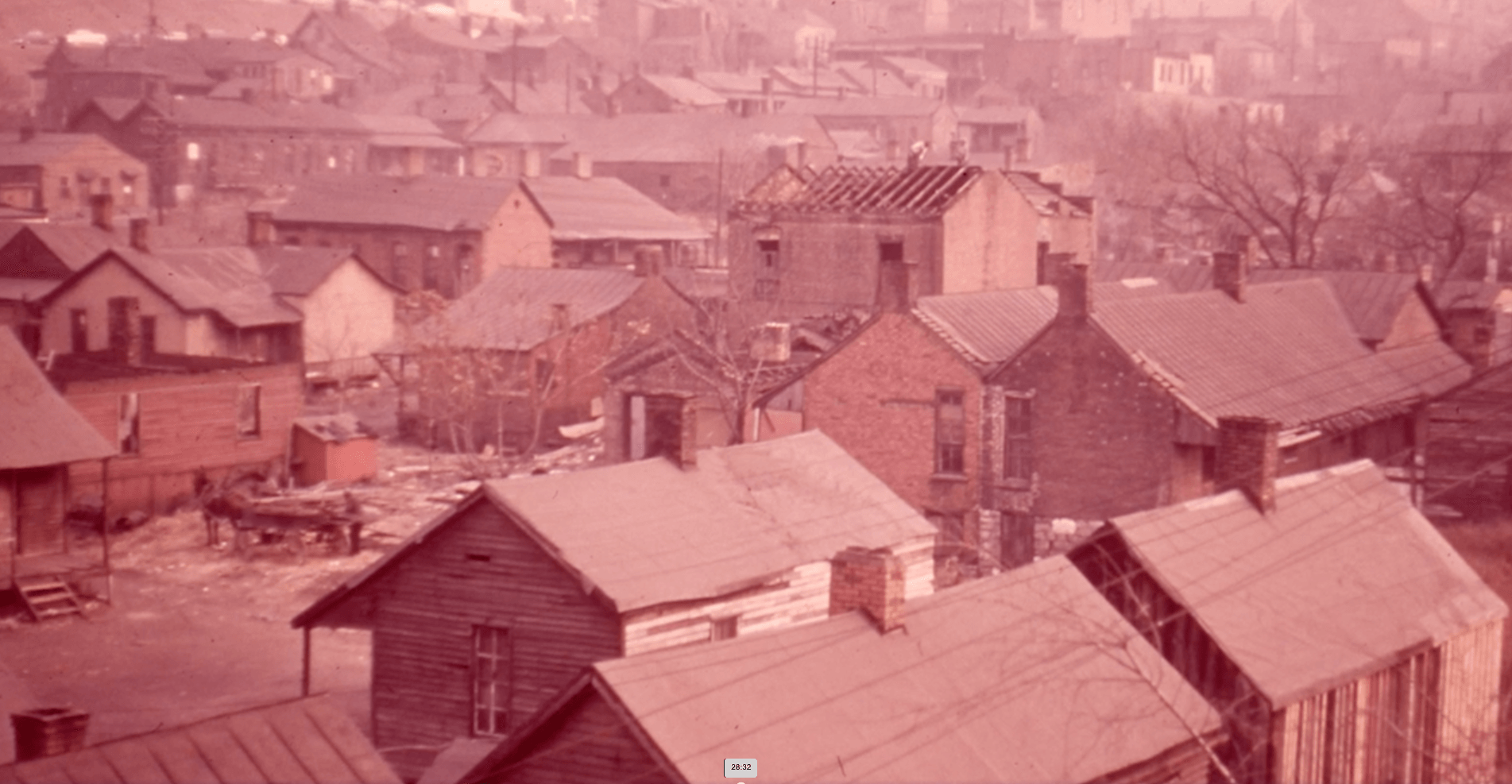
Slide title
Write your caption hereButton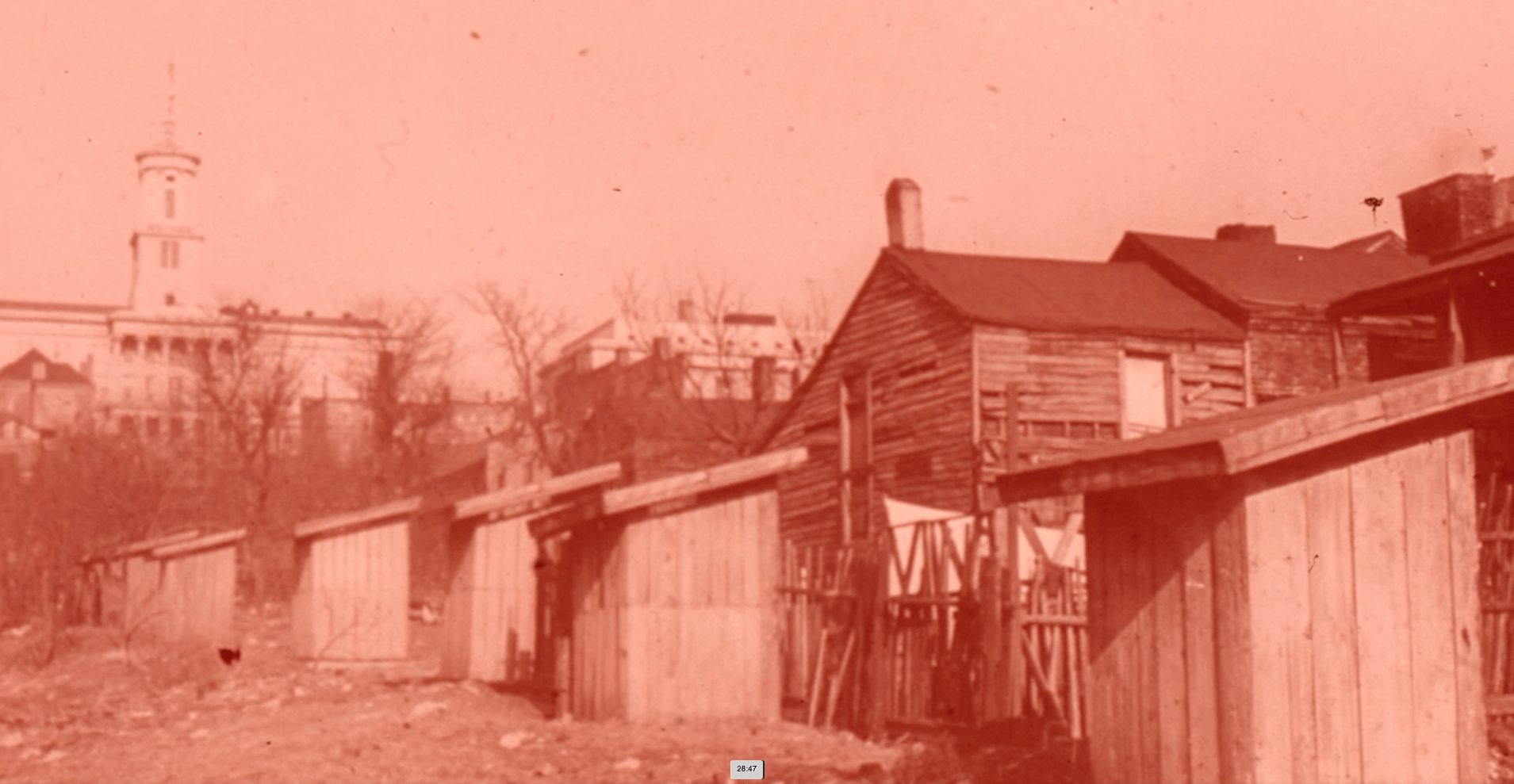
Slide title
Write your caption hereButton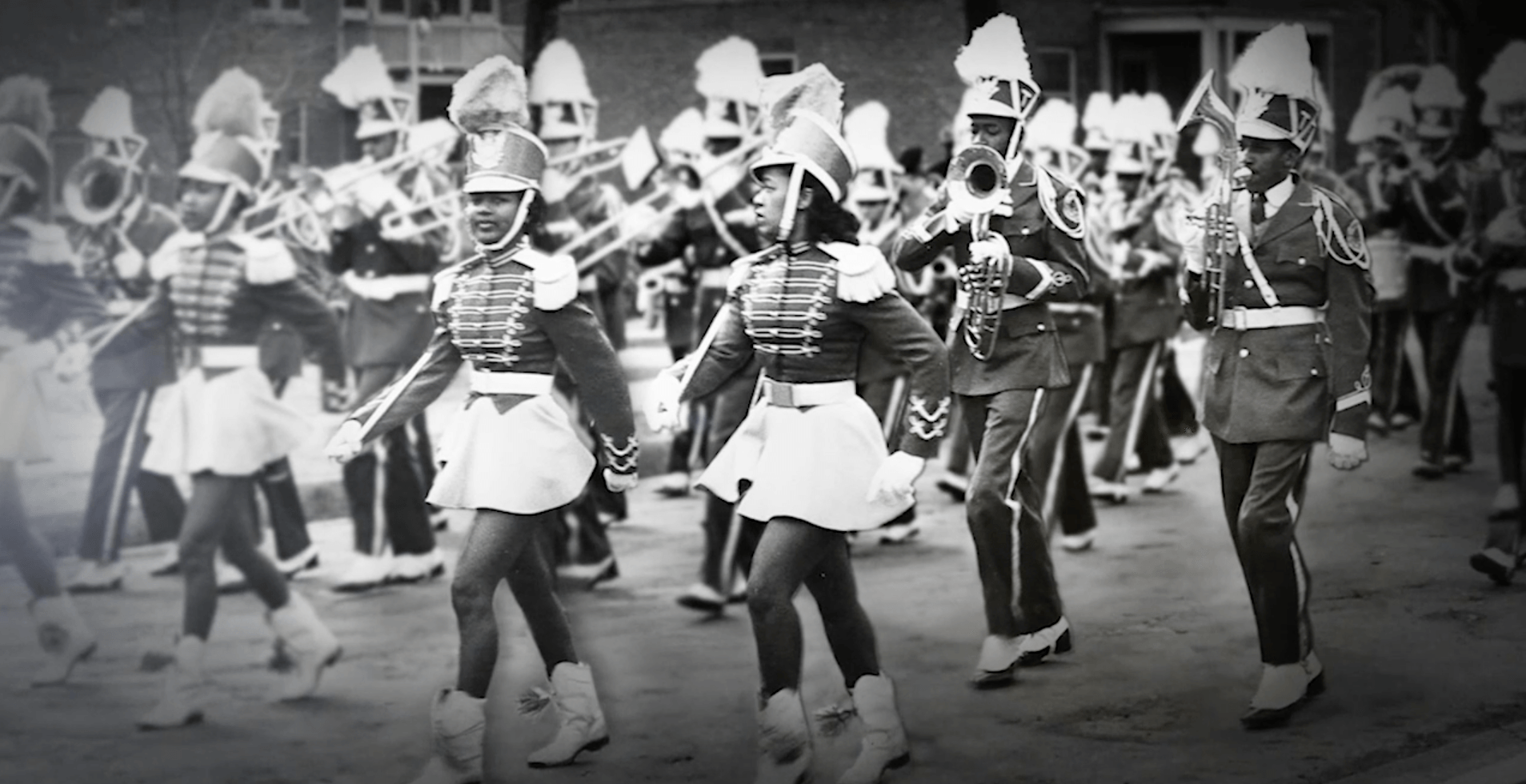
Slide title
Write your caption hereButton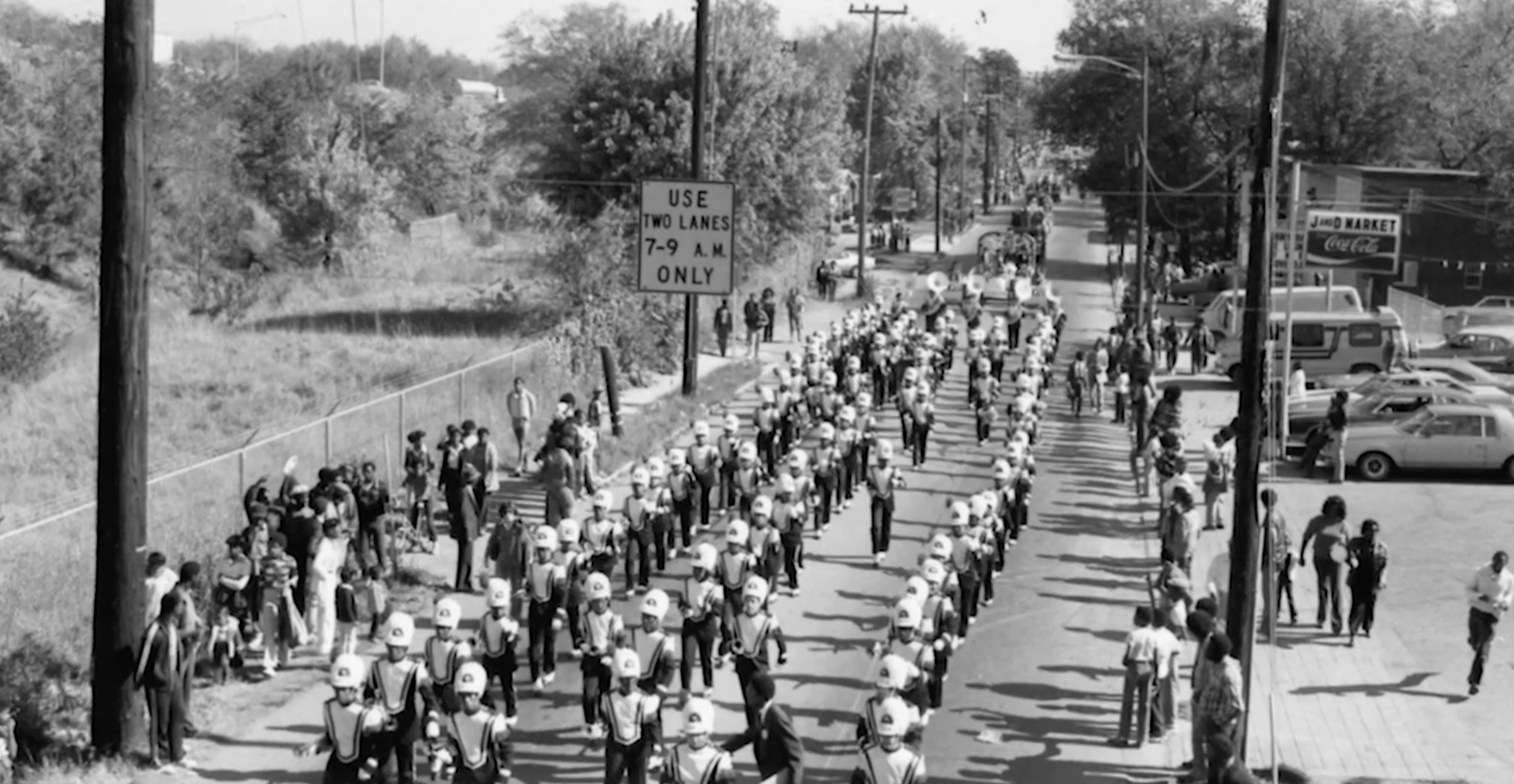
Slide title
Write your caption hereButton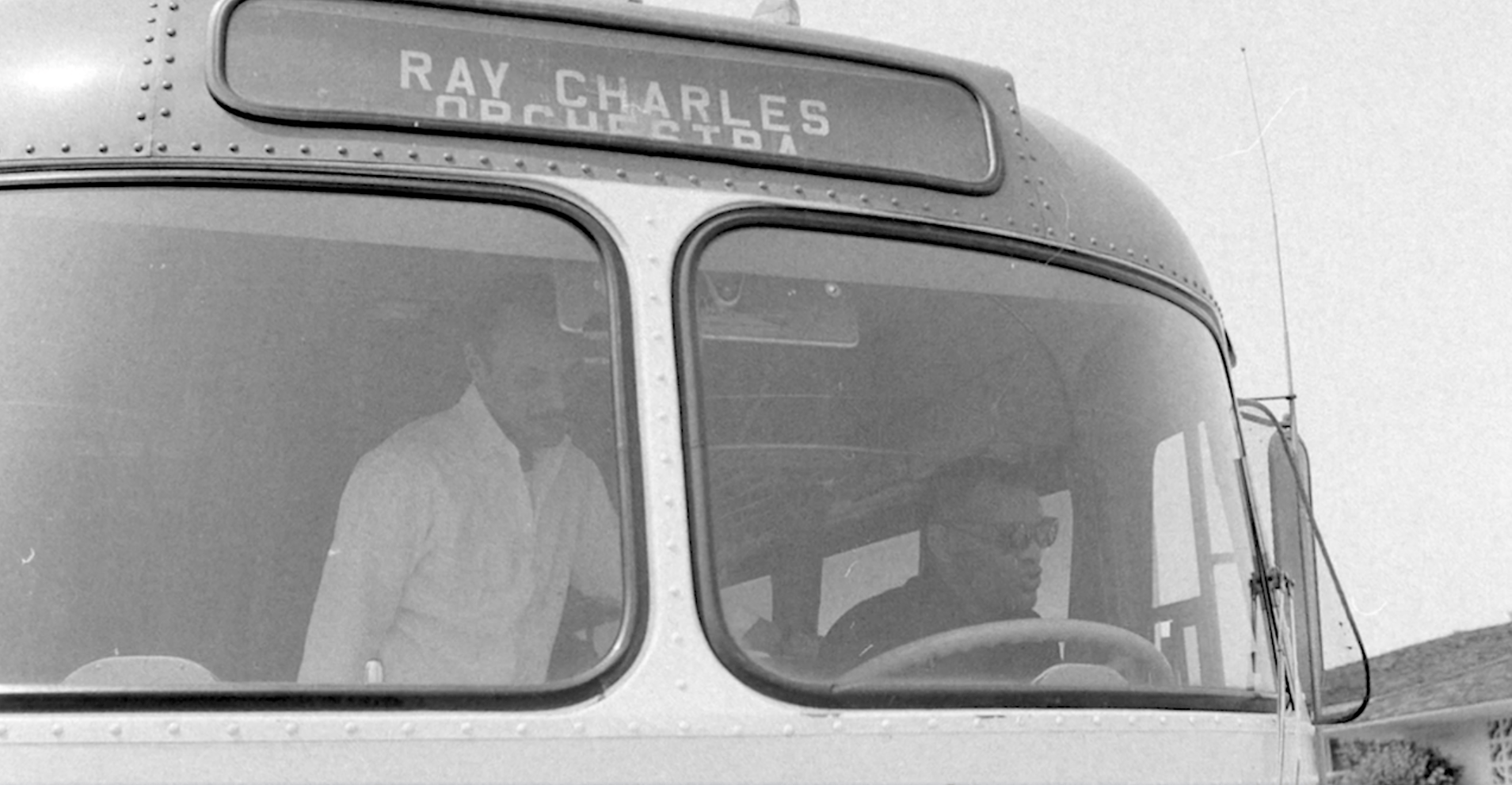
Slide title
Write your caption hereButton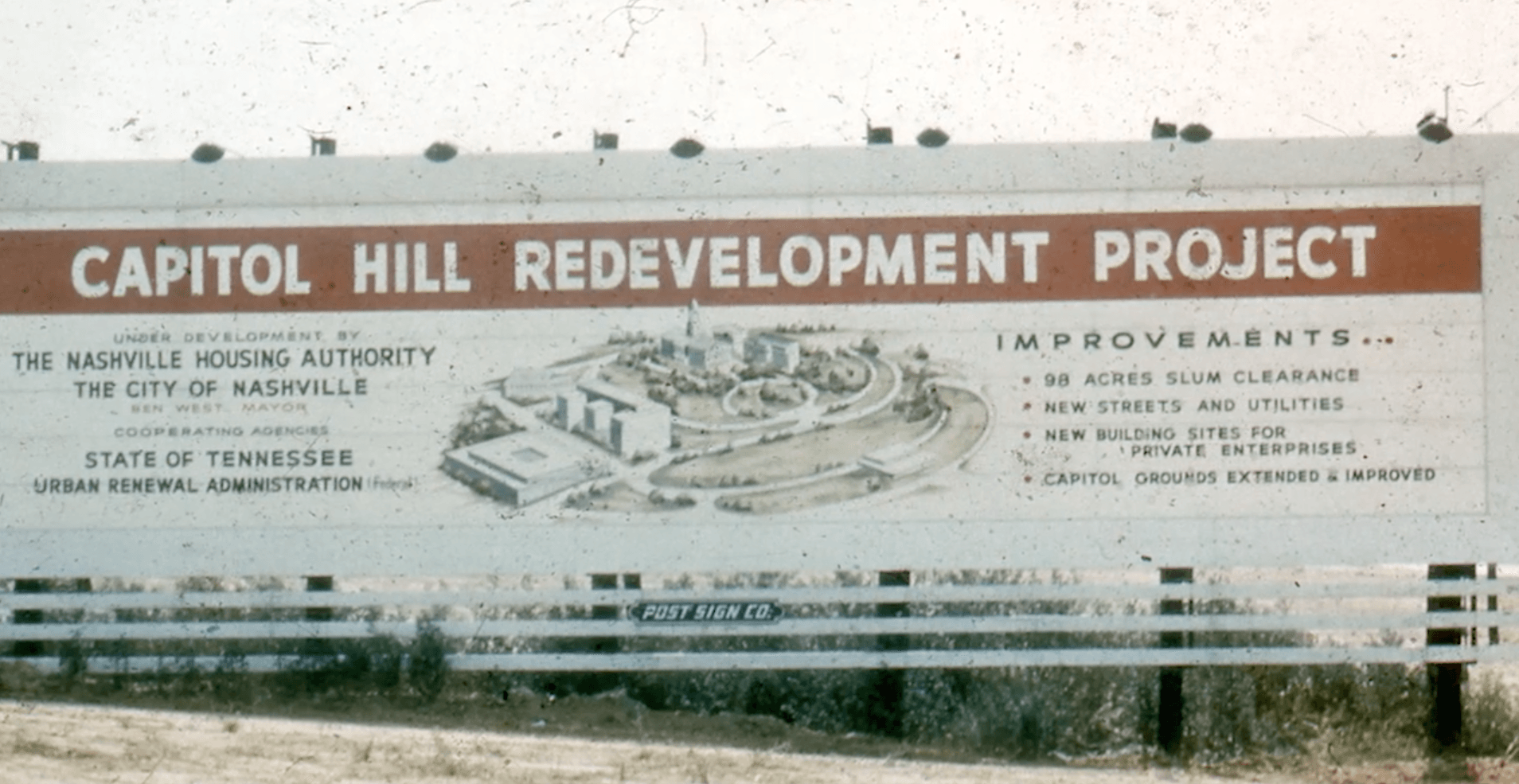
Slide title
Write your caption hereButton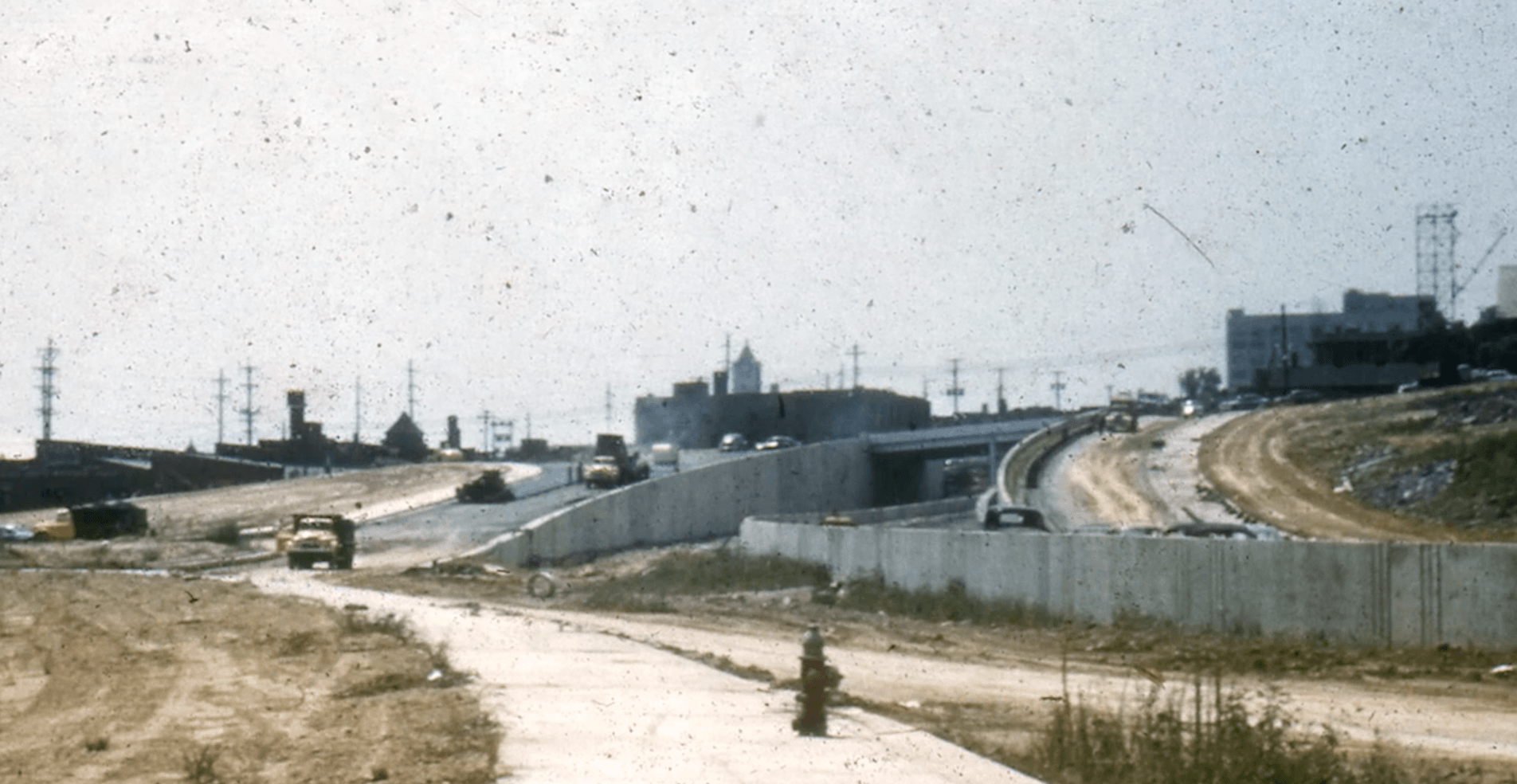
Slide title
Write your caption hereButton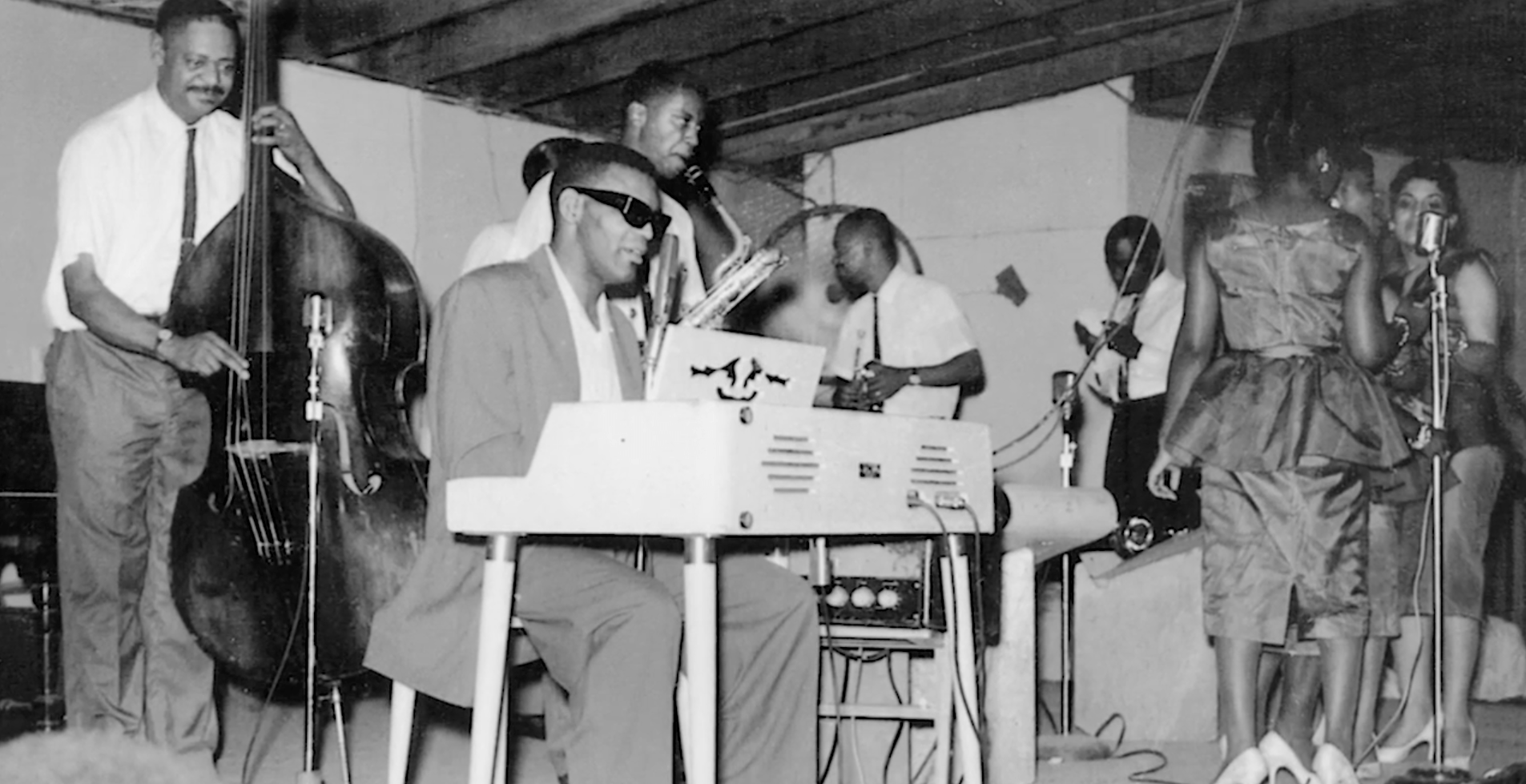
Slide title
Write your caption hereButton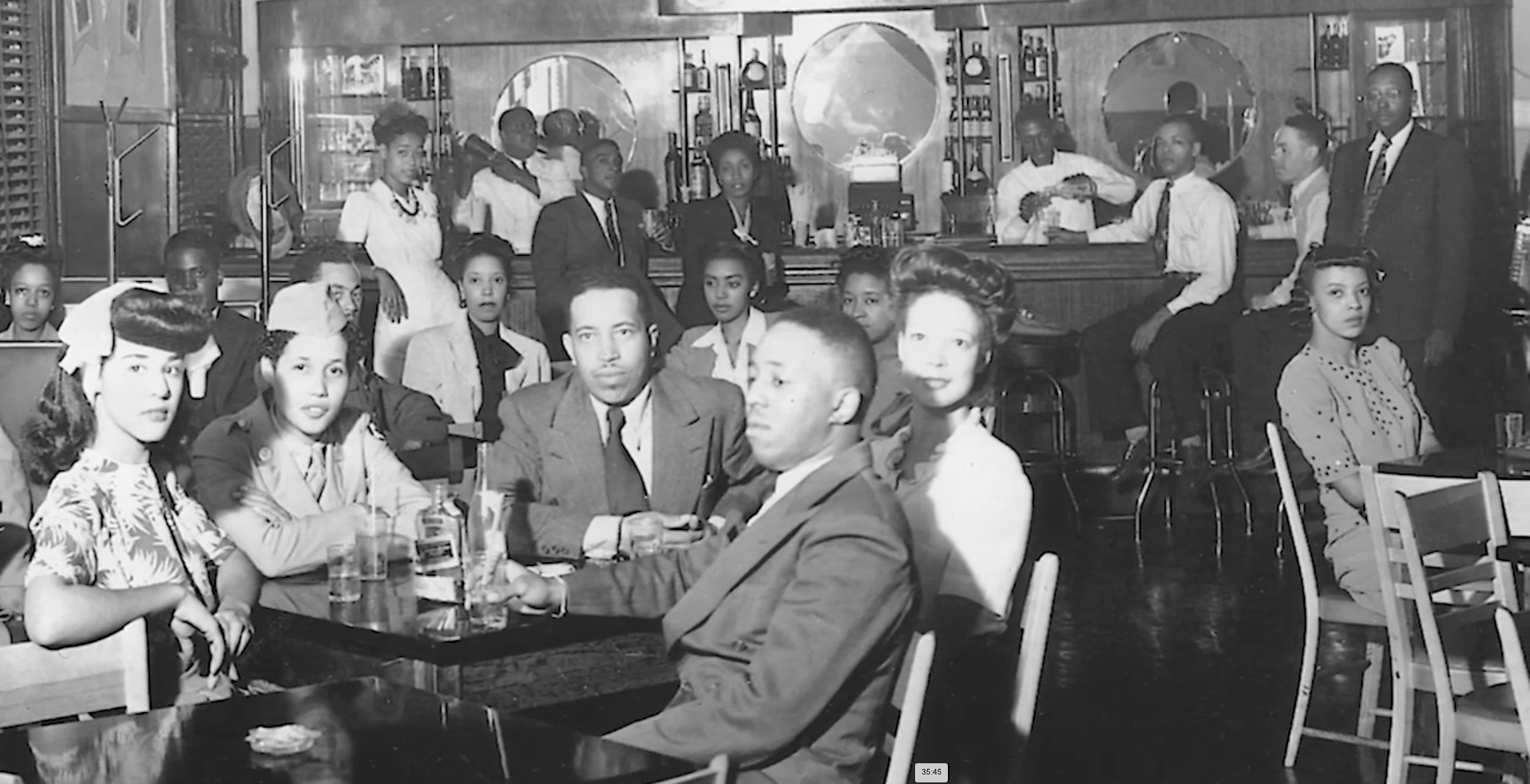
Slide title
Write your caption hereButton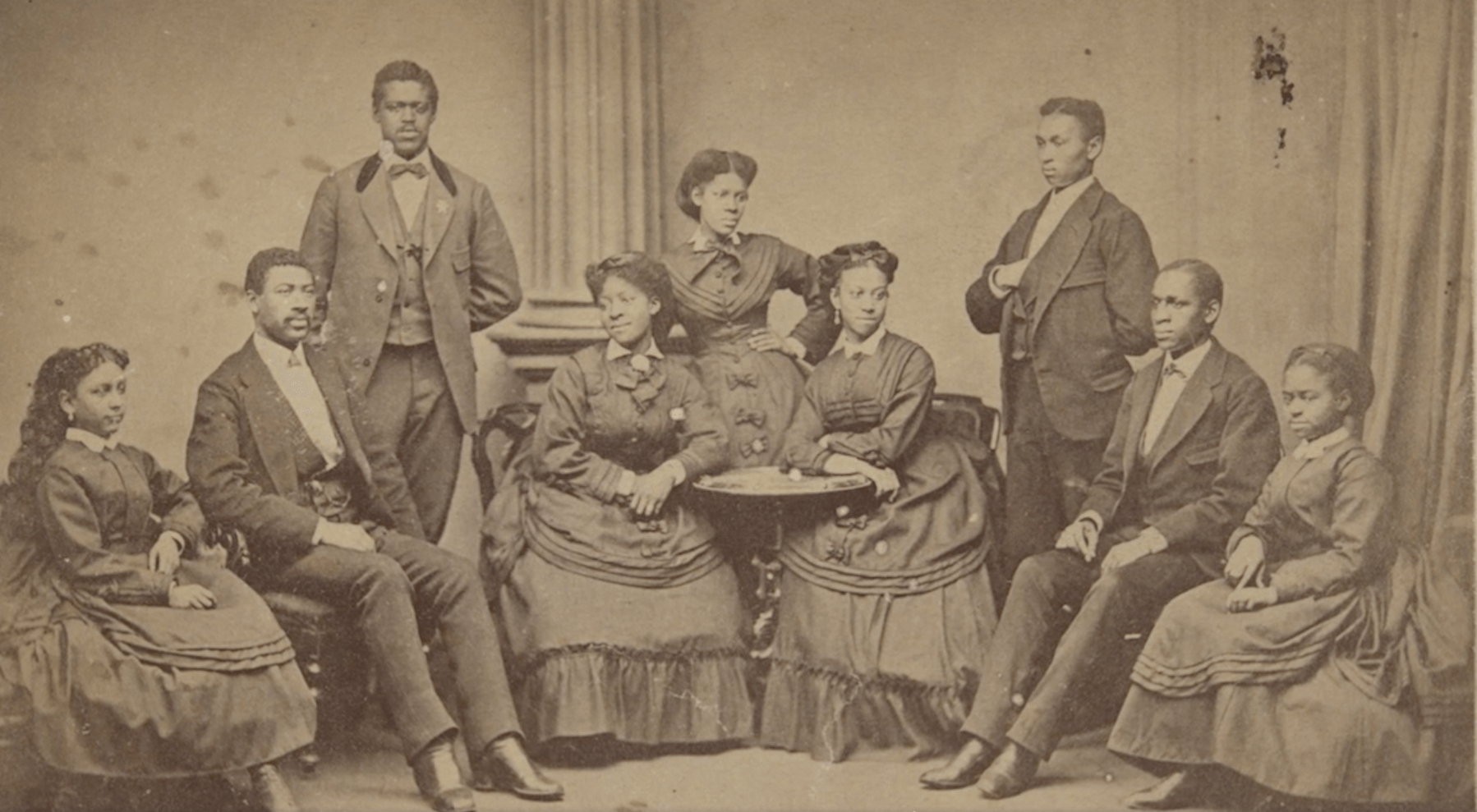
Slide title
Write your caption hereButton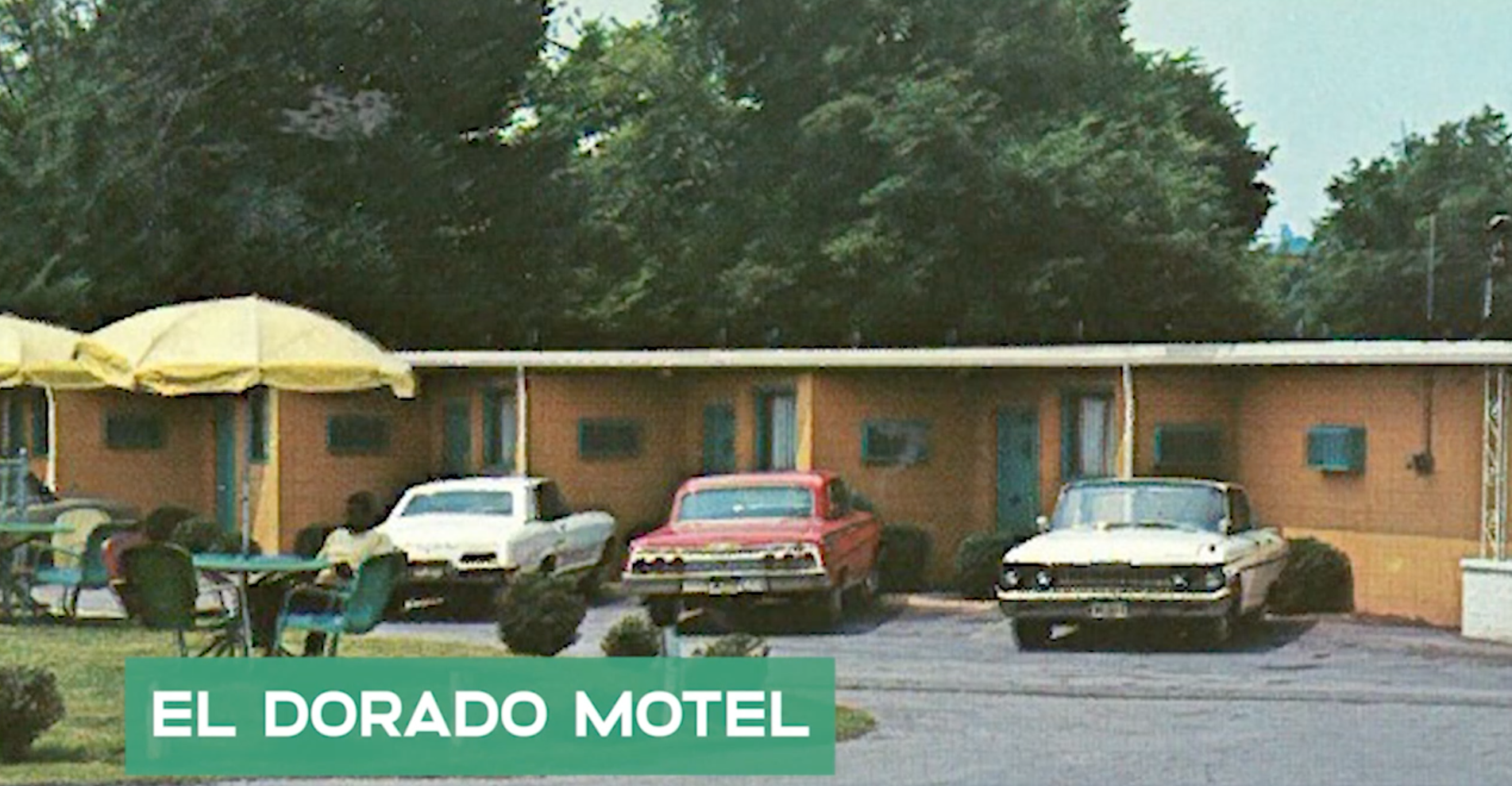
Slide title
Write your caption hereButton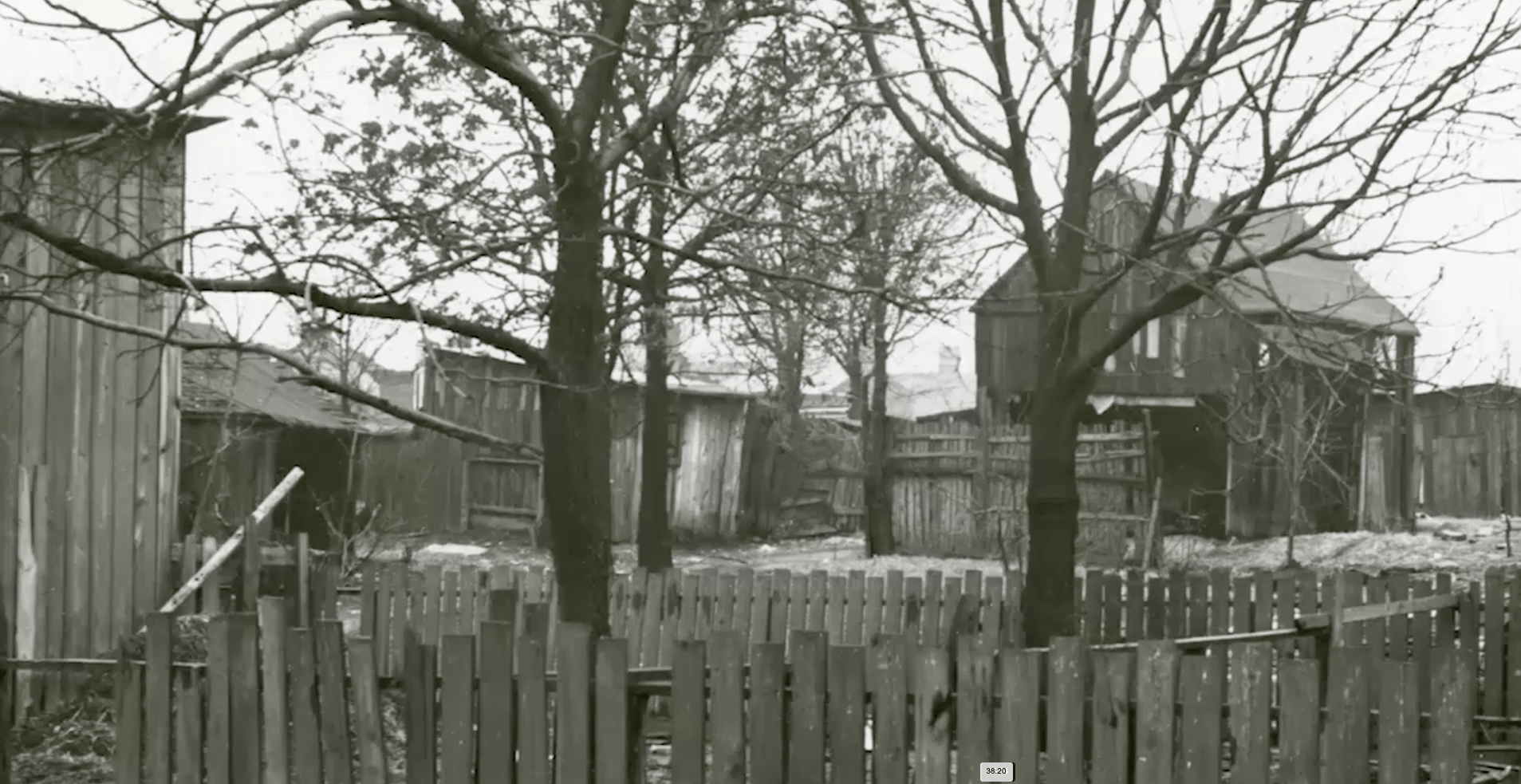
Slide title
Write your caption hereButton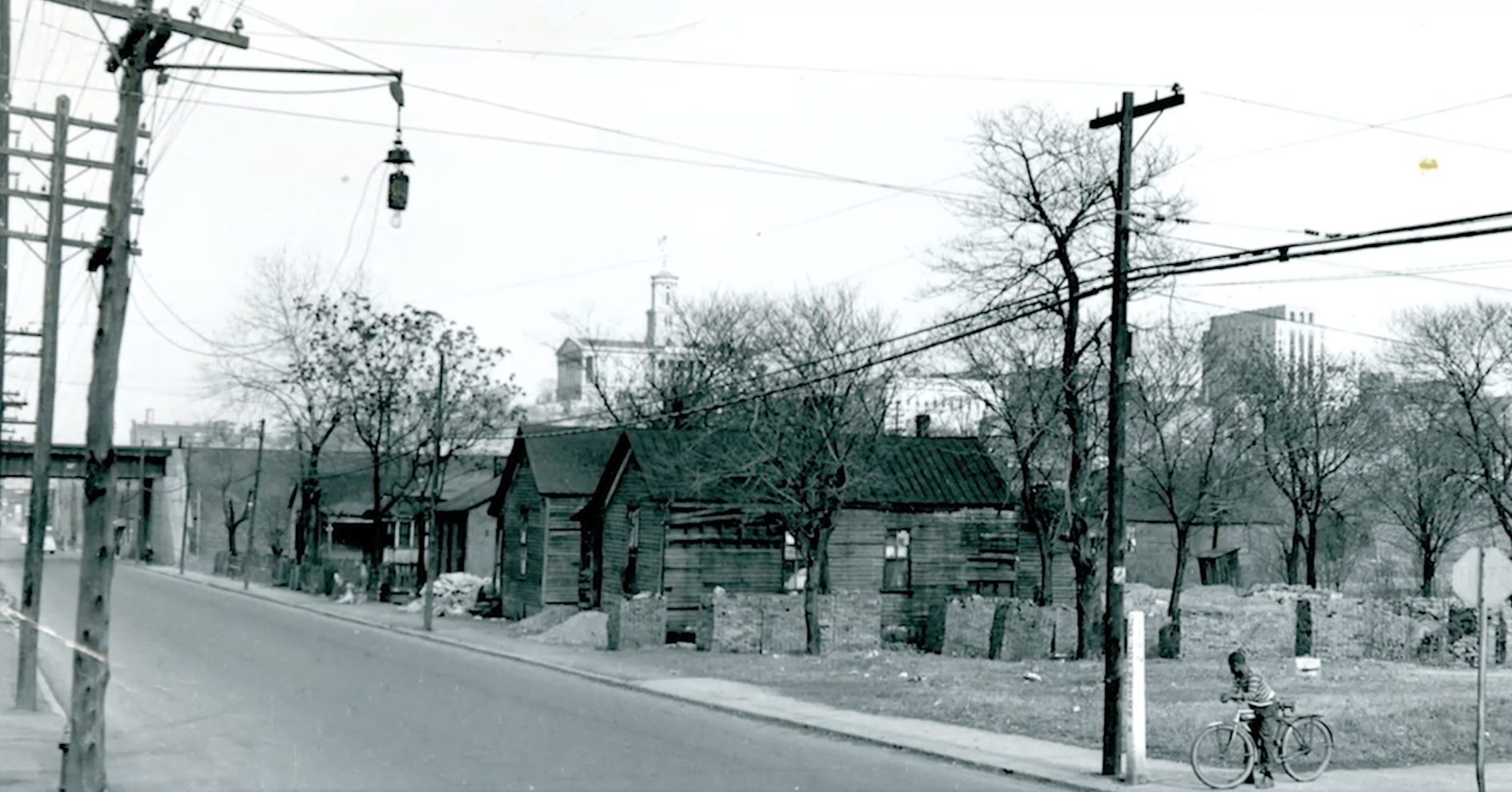
Slide title
Write your caption hereButton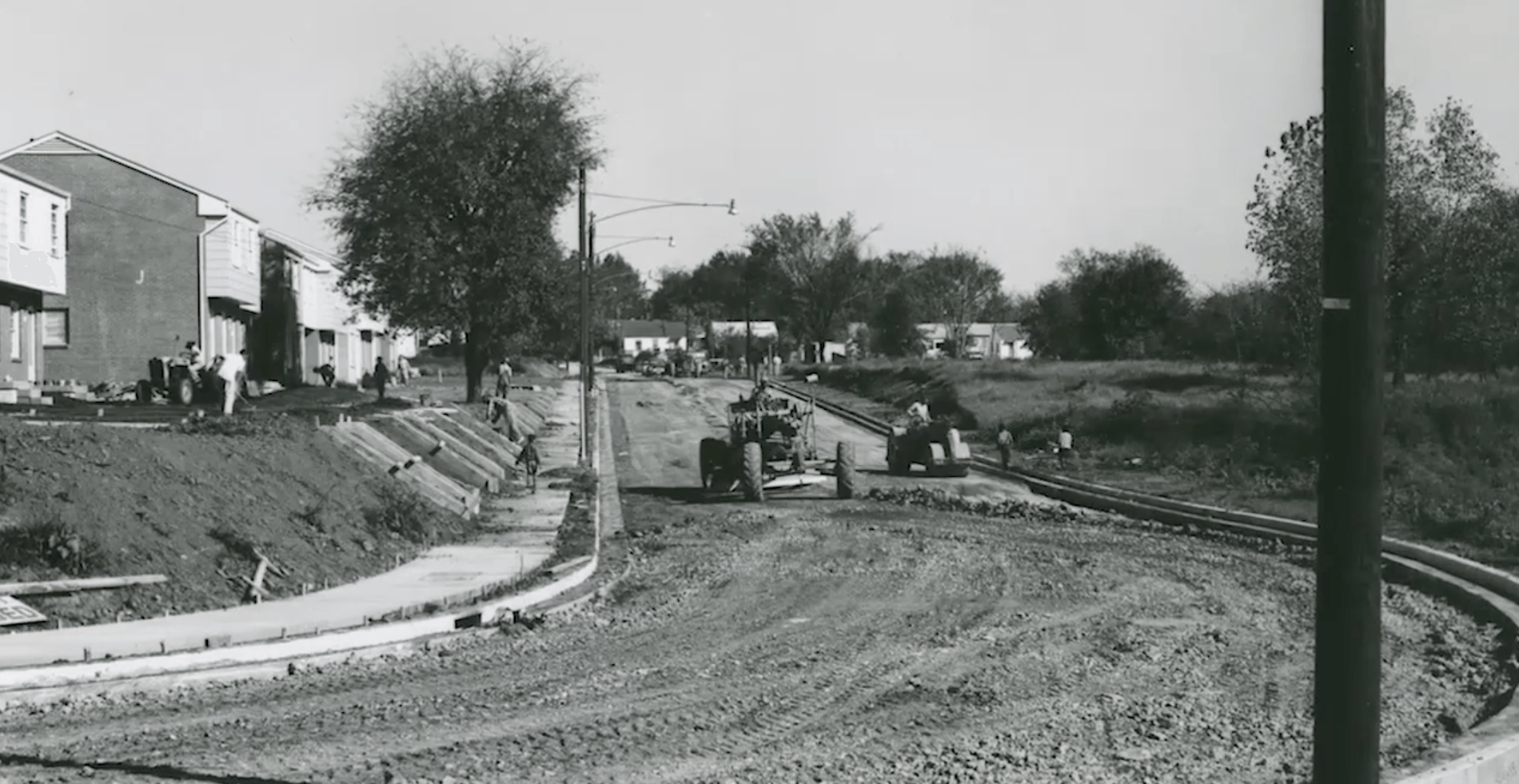
Slide title
Write your caption hereButton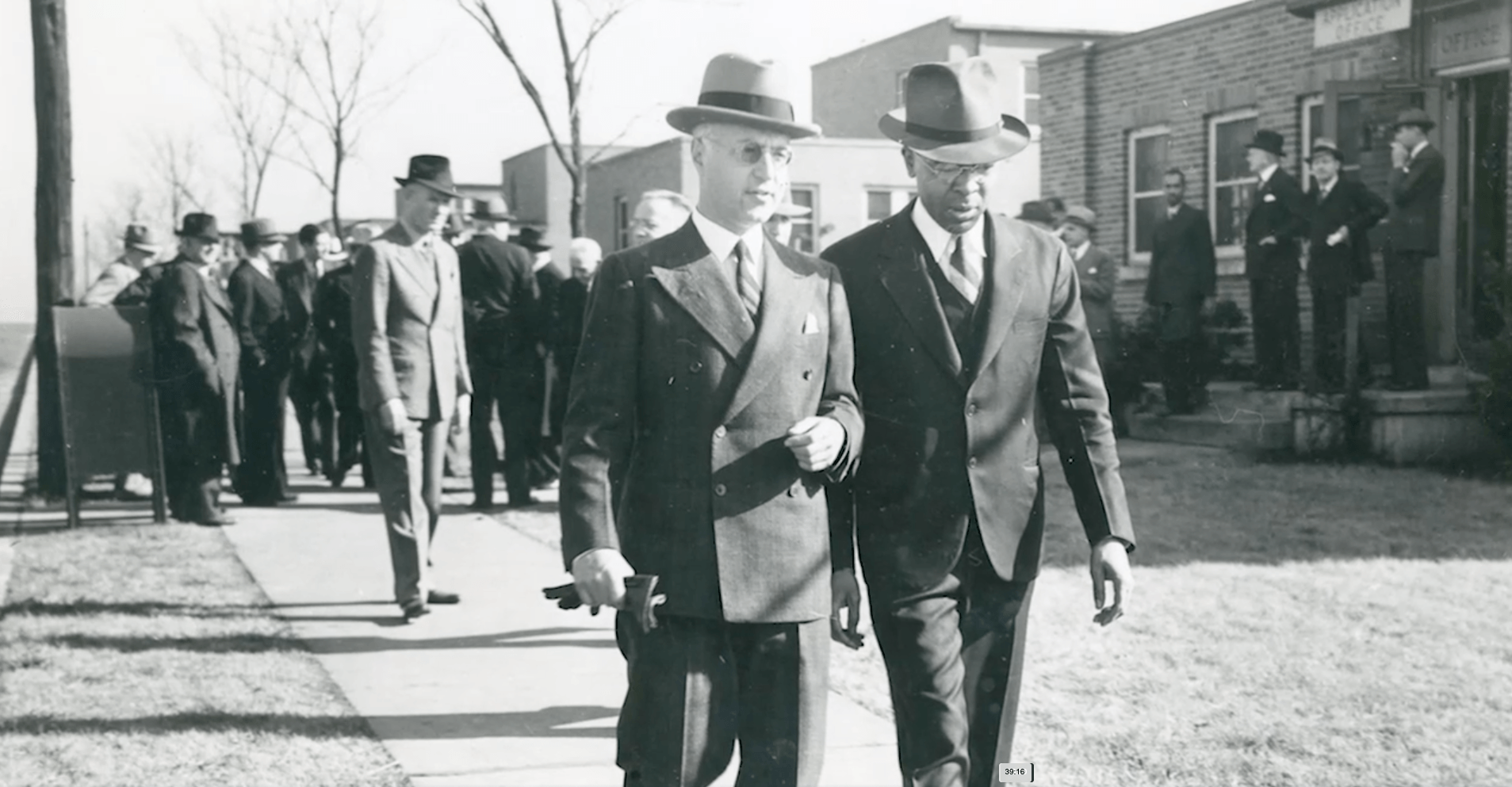
Slide title
Write your caption hereButton
Slide title
Write your caption hereButton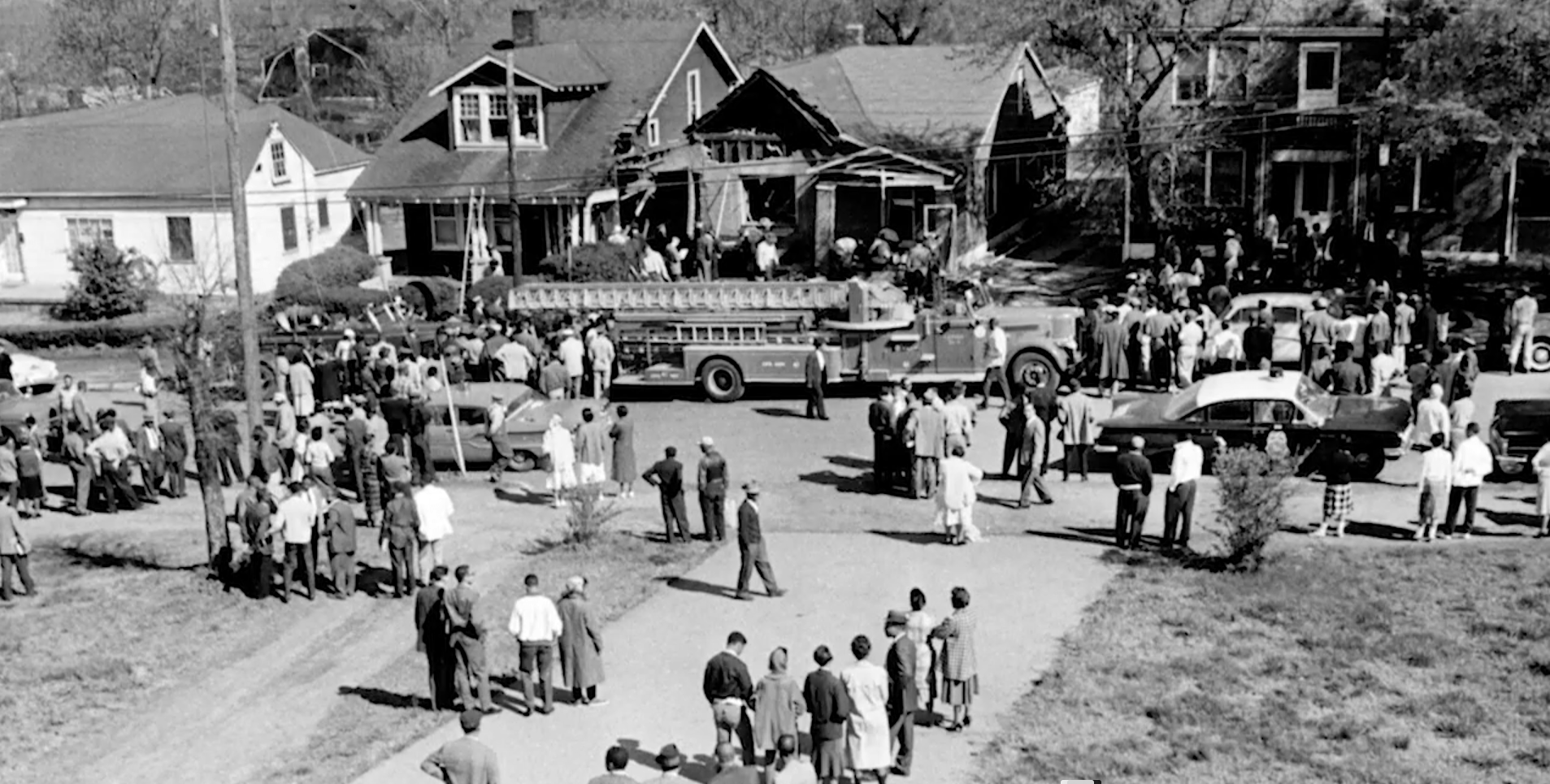
Slide title
Write your caption hereButton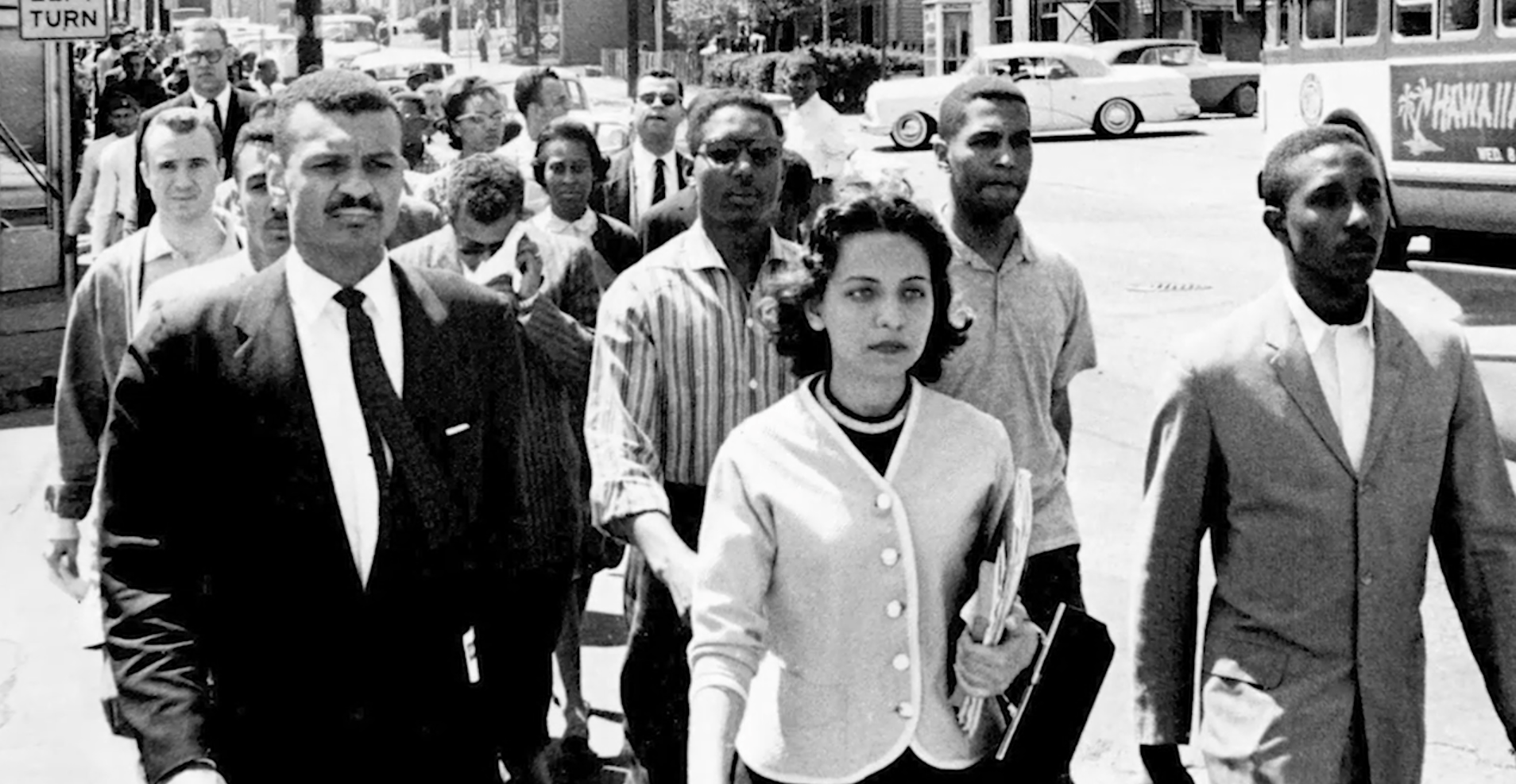
Slide title
Write your caption hereButton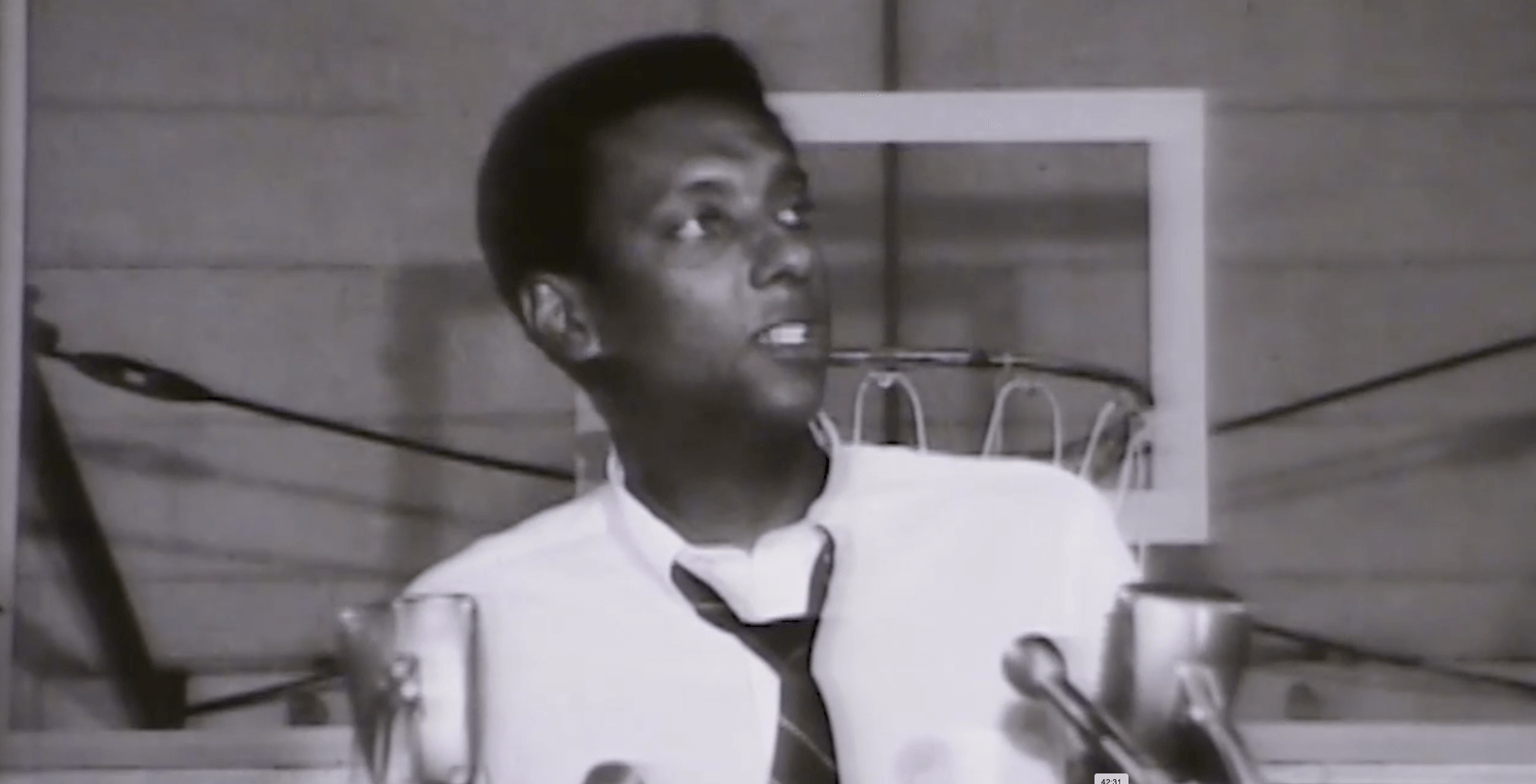
Slide title
Write your caption hereButton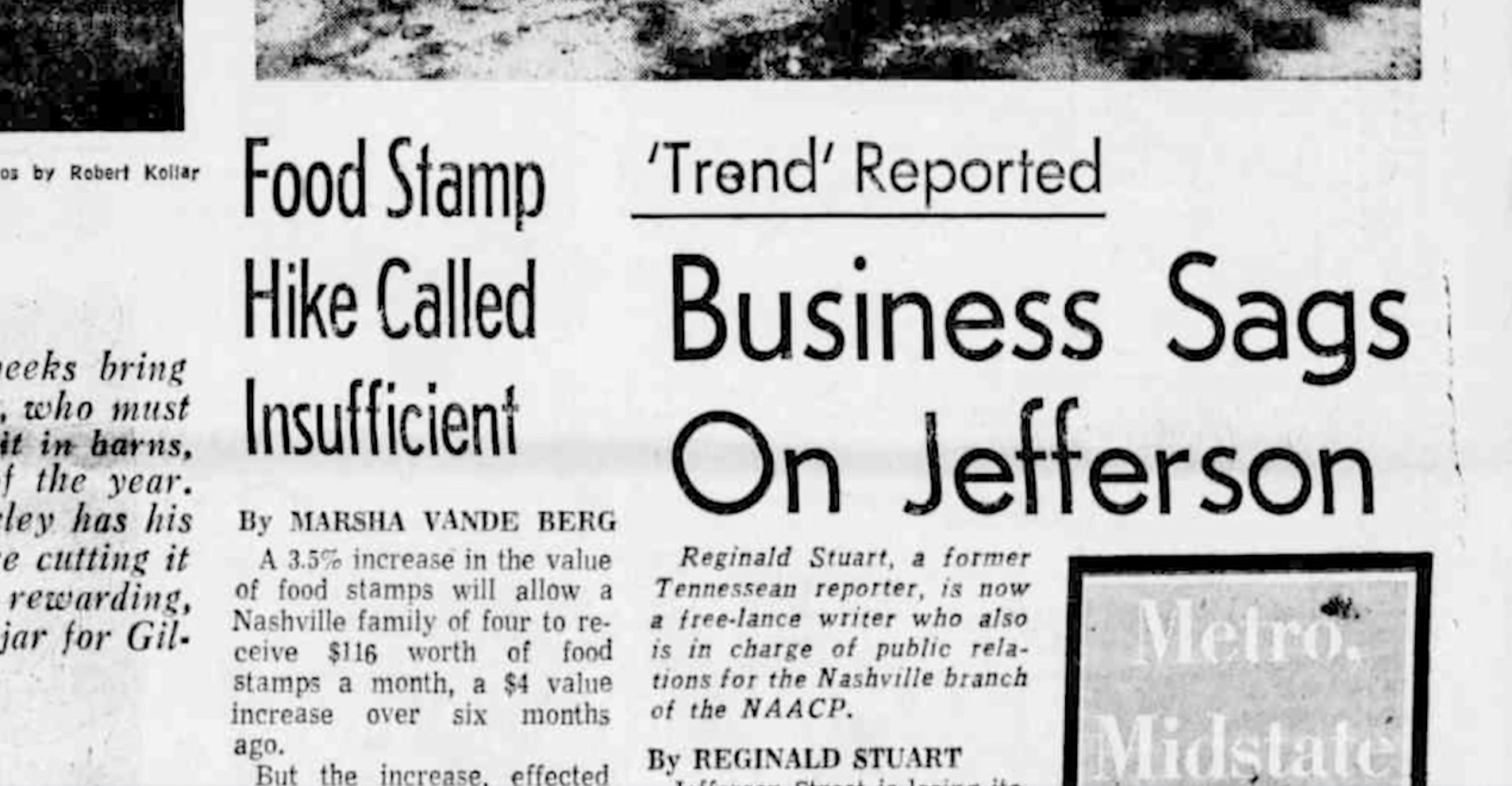
Slide title
Write your caption hereButton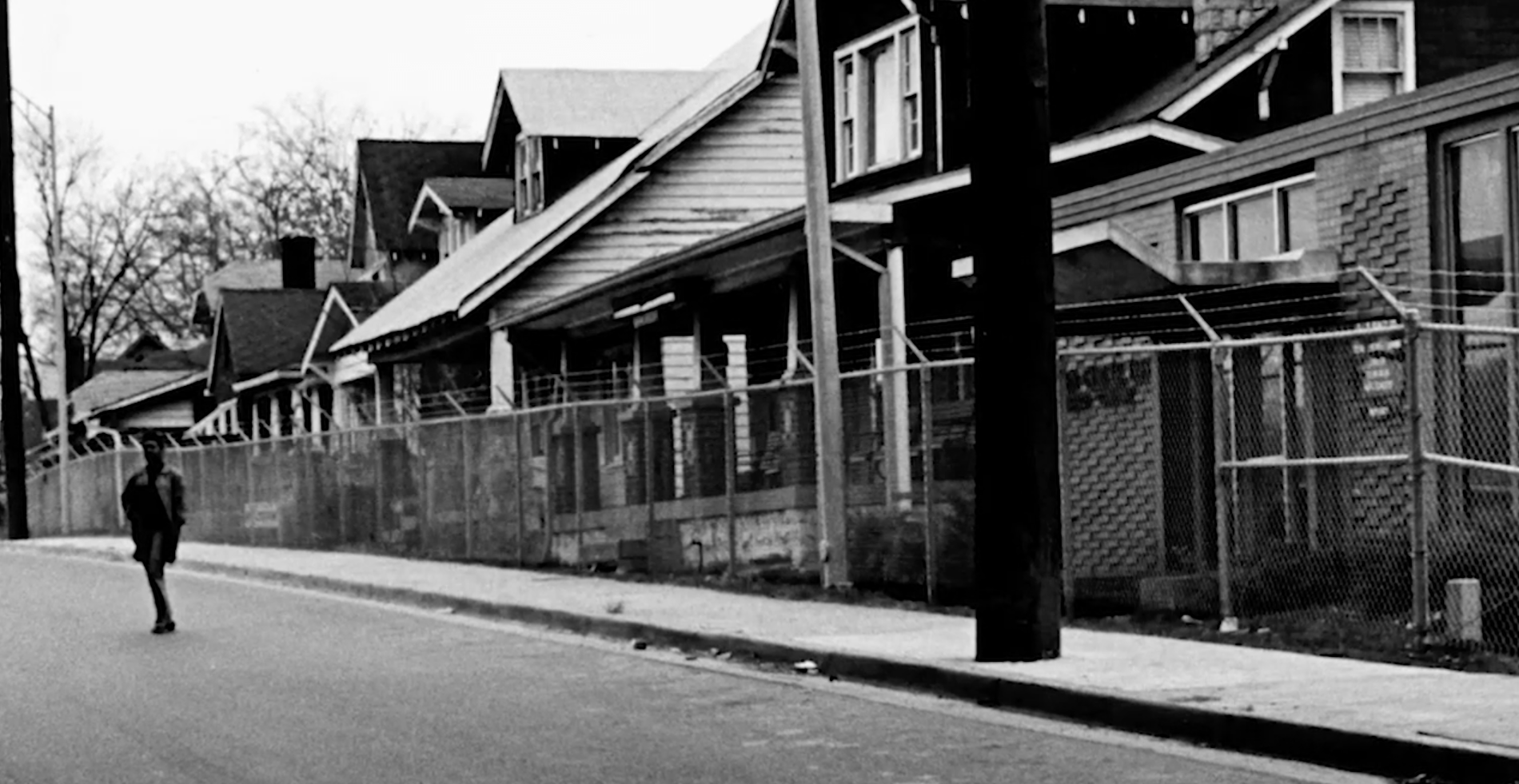
Slide title
Write your caption hereButton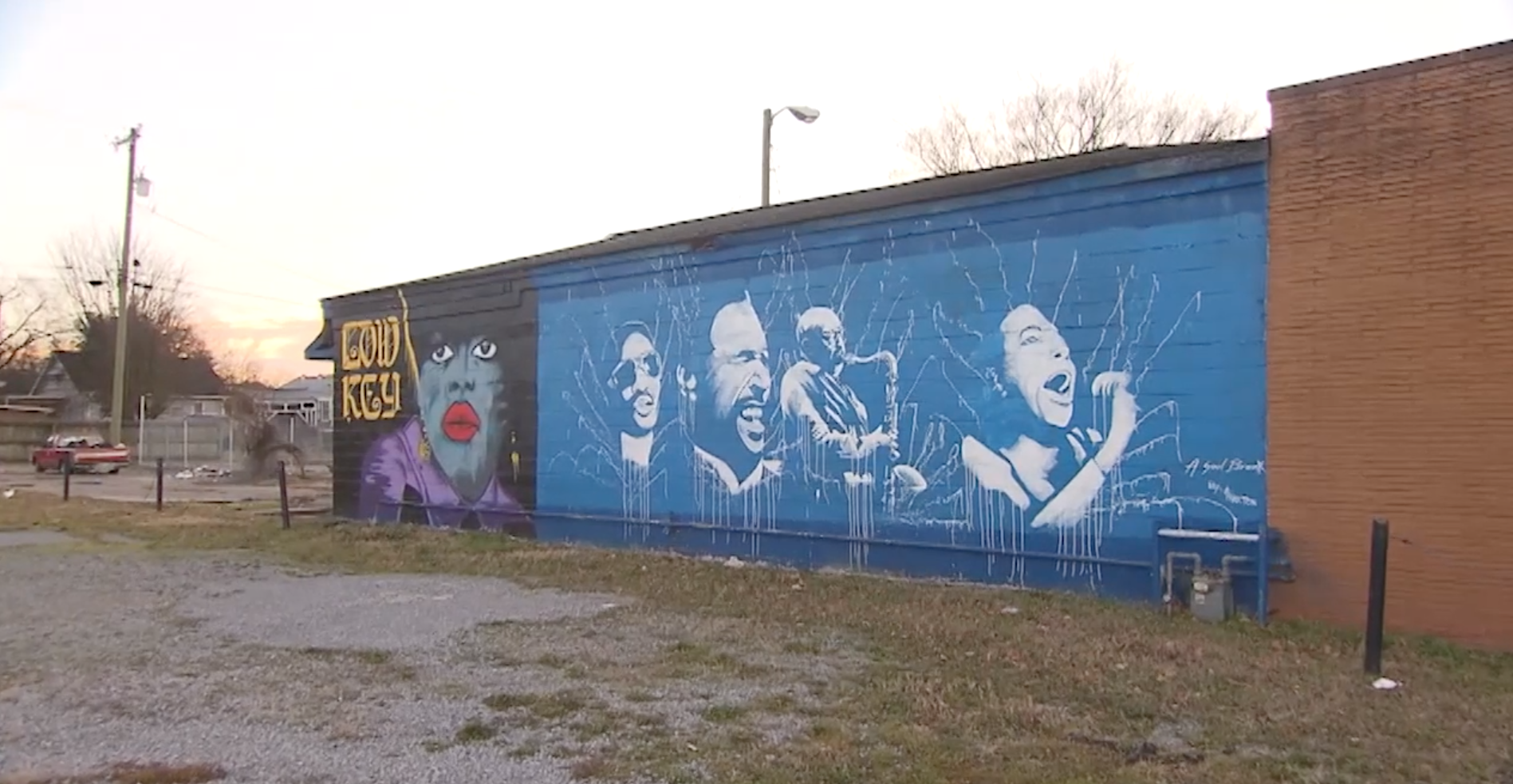
Slide title
Write your caption hereButton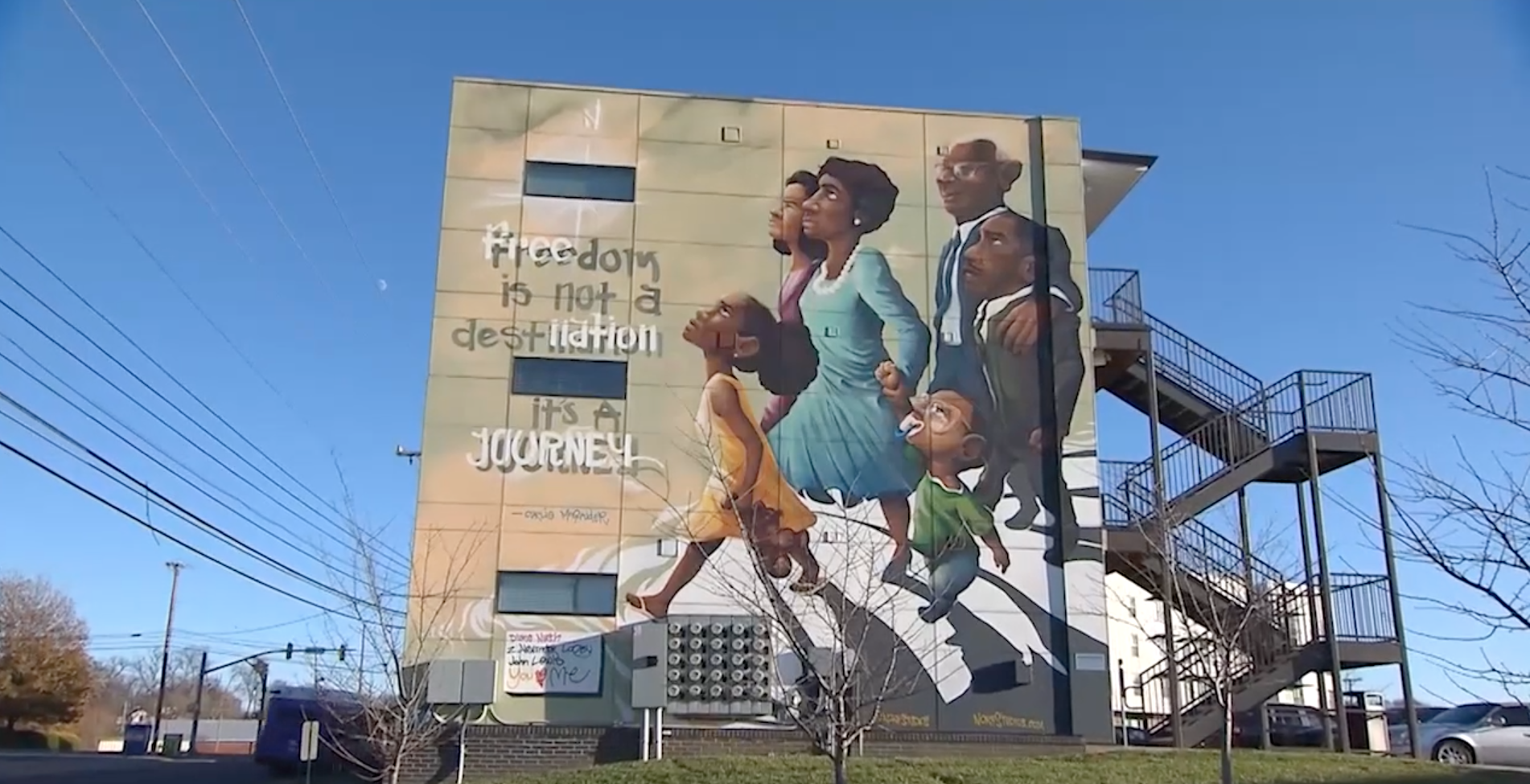
Slide title
Write your caption hereButton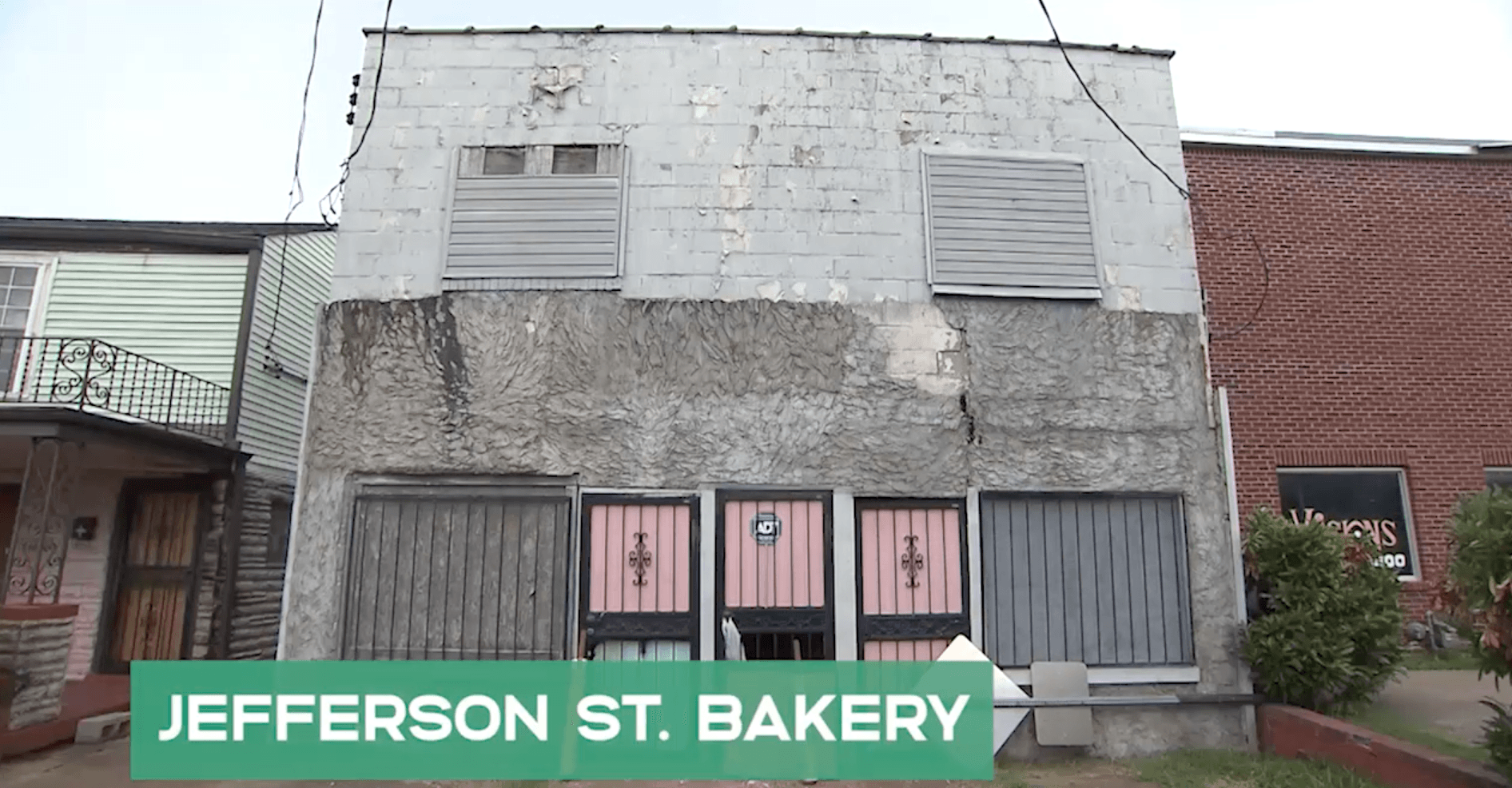
Slide title
Write your caption hereButton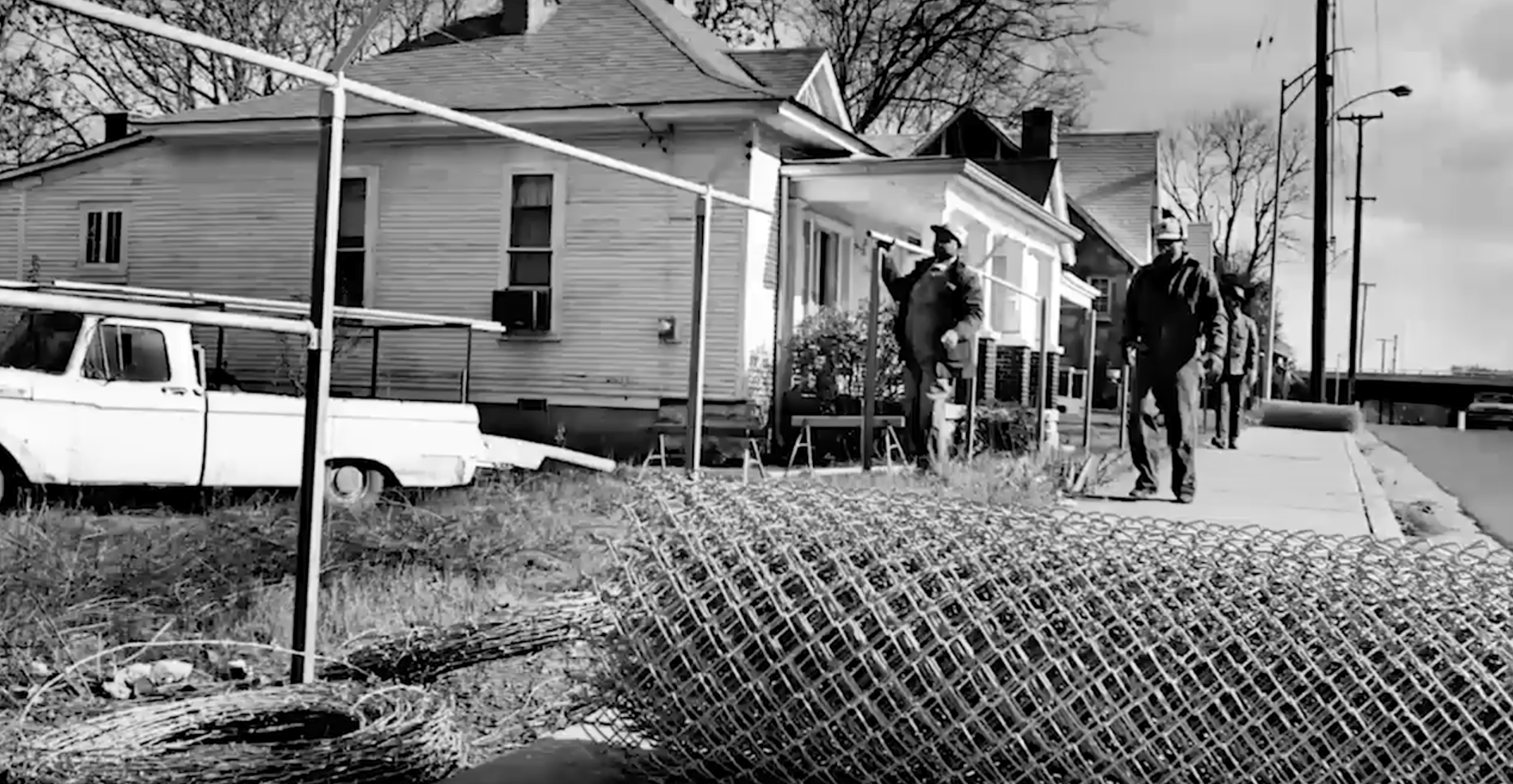
Slide title
Write your caption hereButton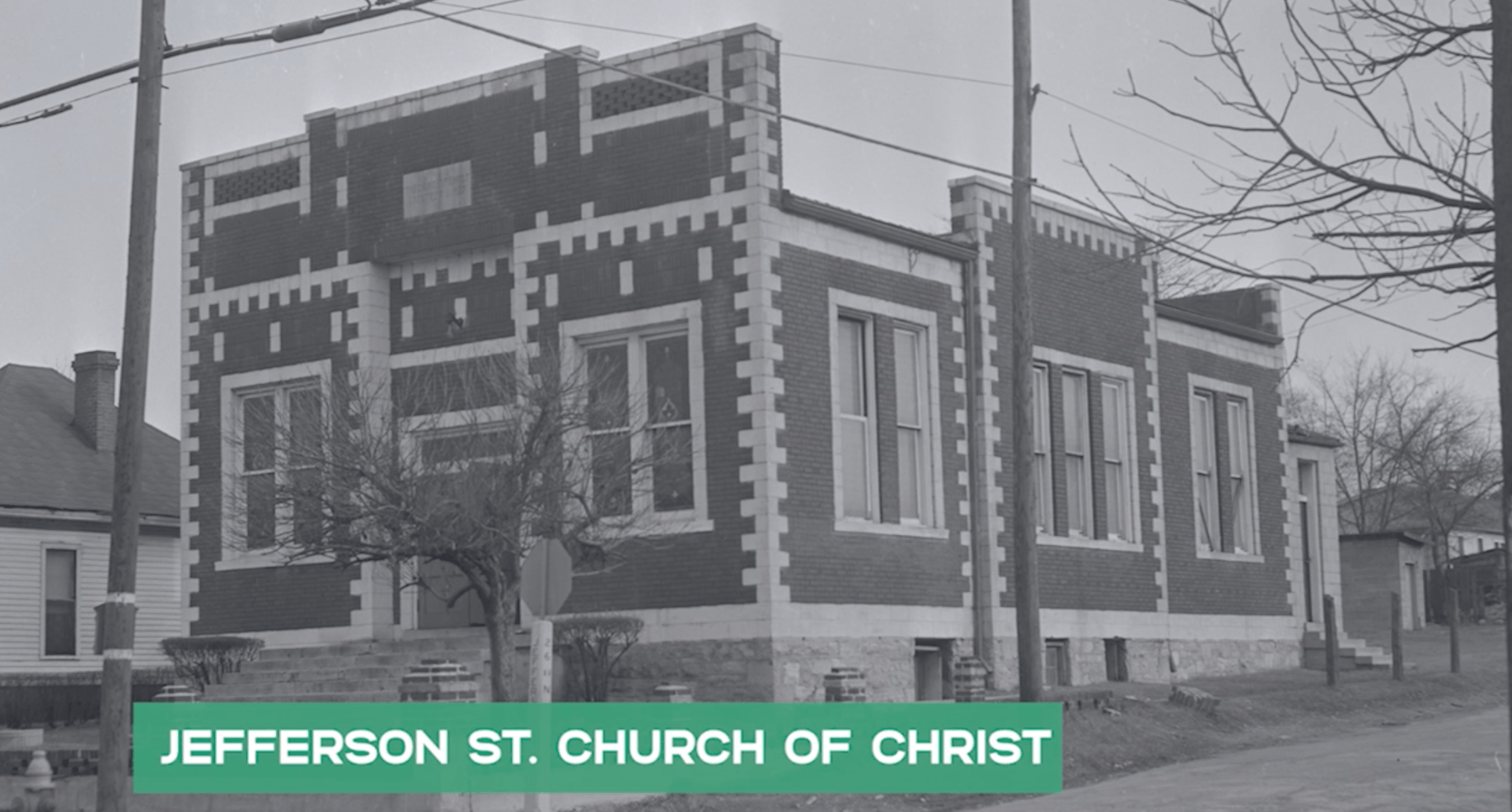
Slide title
Write your caption hereButton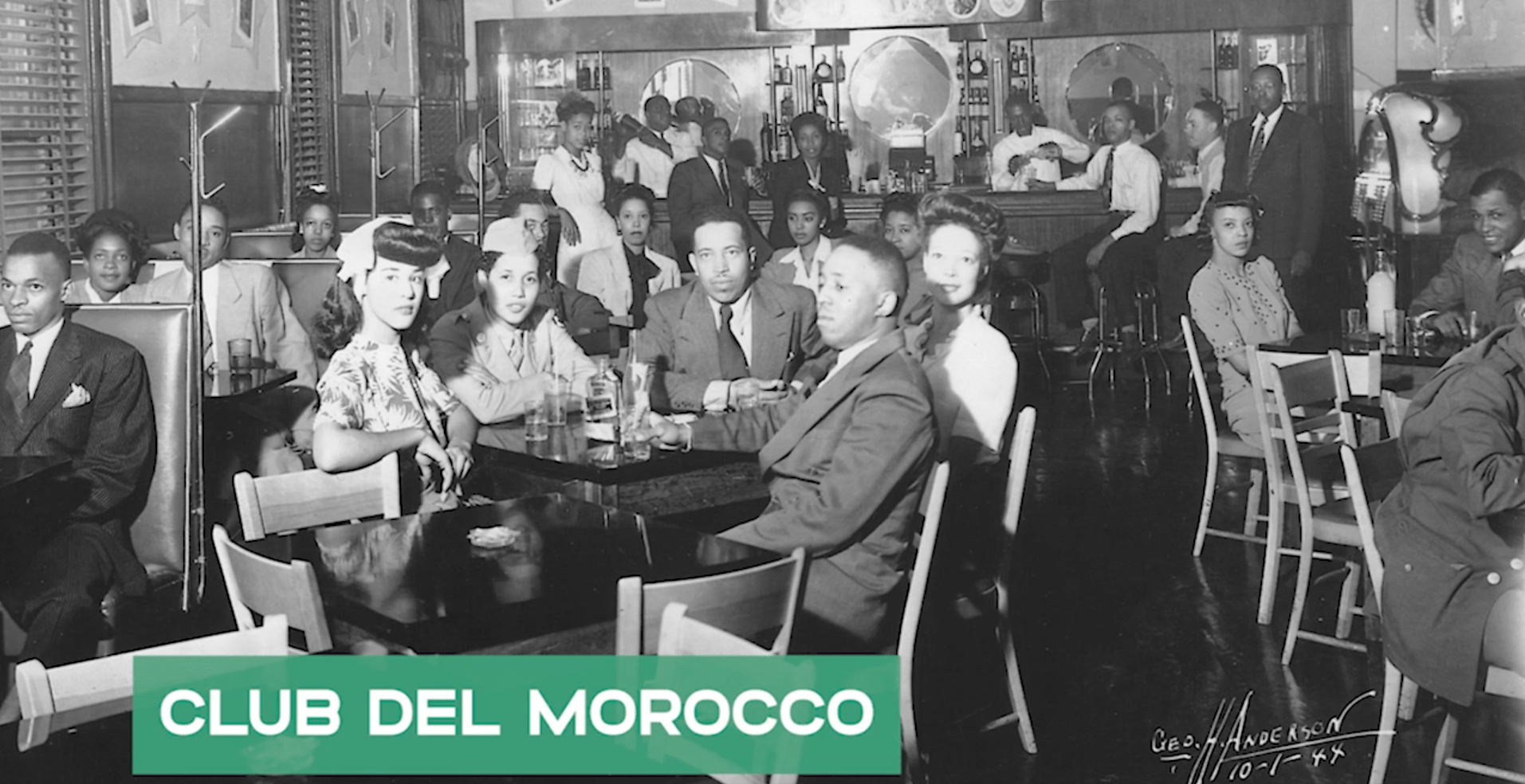
Slide title
Write your caption hereButton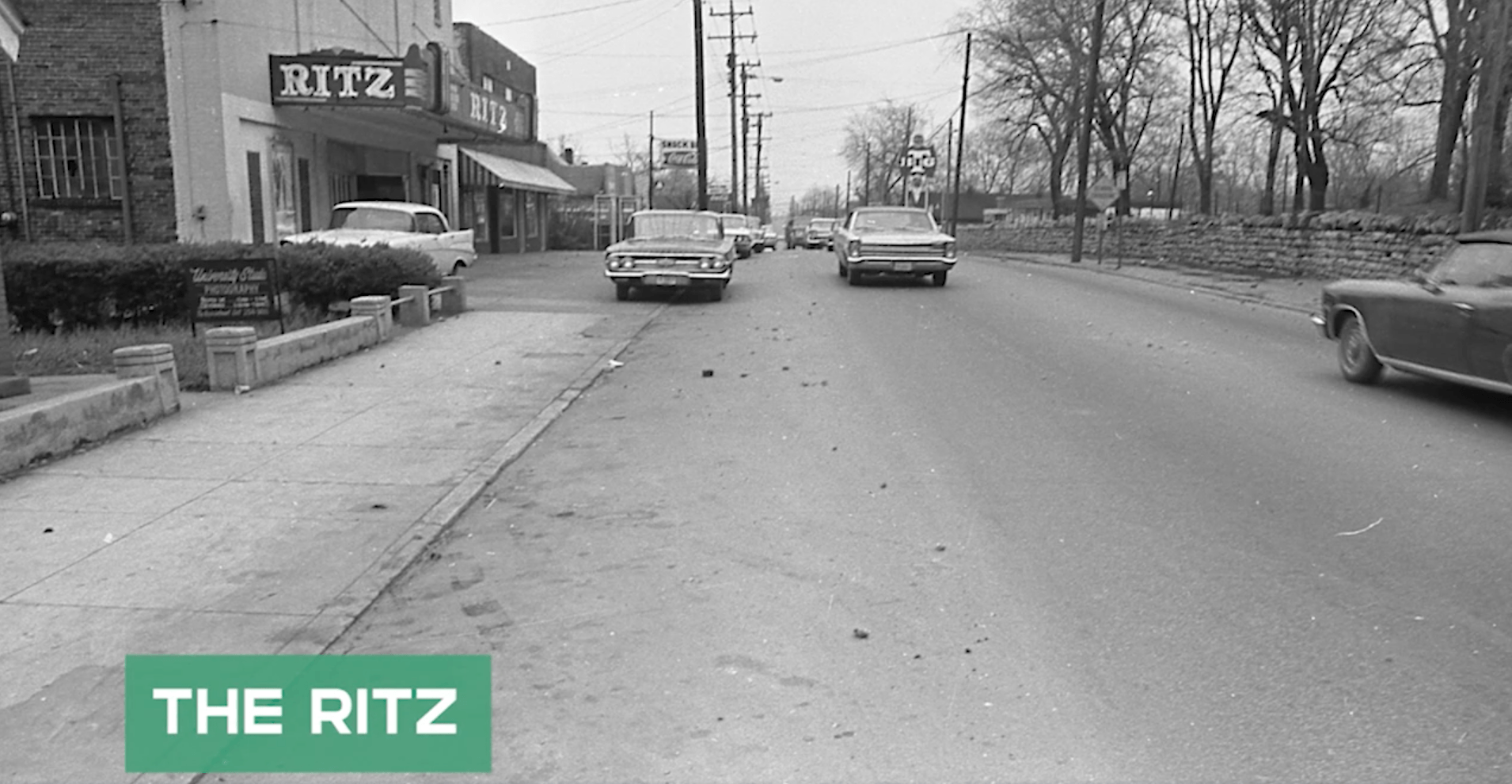
Slide title
Write your caption hereButton
Facing North: Jefferson Street, Nashville, an NPT original documentary, explores the untold stories of a Nashville community struggling to preserve its vibrant African American culture. Jefferson Street, once the northern boundary of Nashville, was a beacon for African Americans from the early 1800s through the 1950s. It offered sanctuary for runaway slaves after the Civil War; the promise of education with the establishment of three iconic HBCUs; spiritual support at some of the oldest black churches in Tennessee; a flourishing entertainment scene drawing world-renowned stars; and a model for student sit-ins during the Civil Rights Movement.
This beloved community was forever changed by the construction of Interstate 40, causing economic and social decline of its neighborhoods, businesses and cultural fabric. Some determined residents with deep family roots in the community are trying to steer Jefferson Street to a future that revitalizes its blight while preserving its heritage.
As one historian states, “Jefferson Street provides a lab for some of the most important historical, social and cultural events in the U.S. South” and a compelling example that explanations for the present often lie in the past. This documentary will be told through the through the experiences of longtime residents in the Jefferson Street area who are boldly facing past challenges and future uncertainties of their north Nashville neighborhood.

